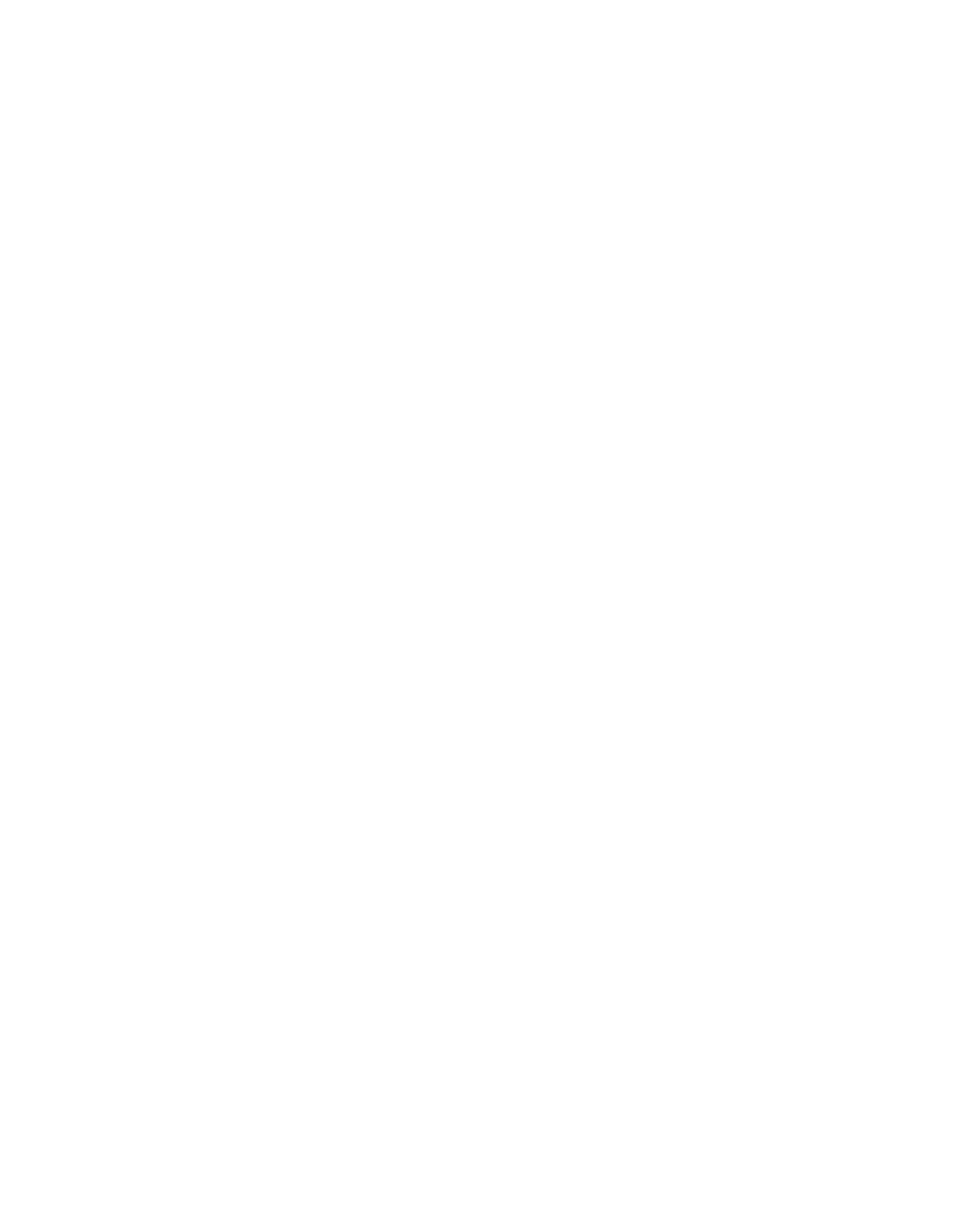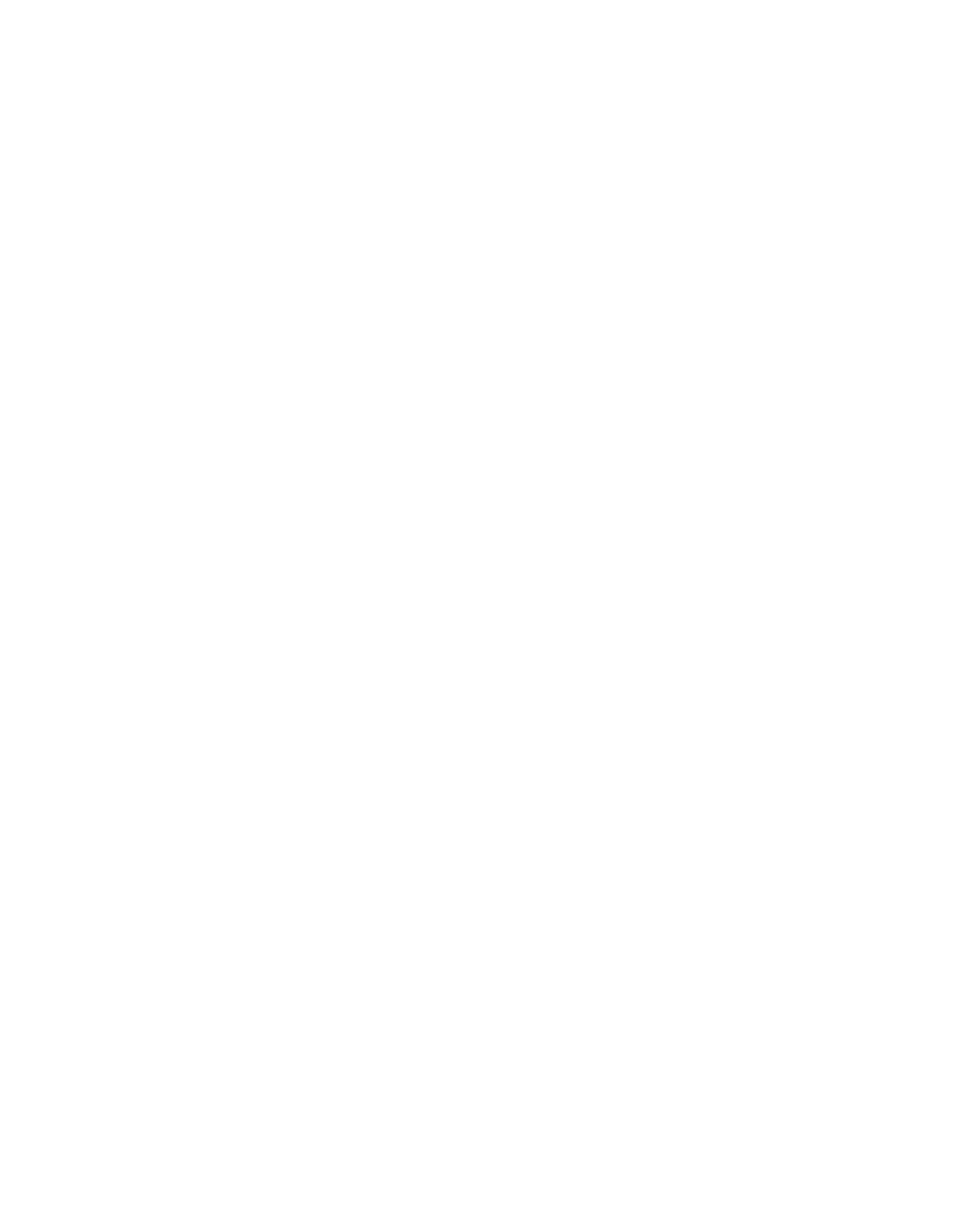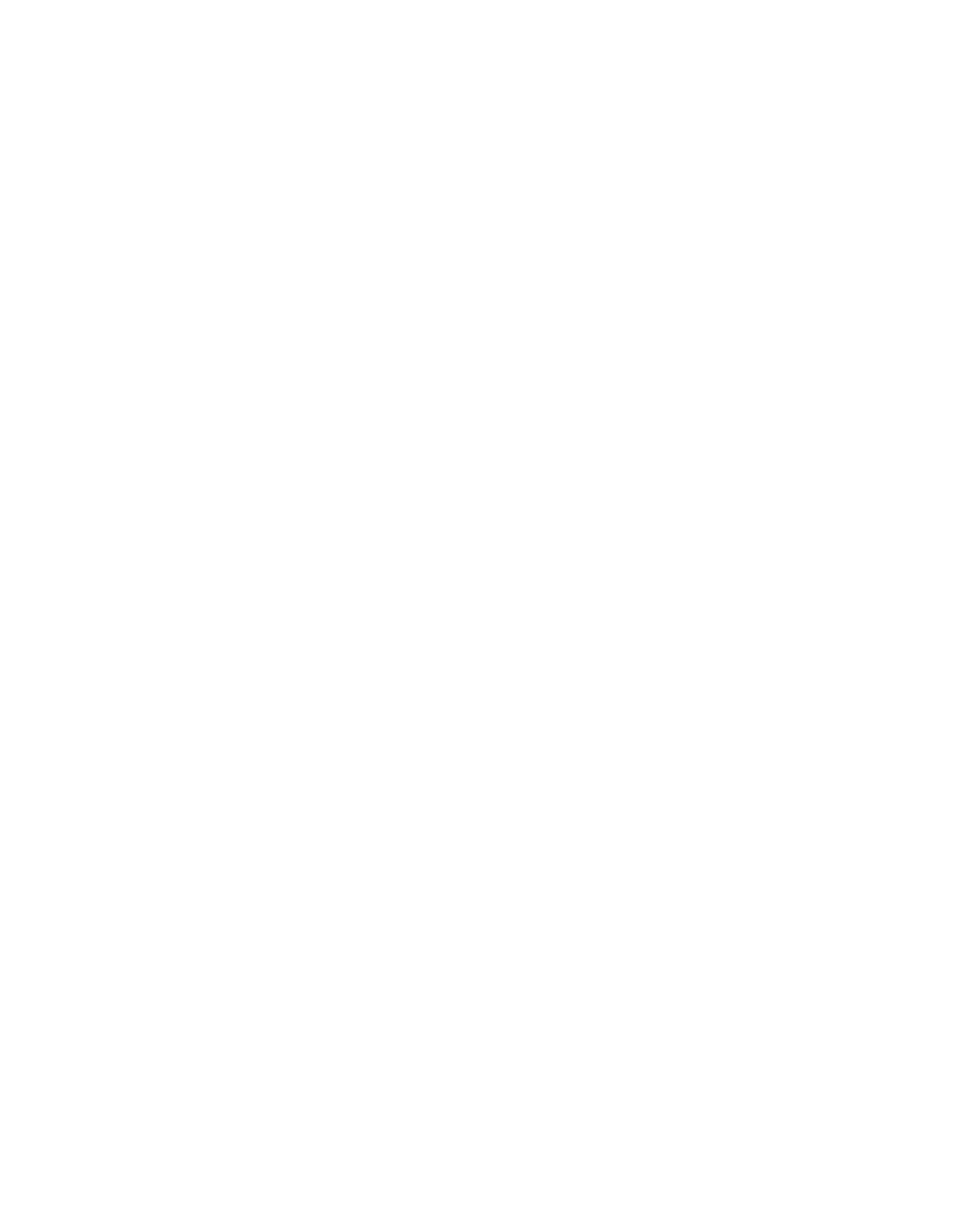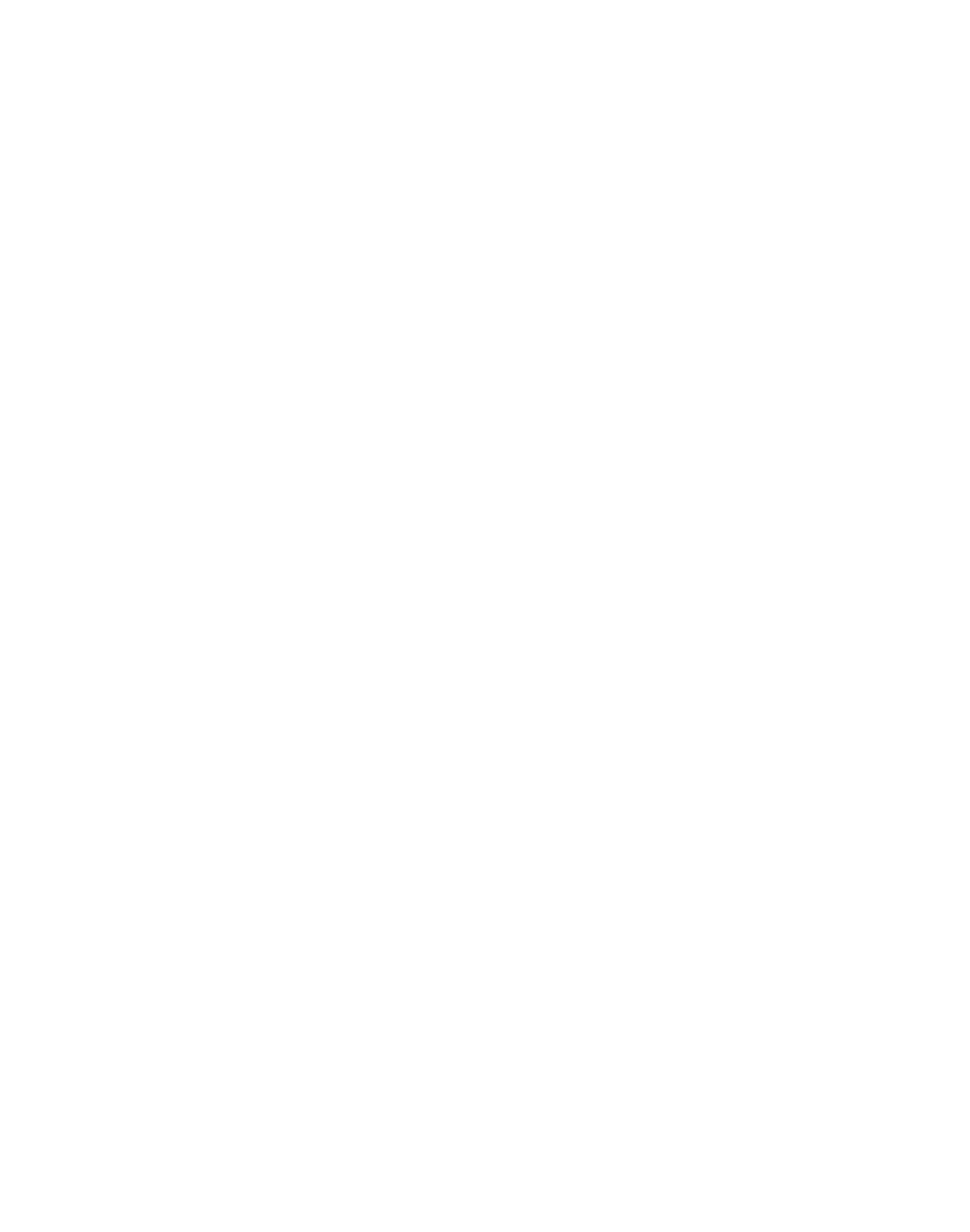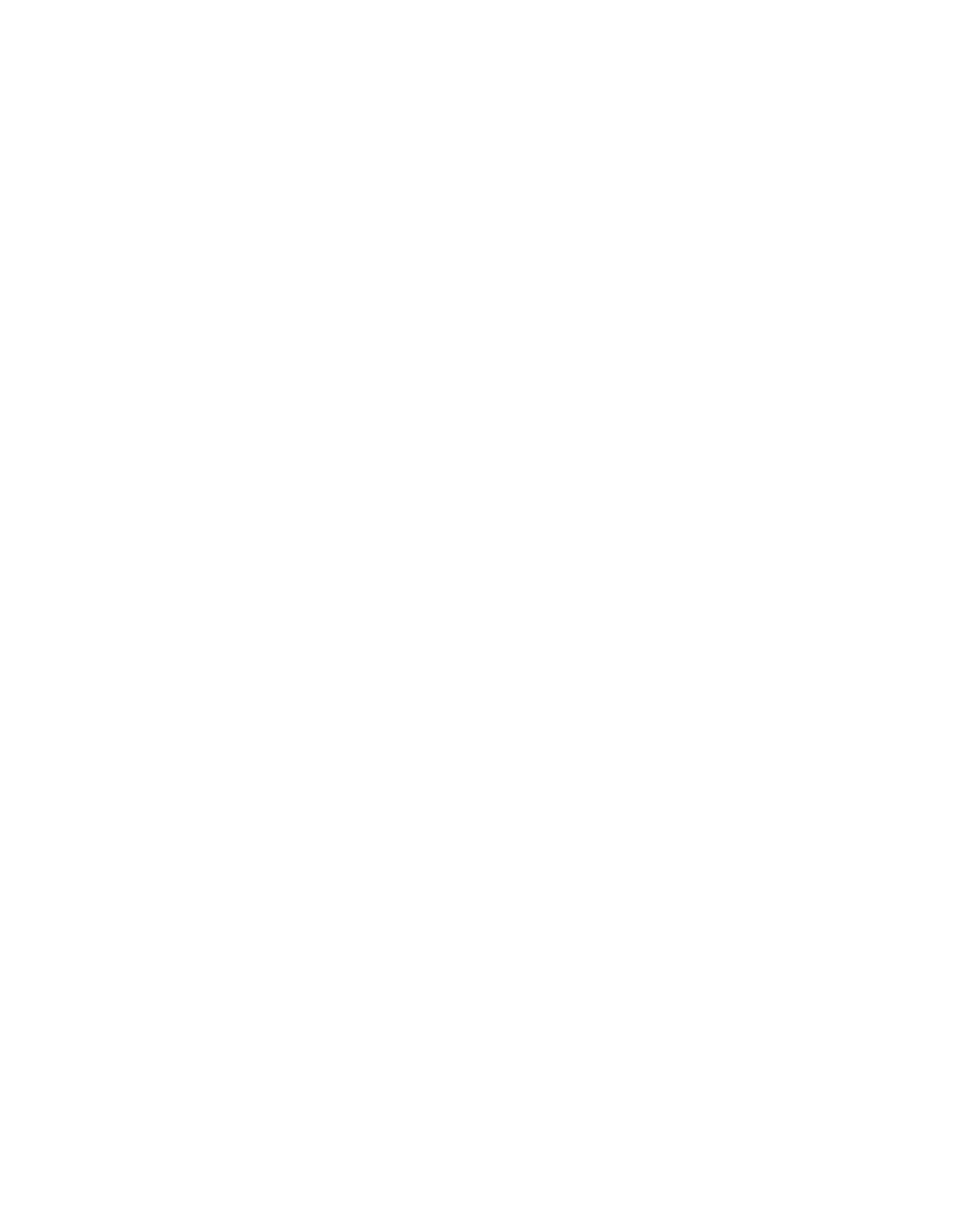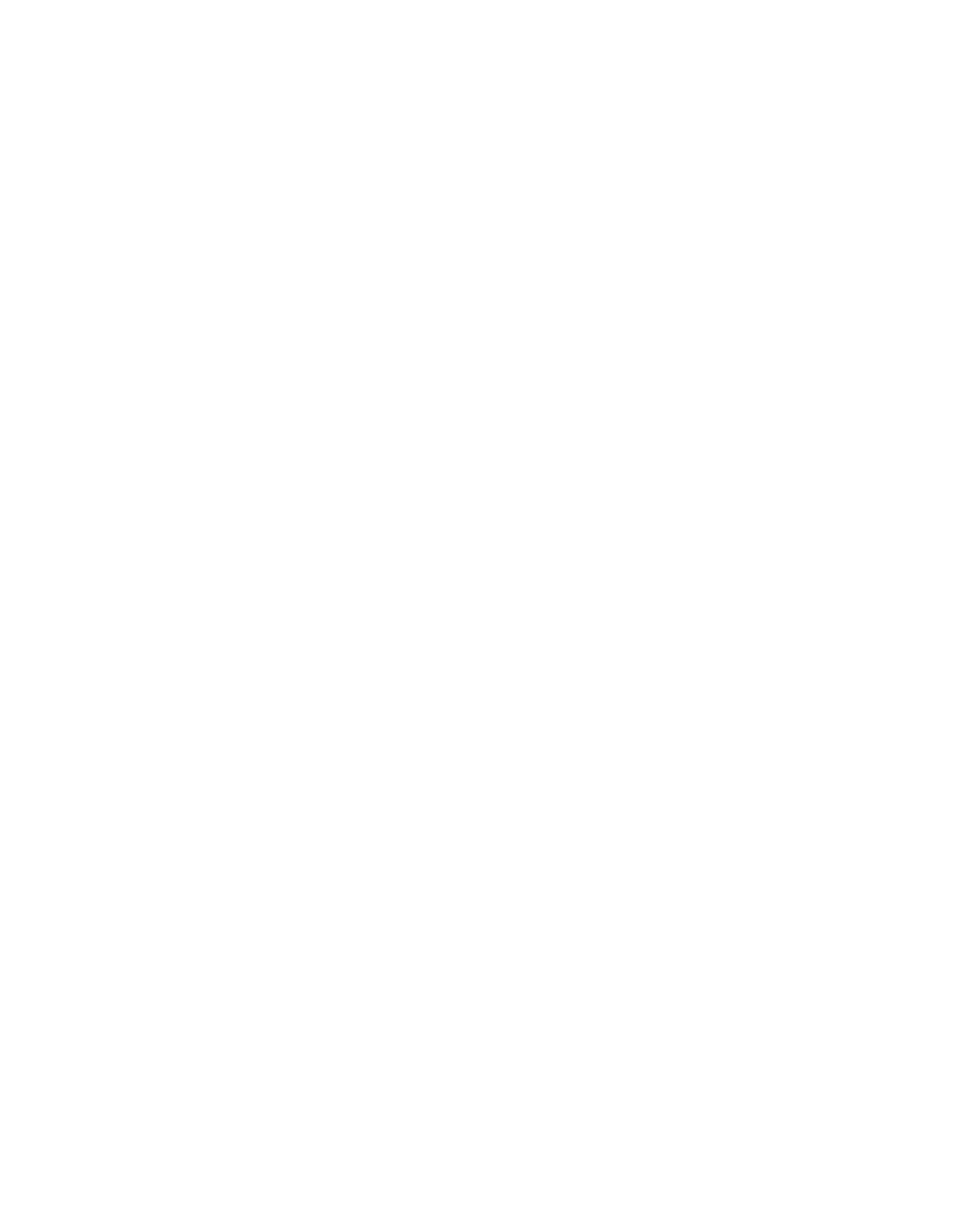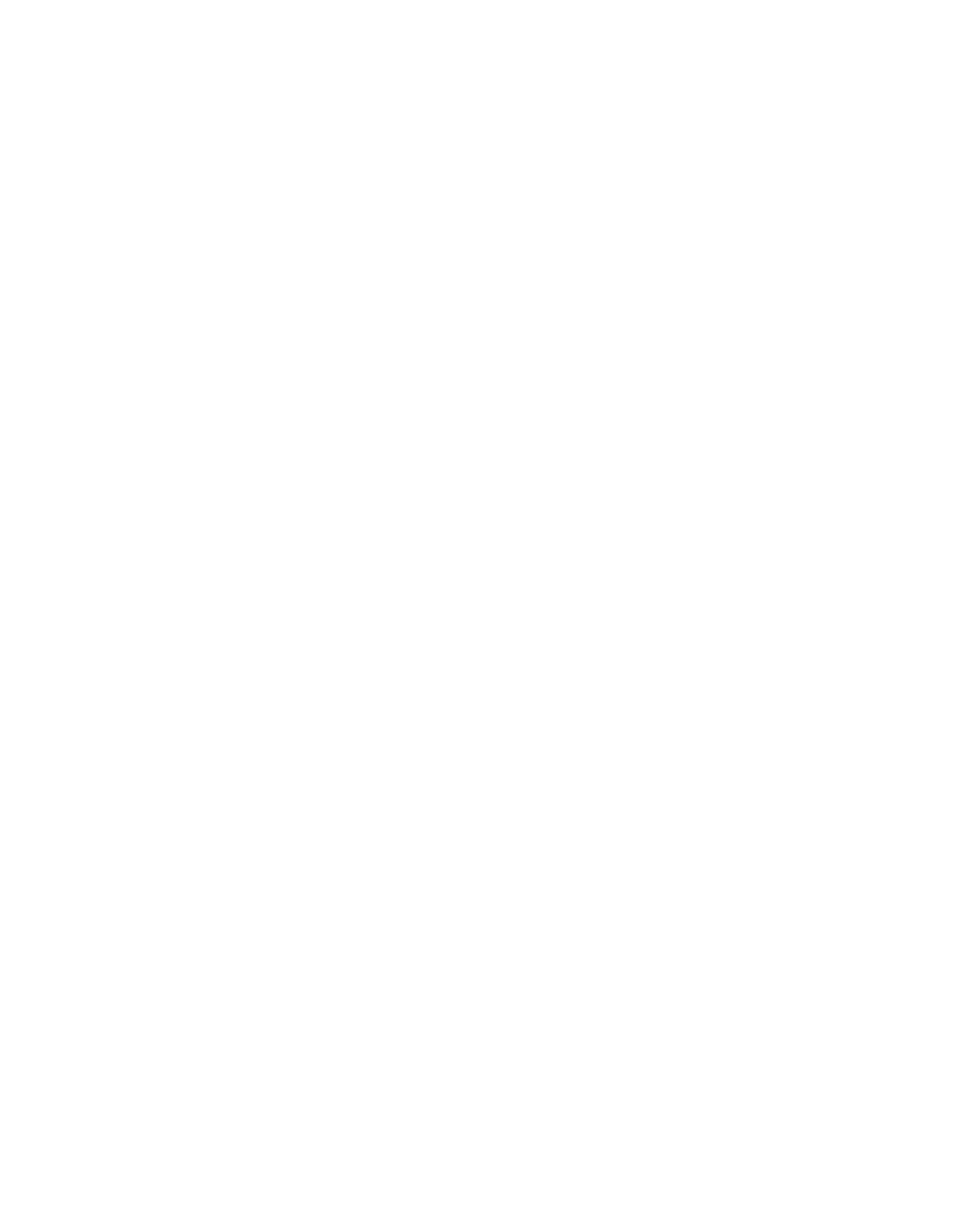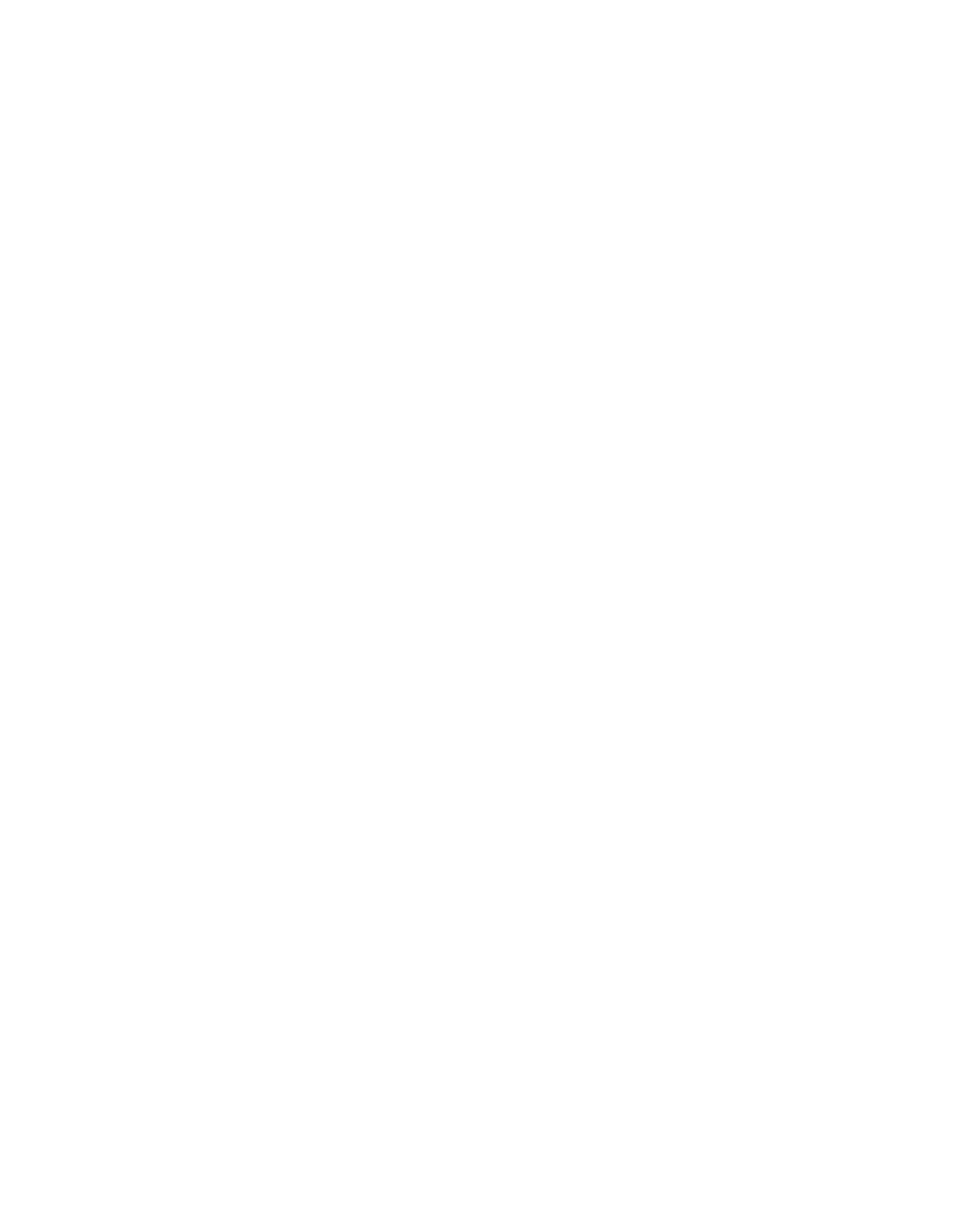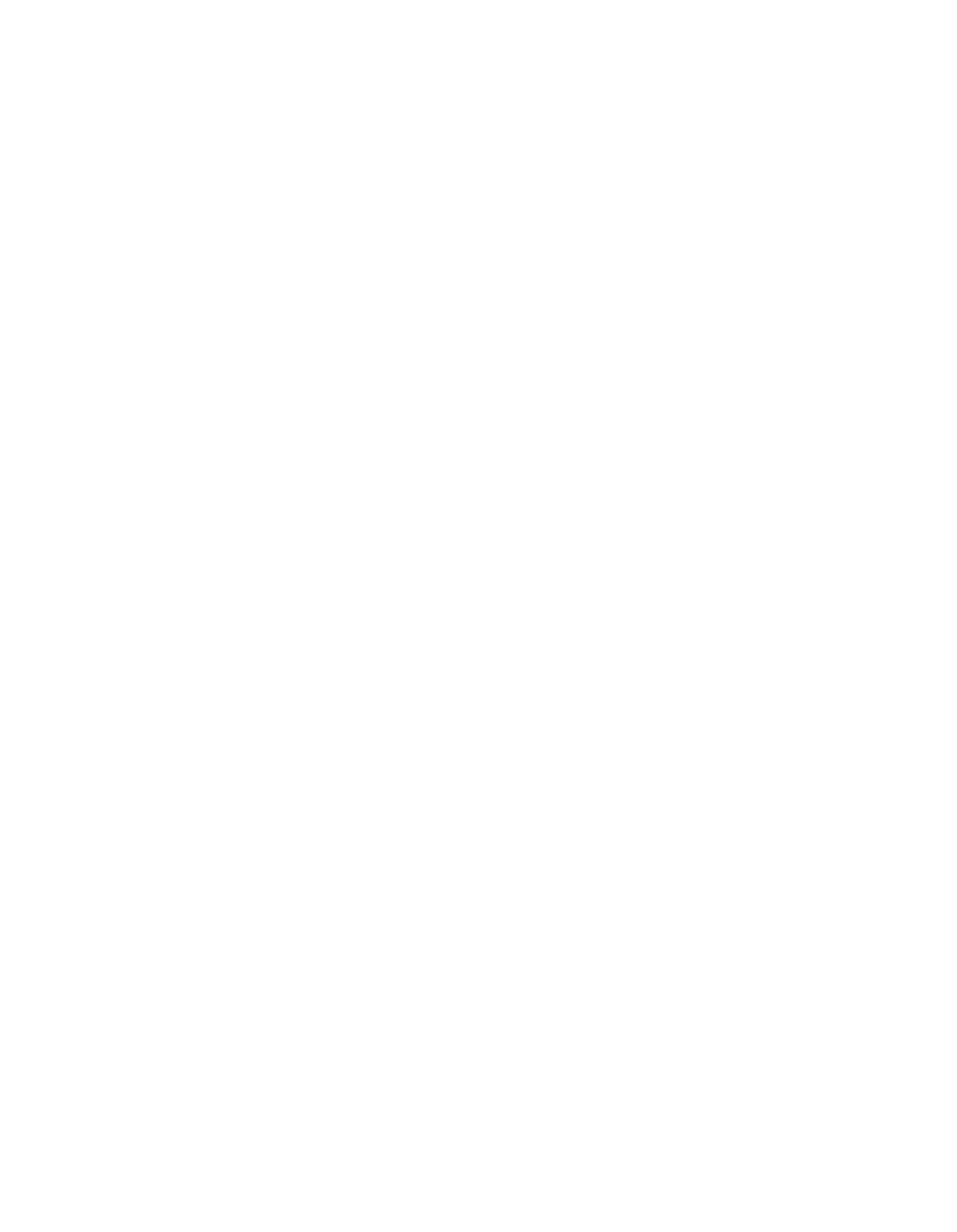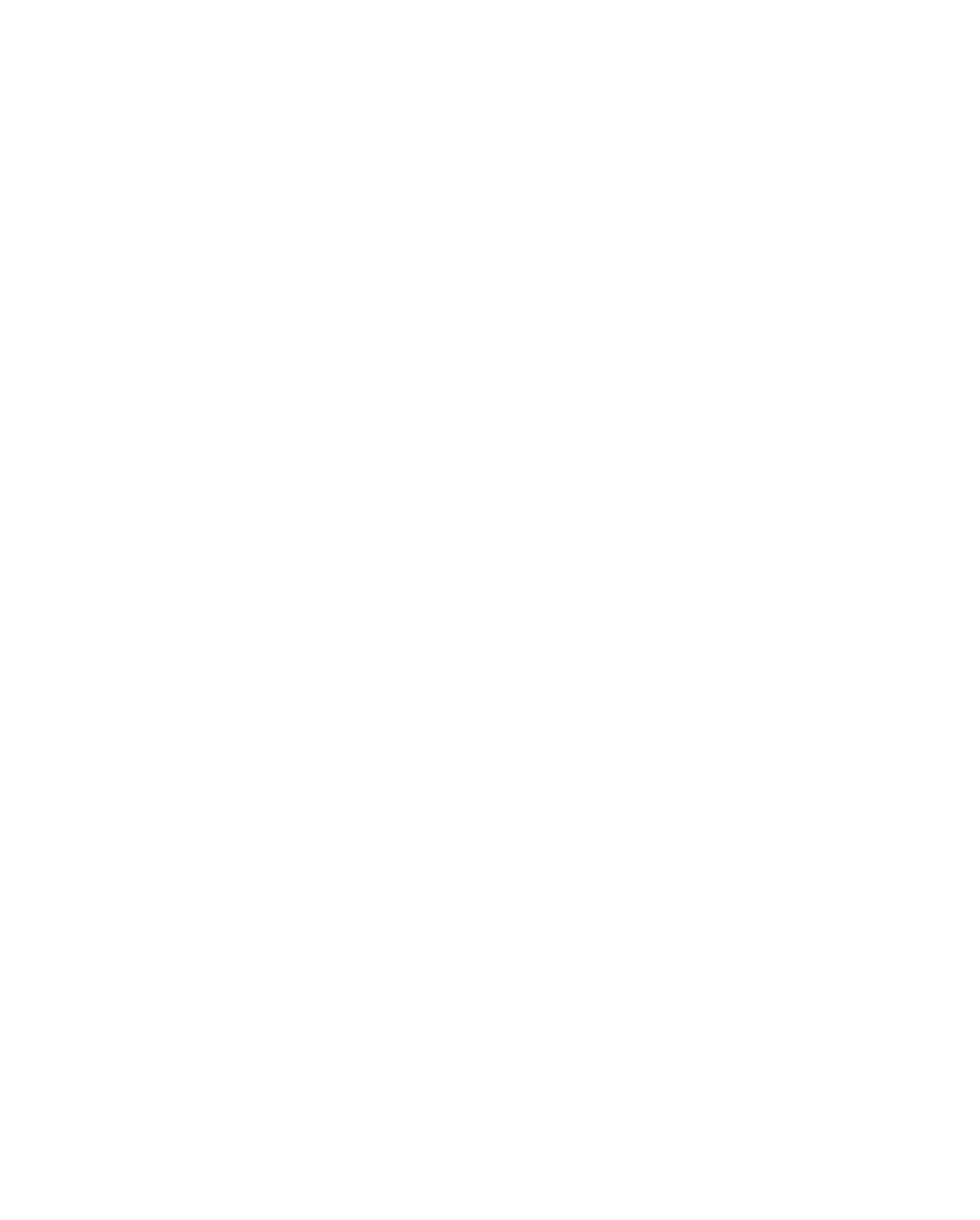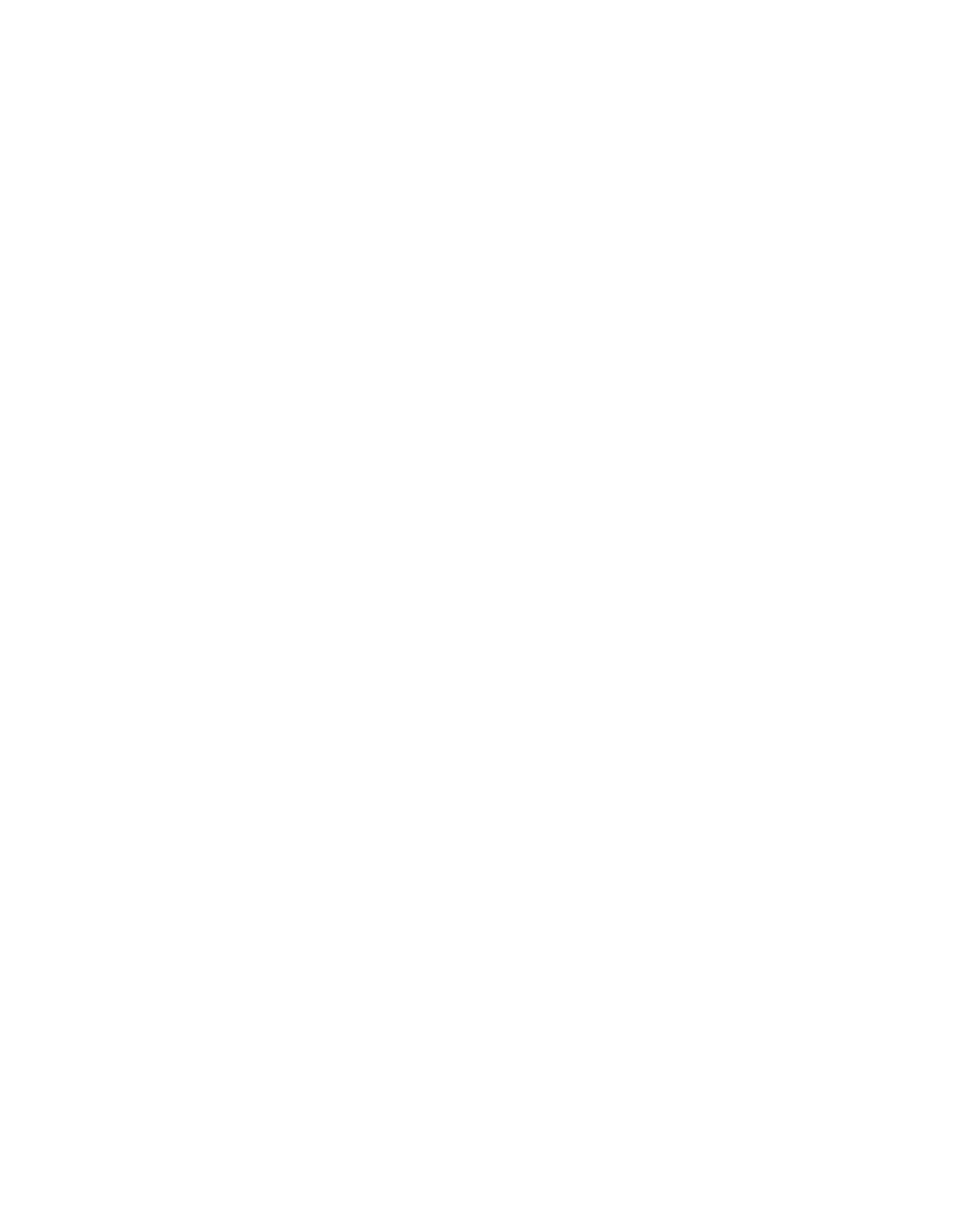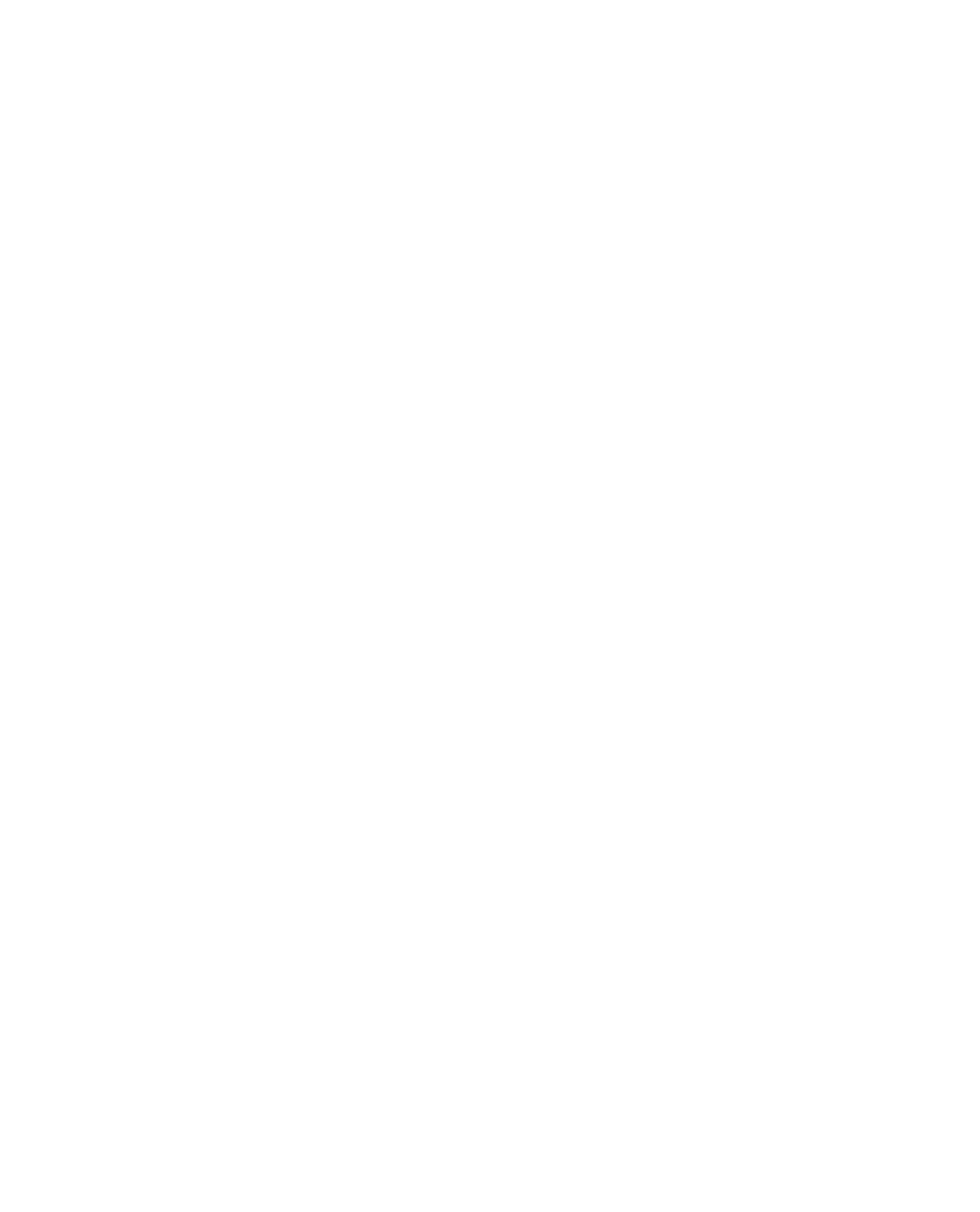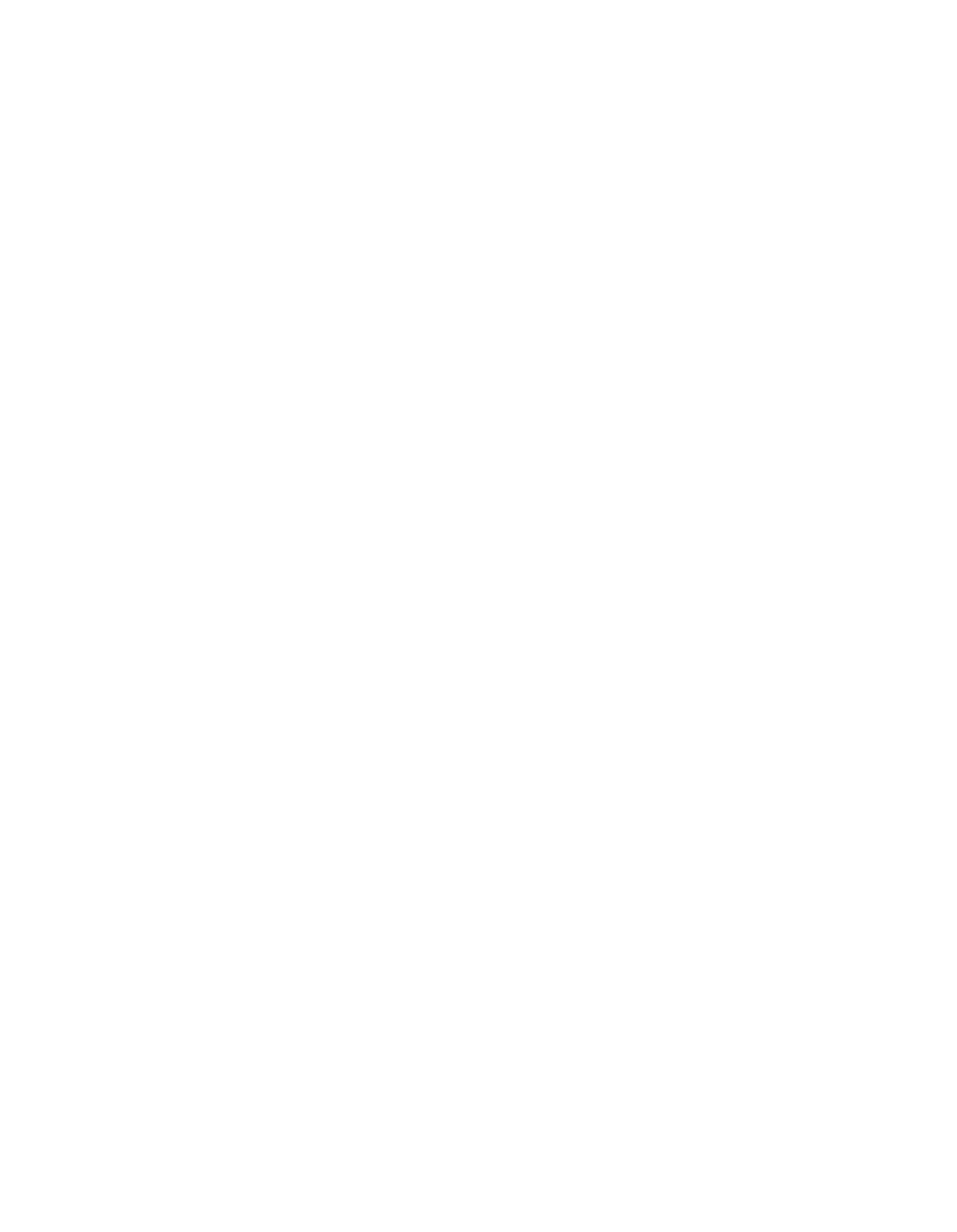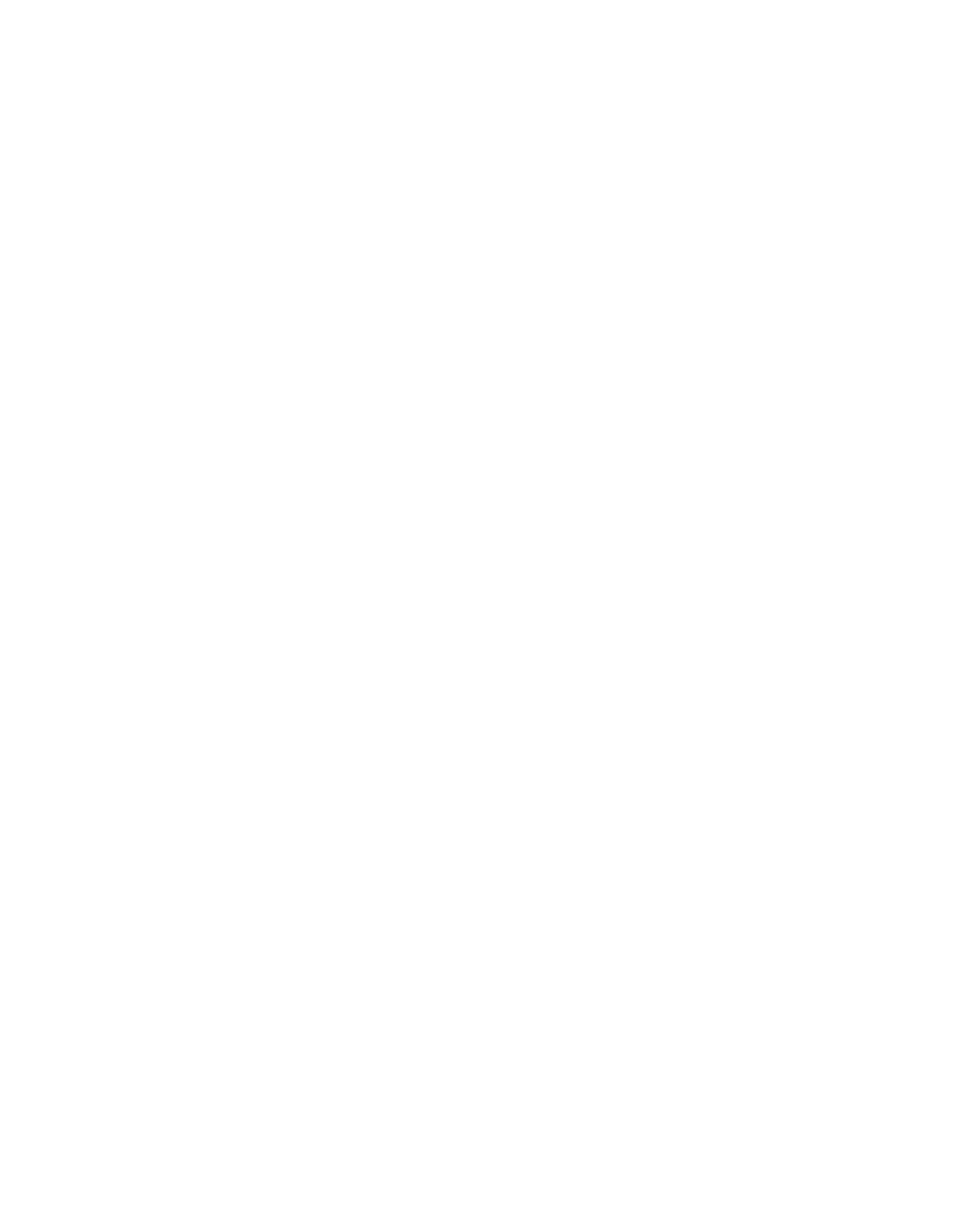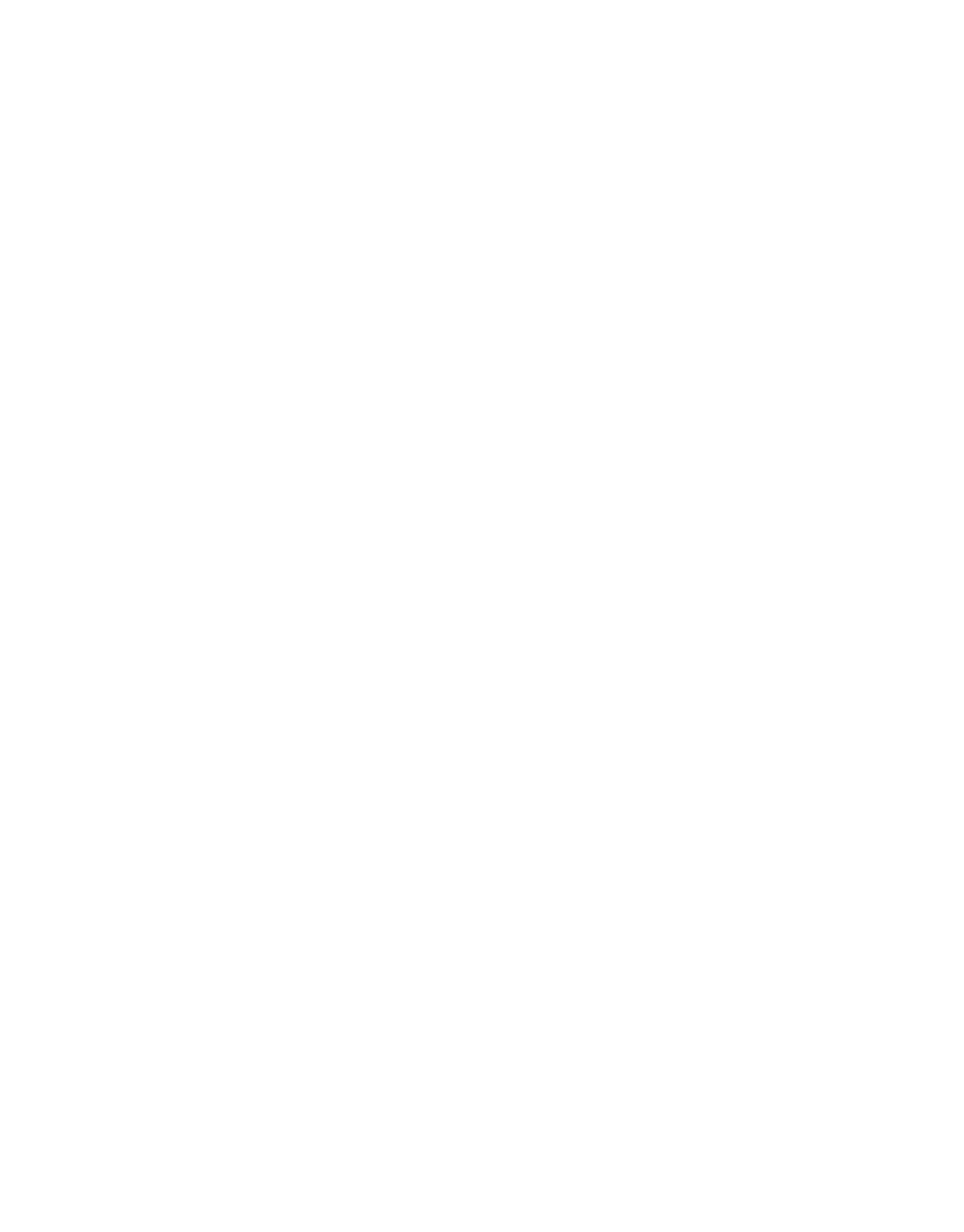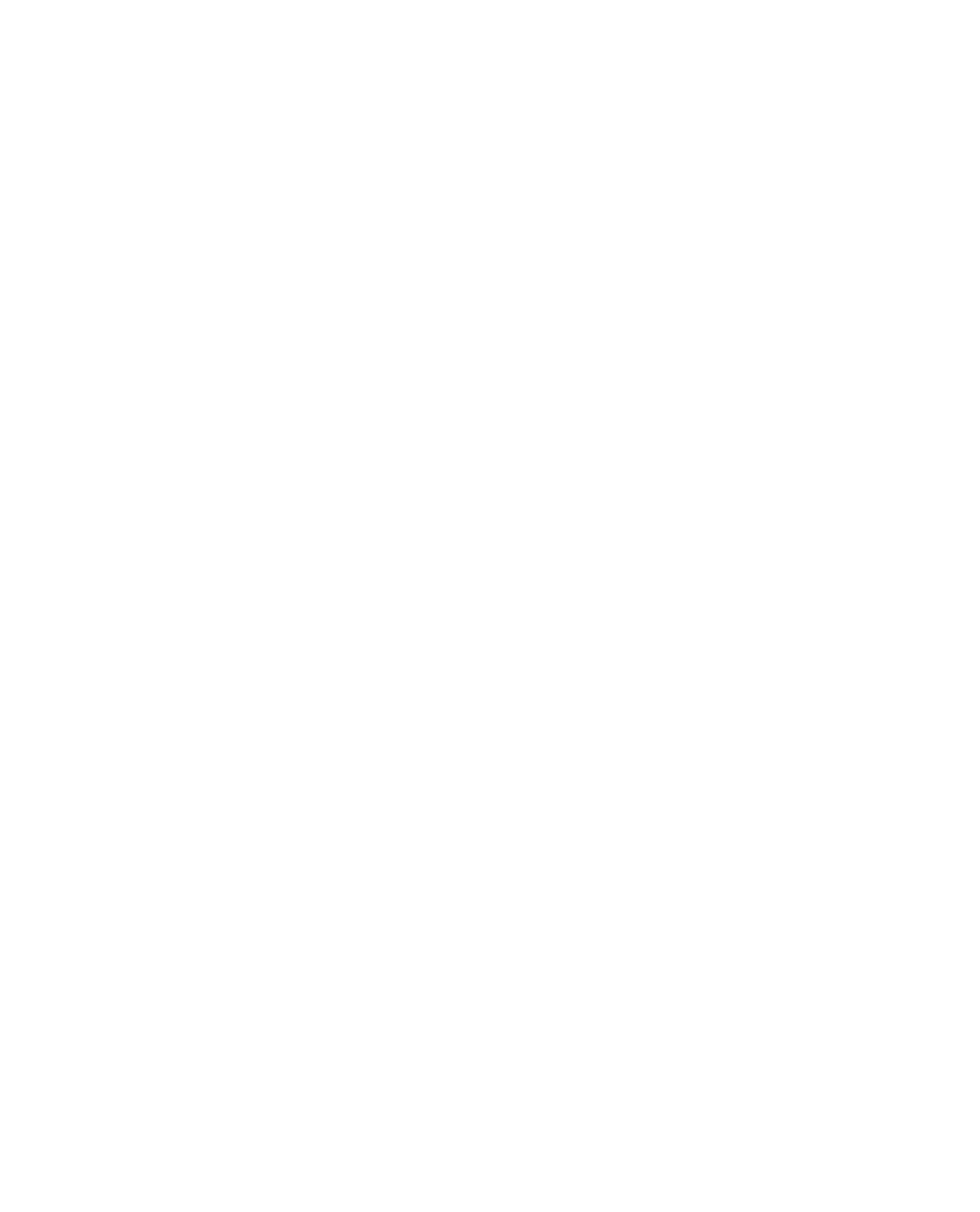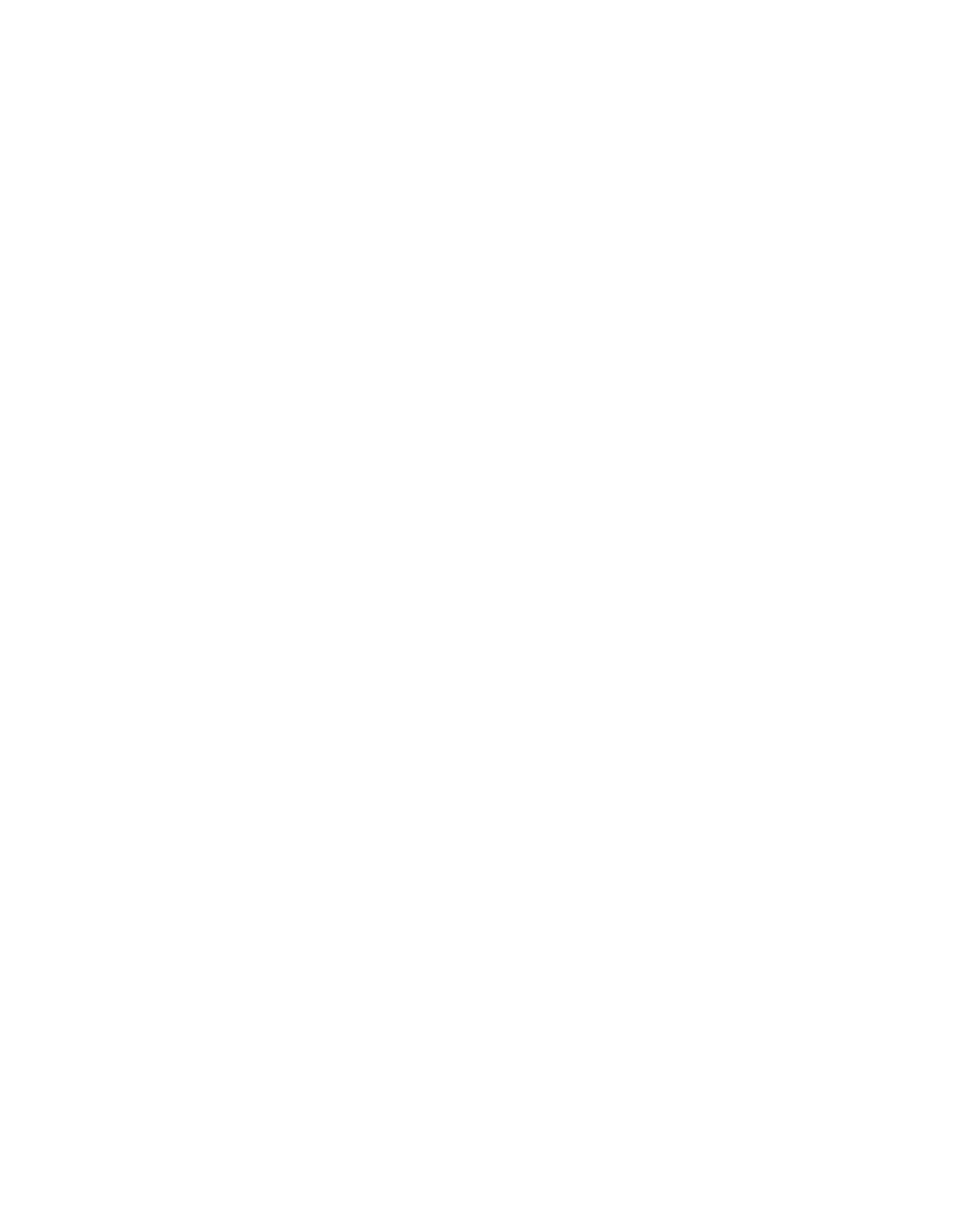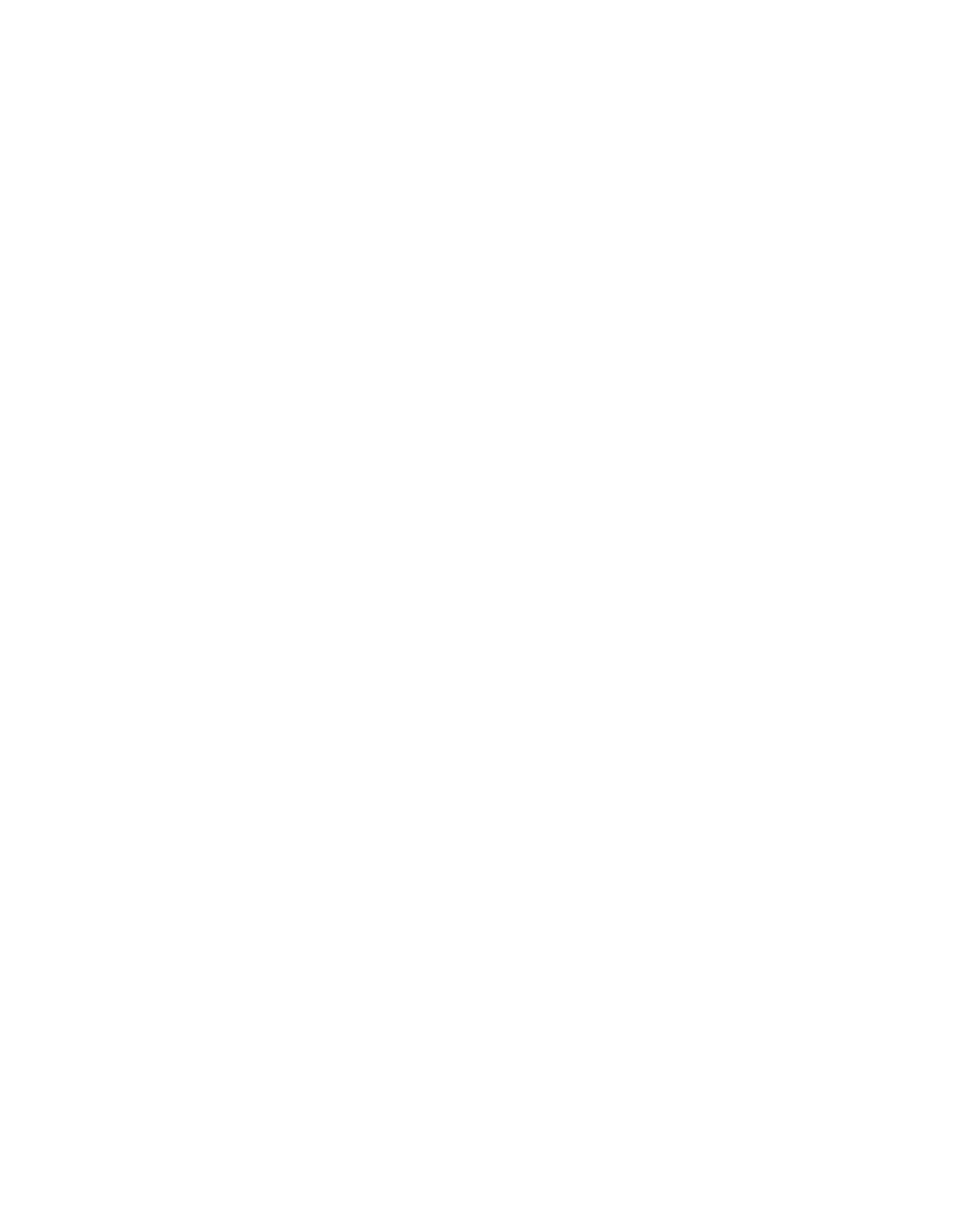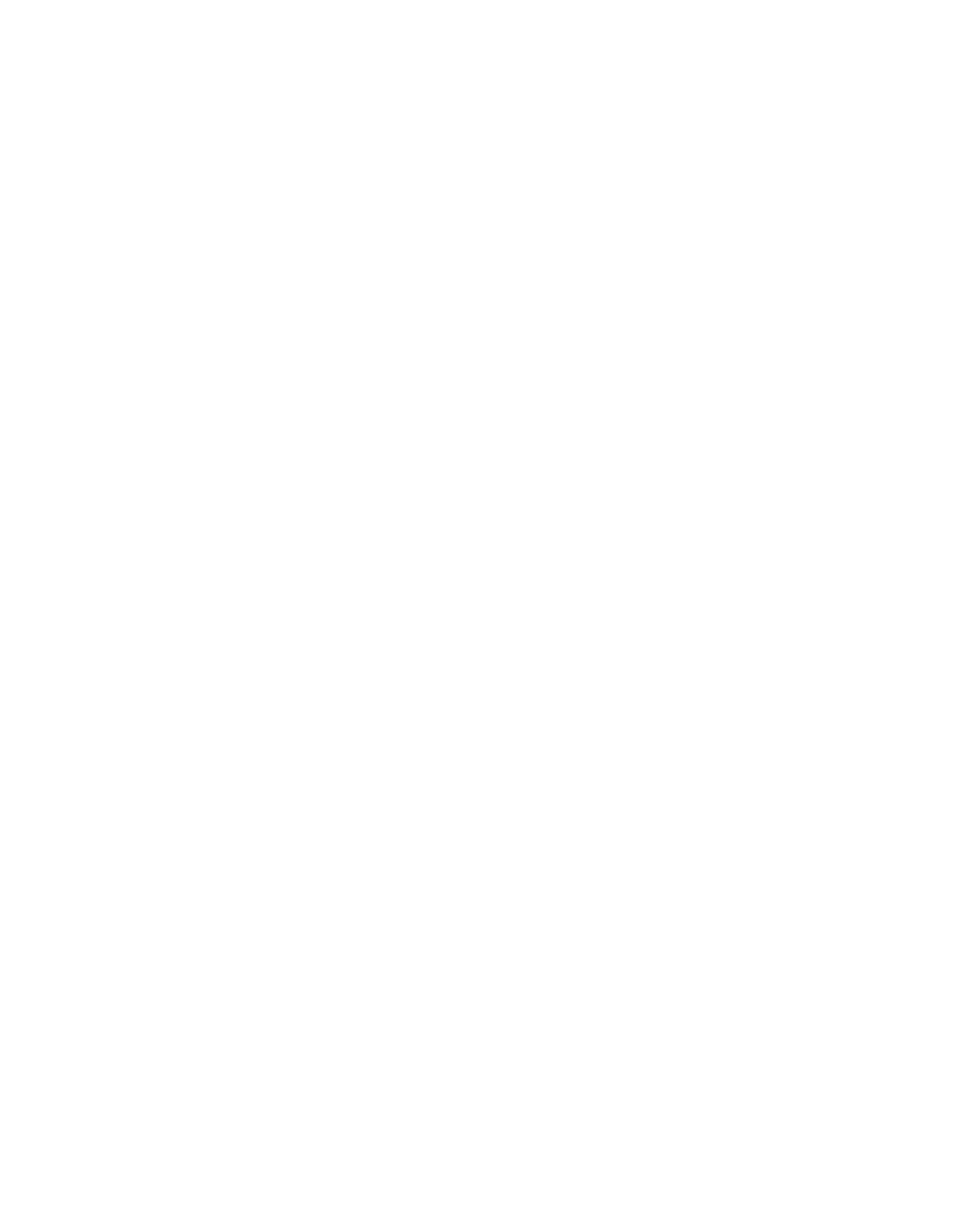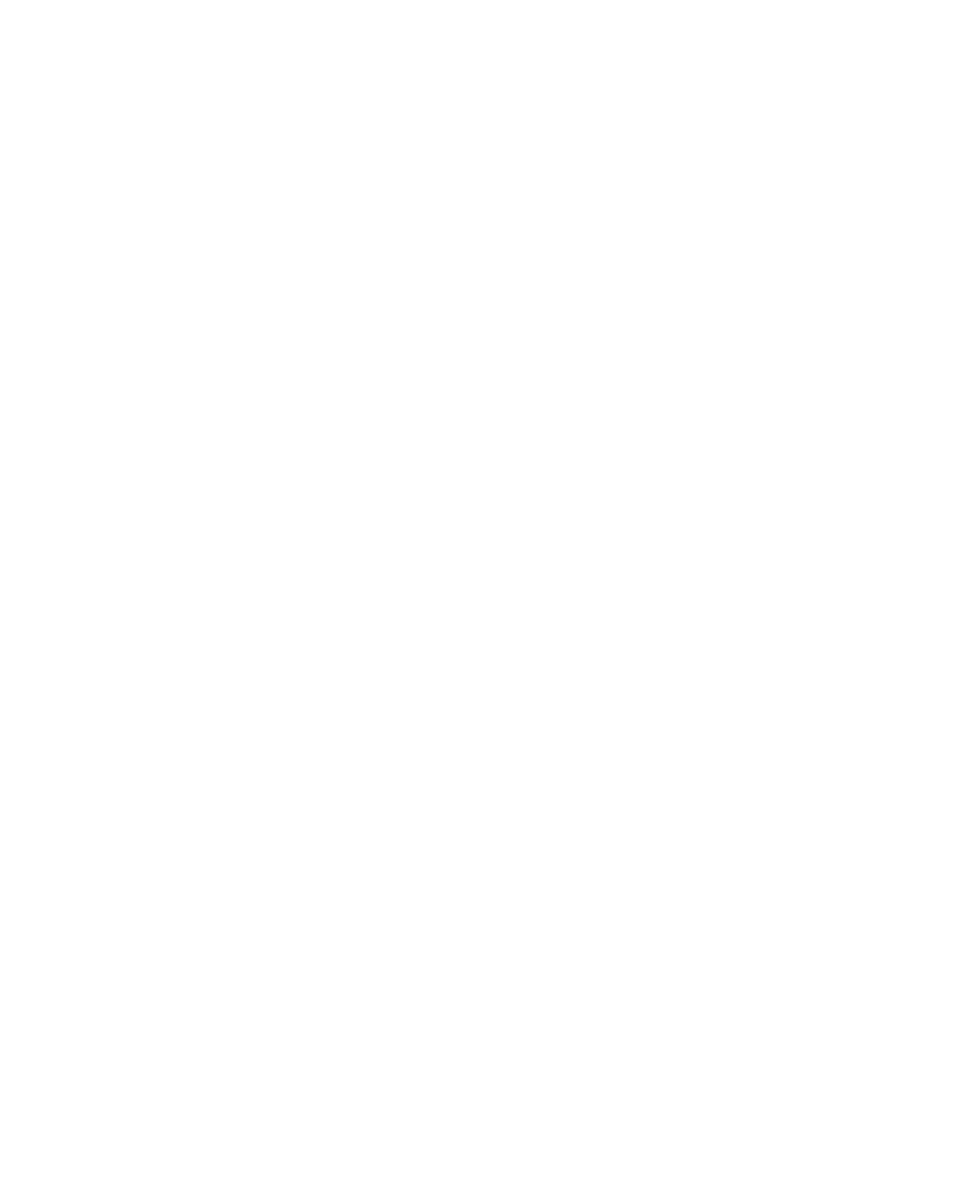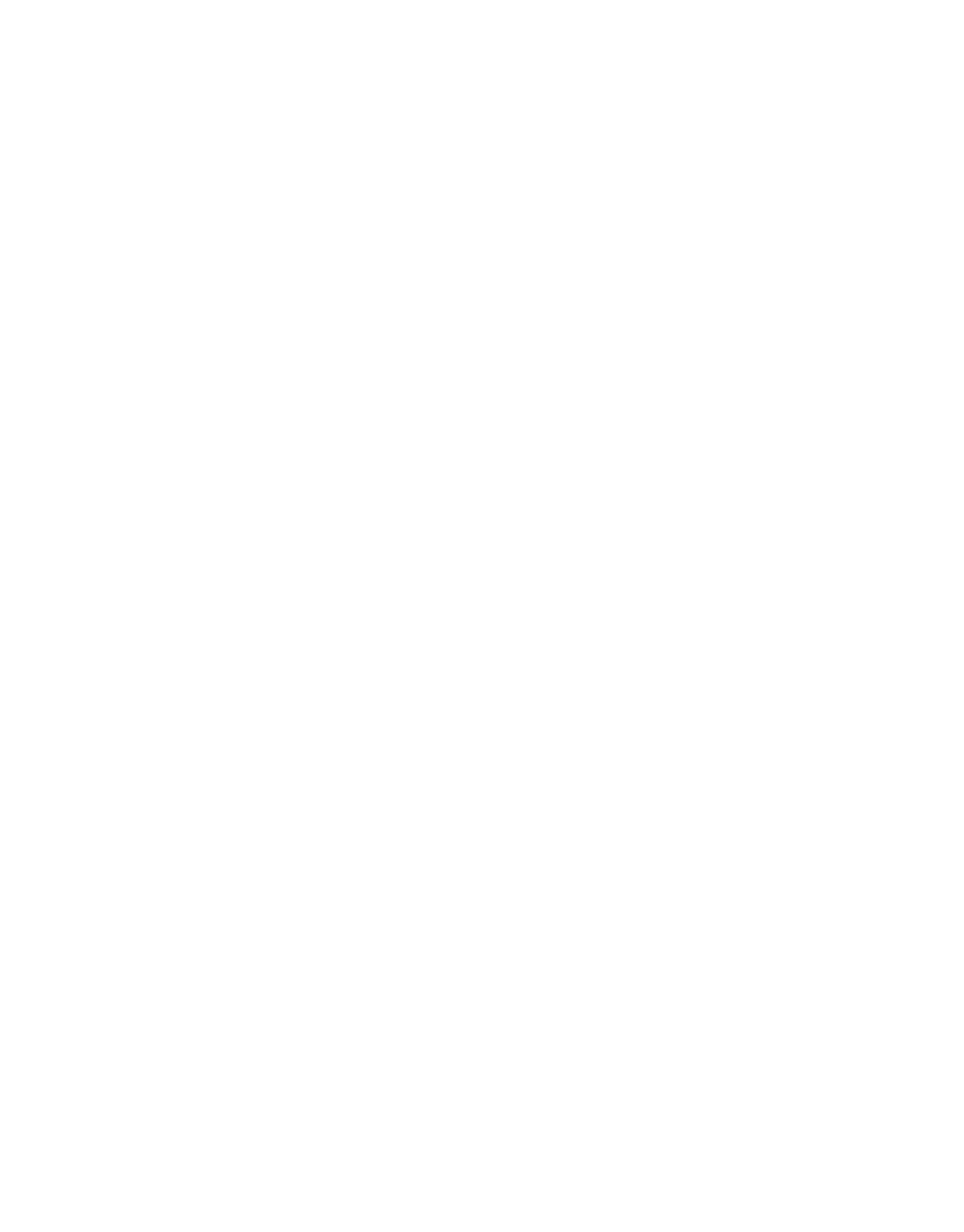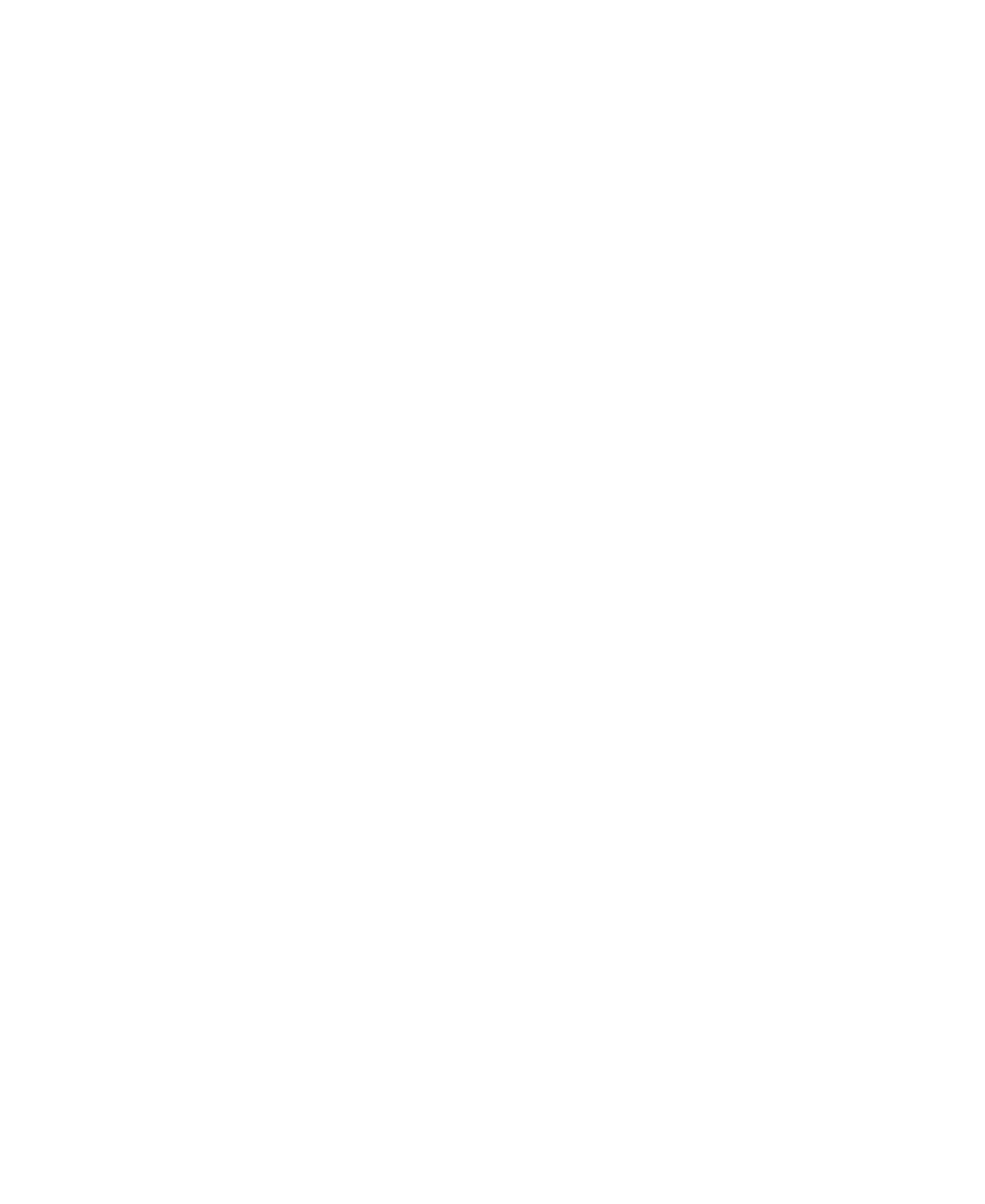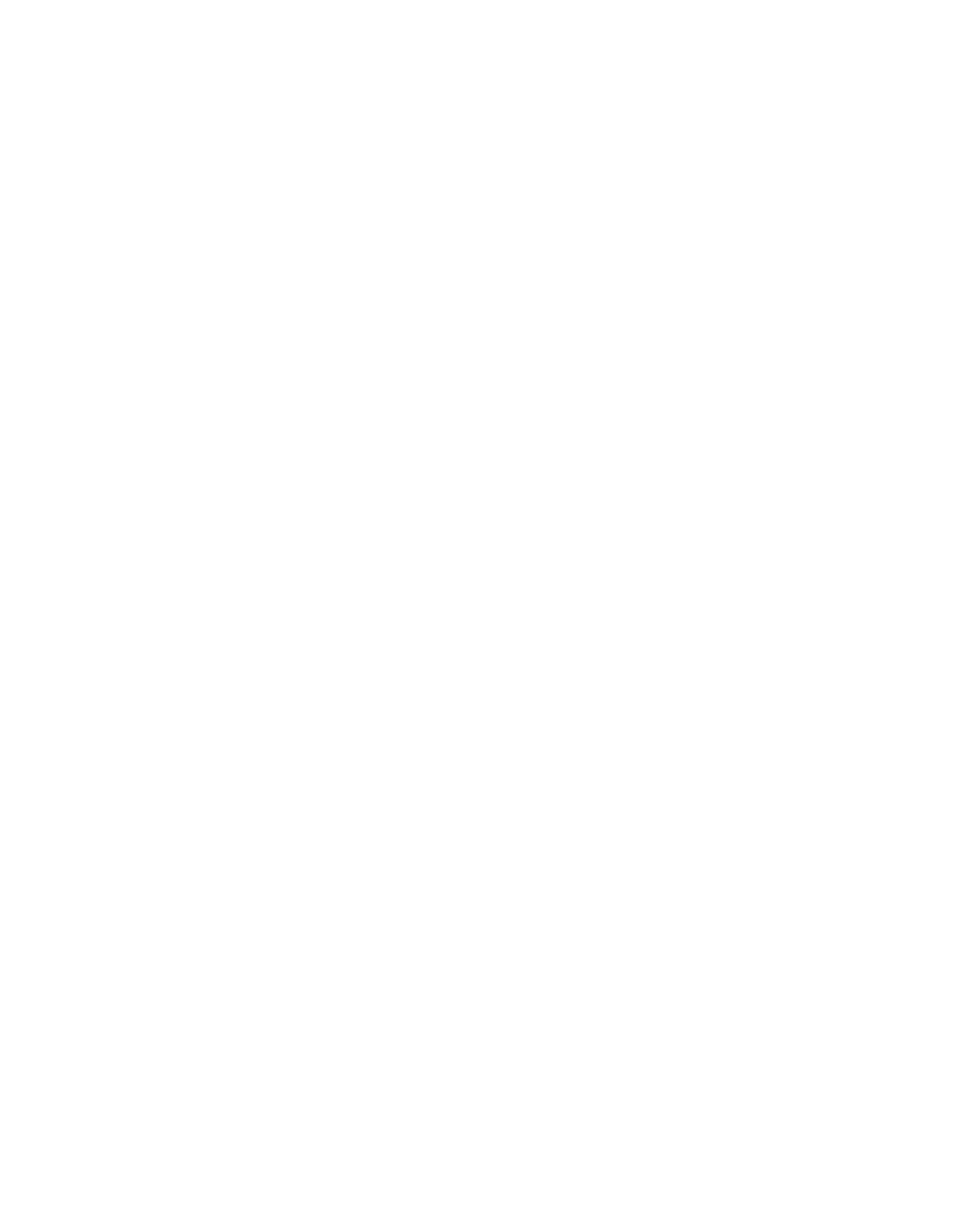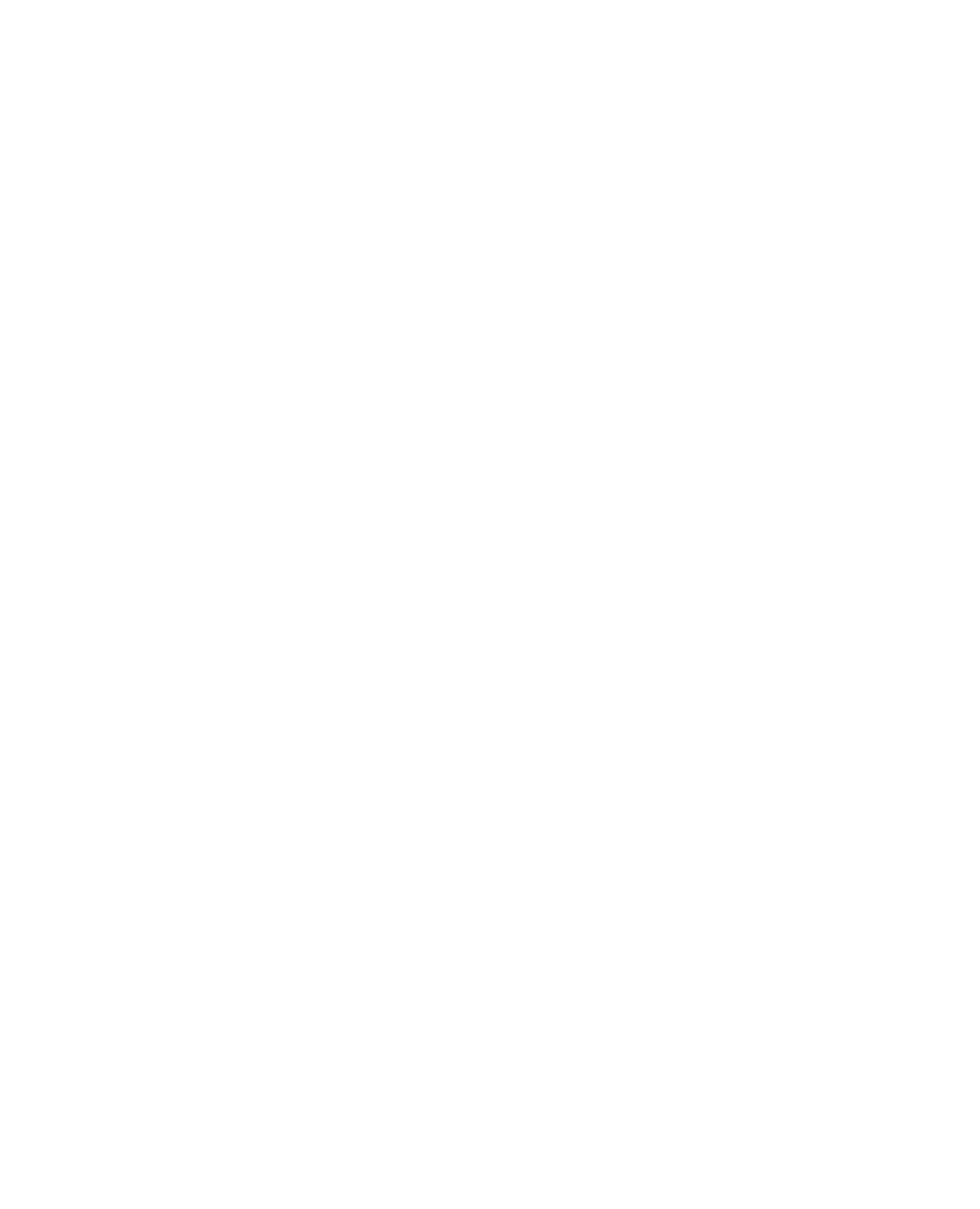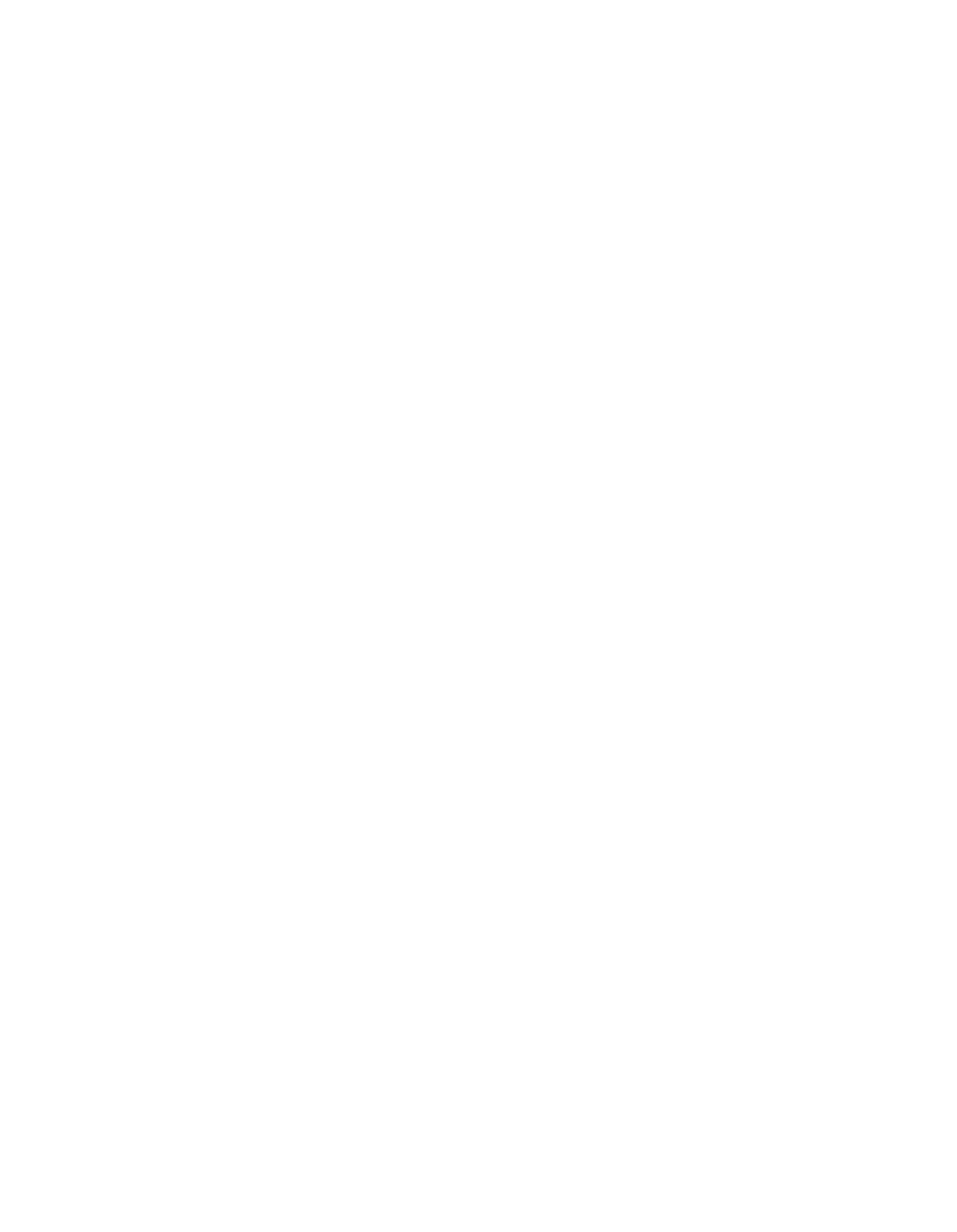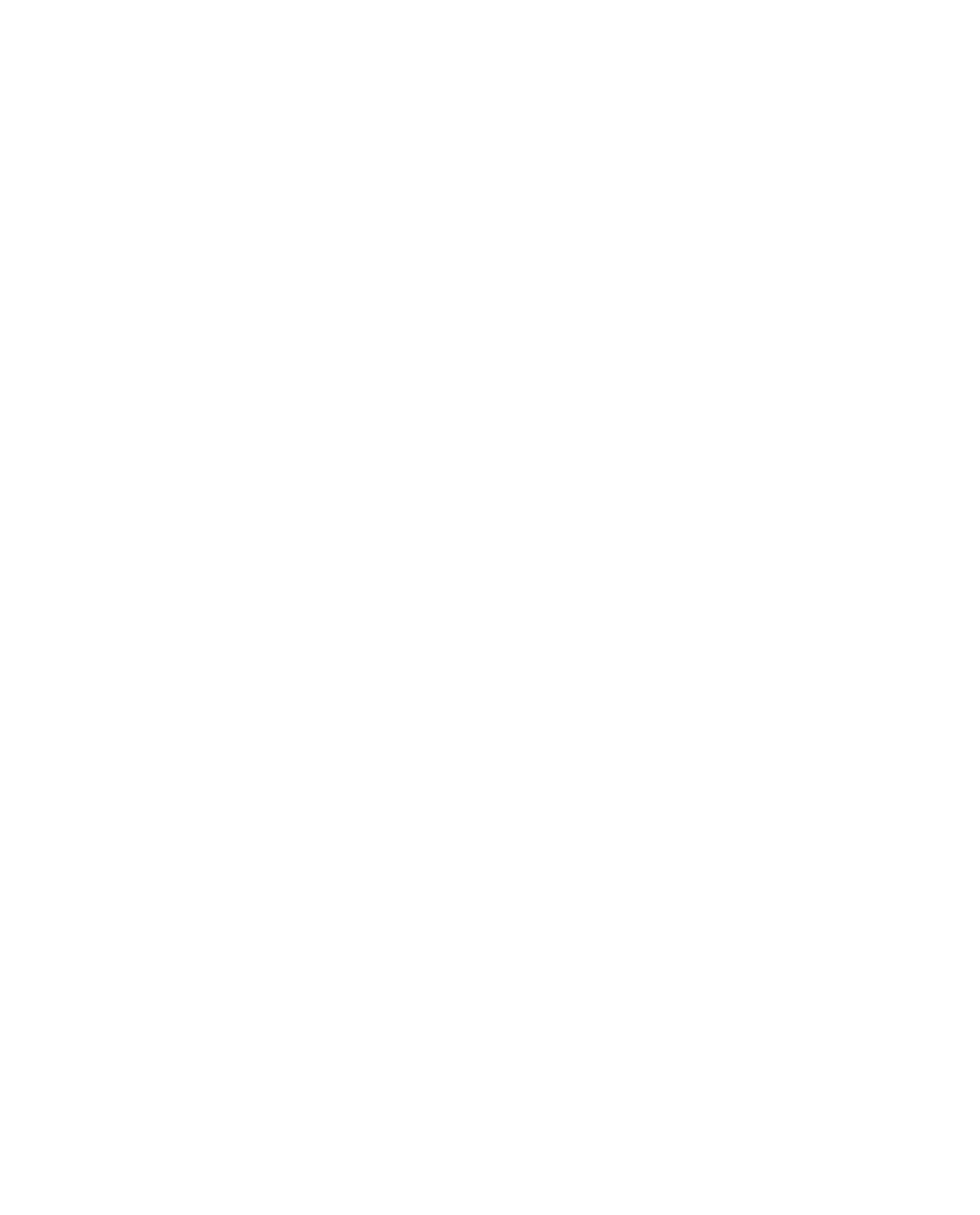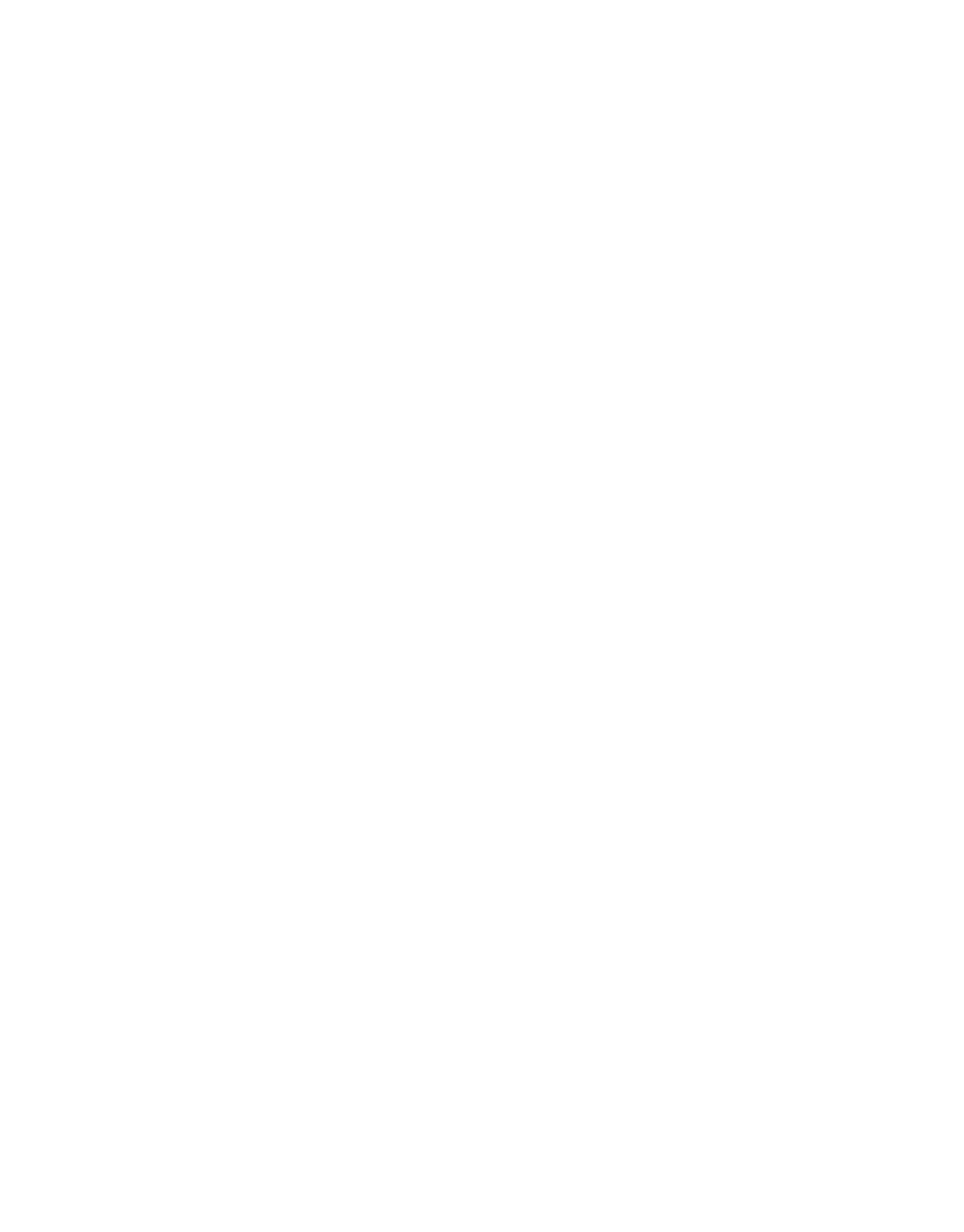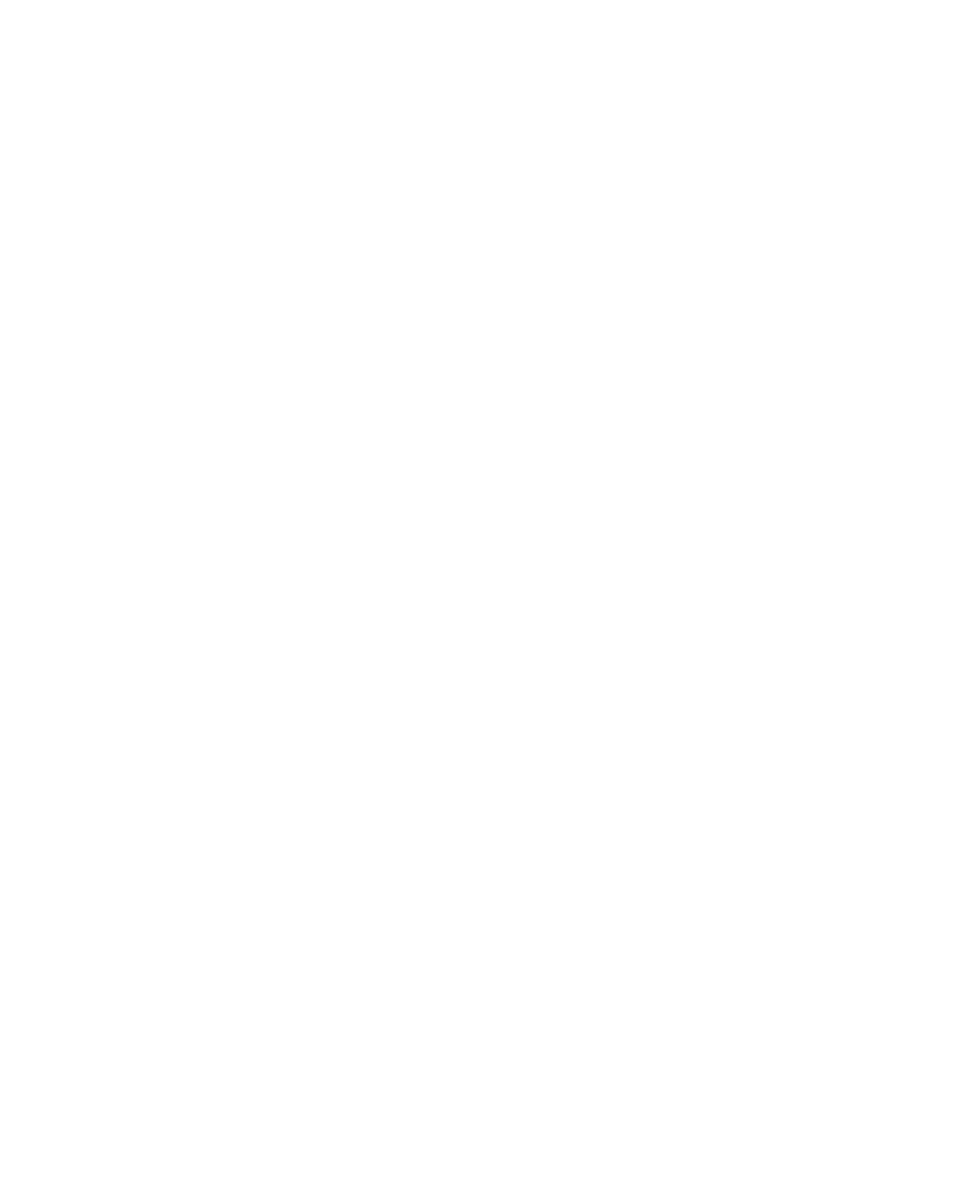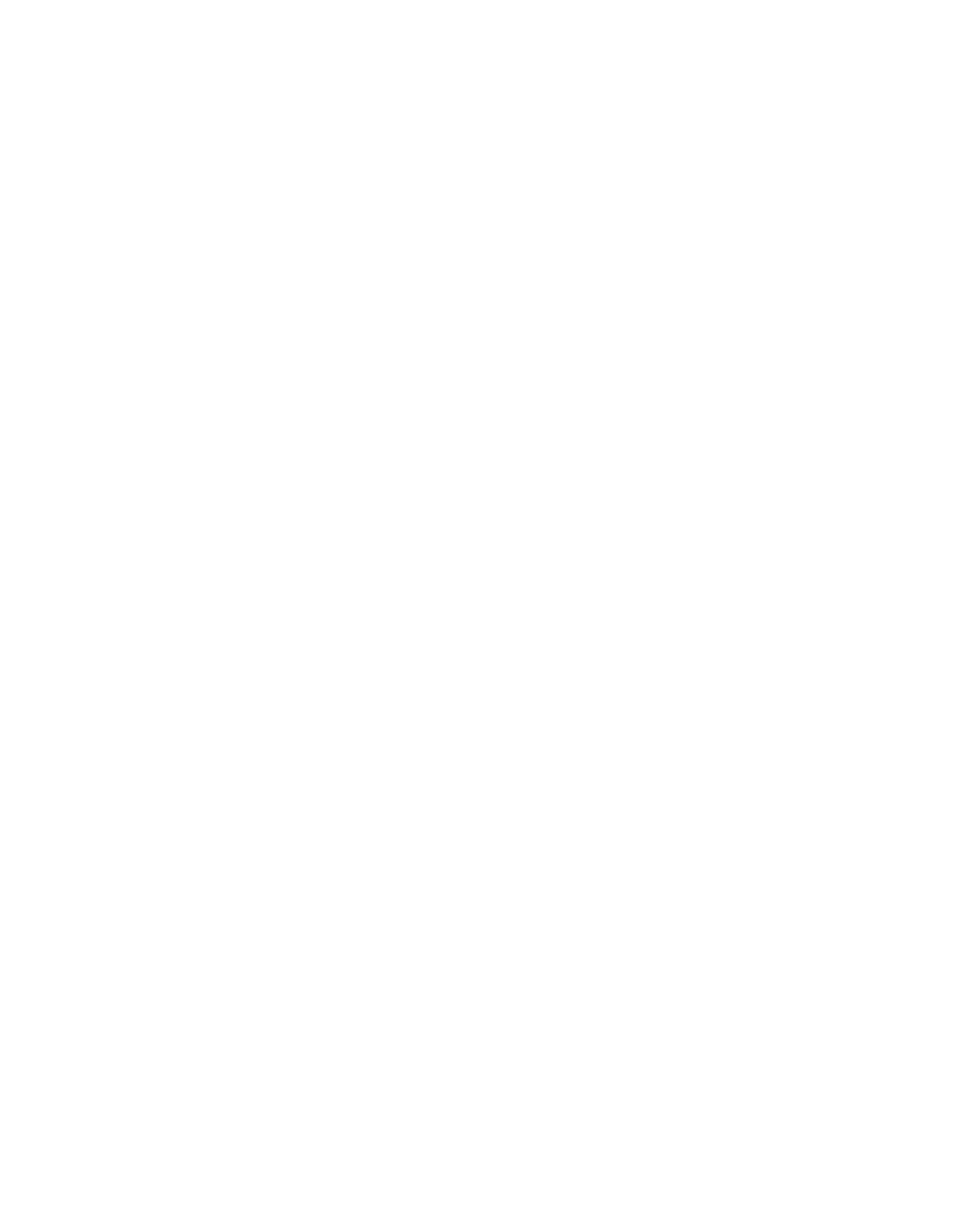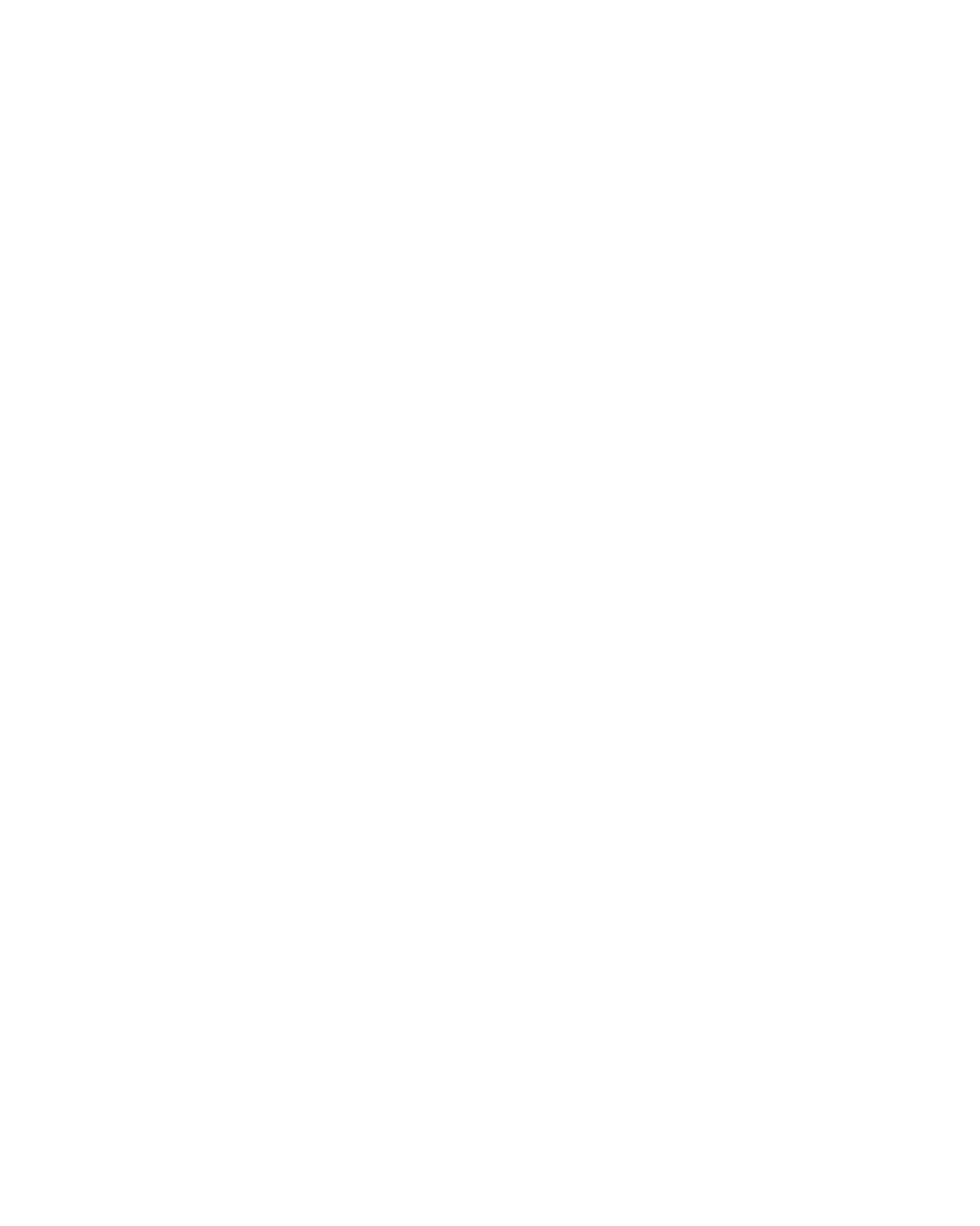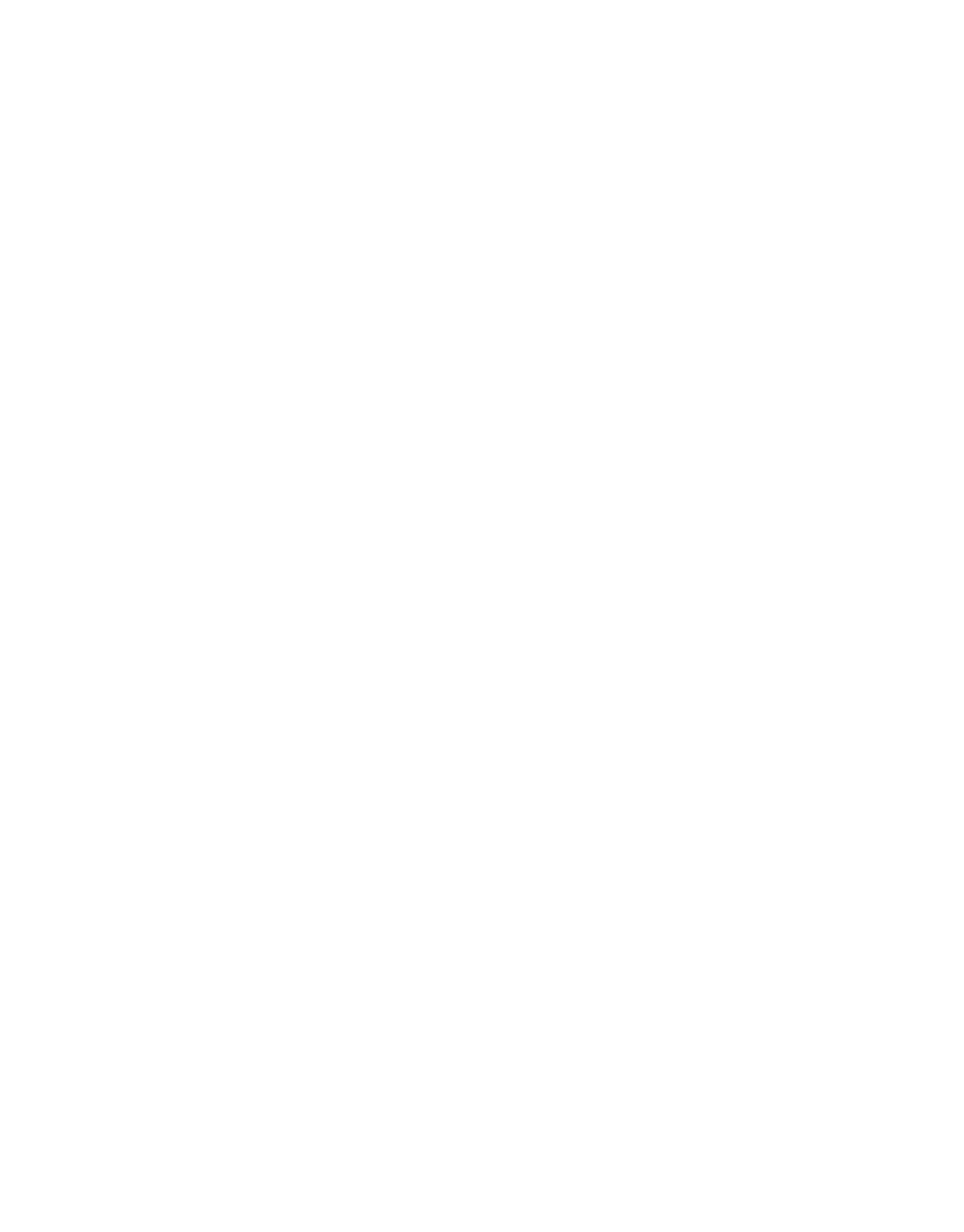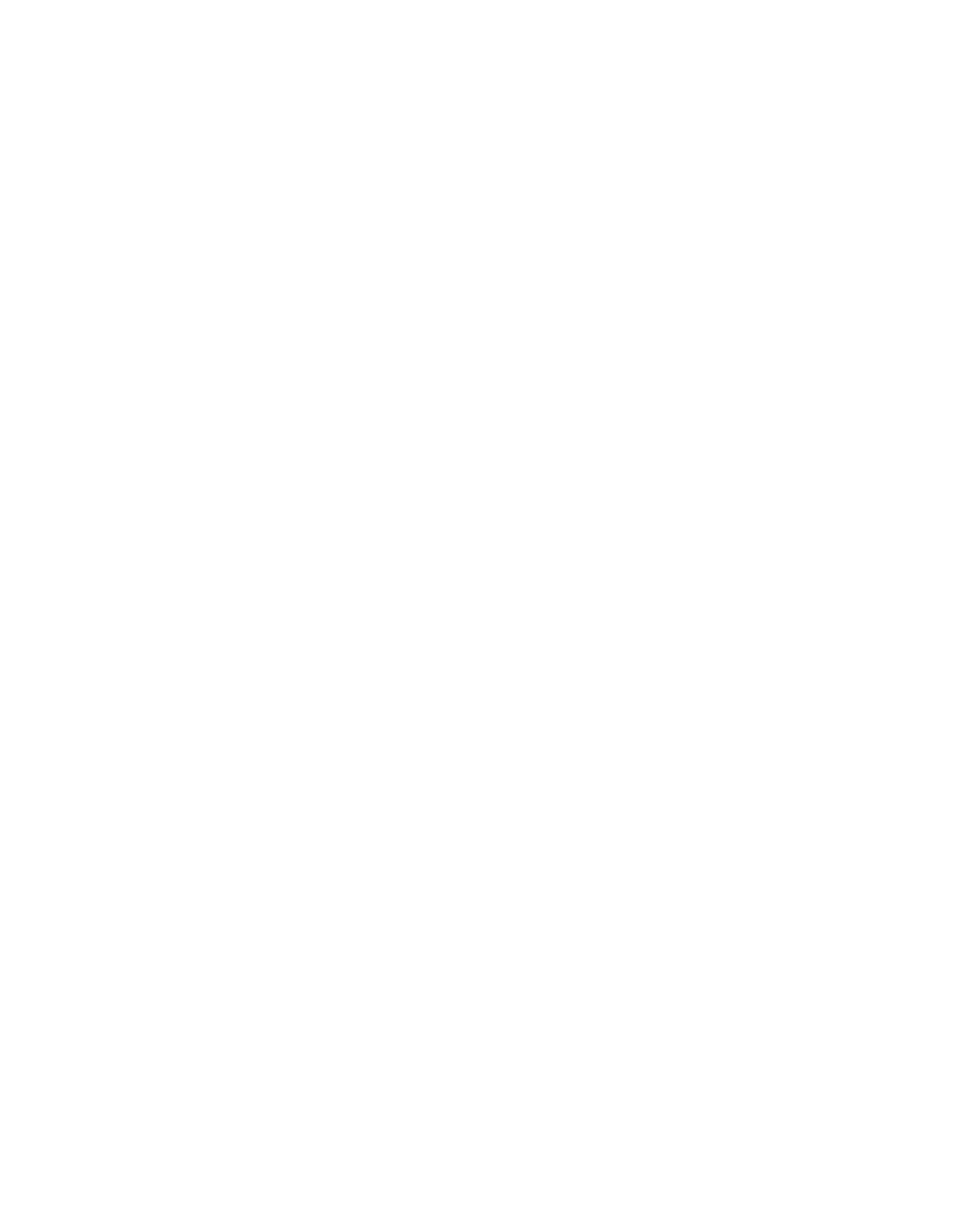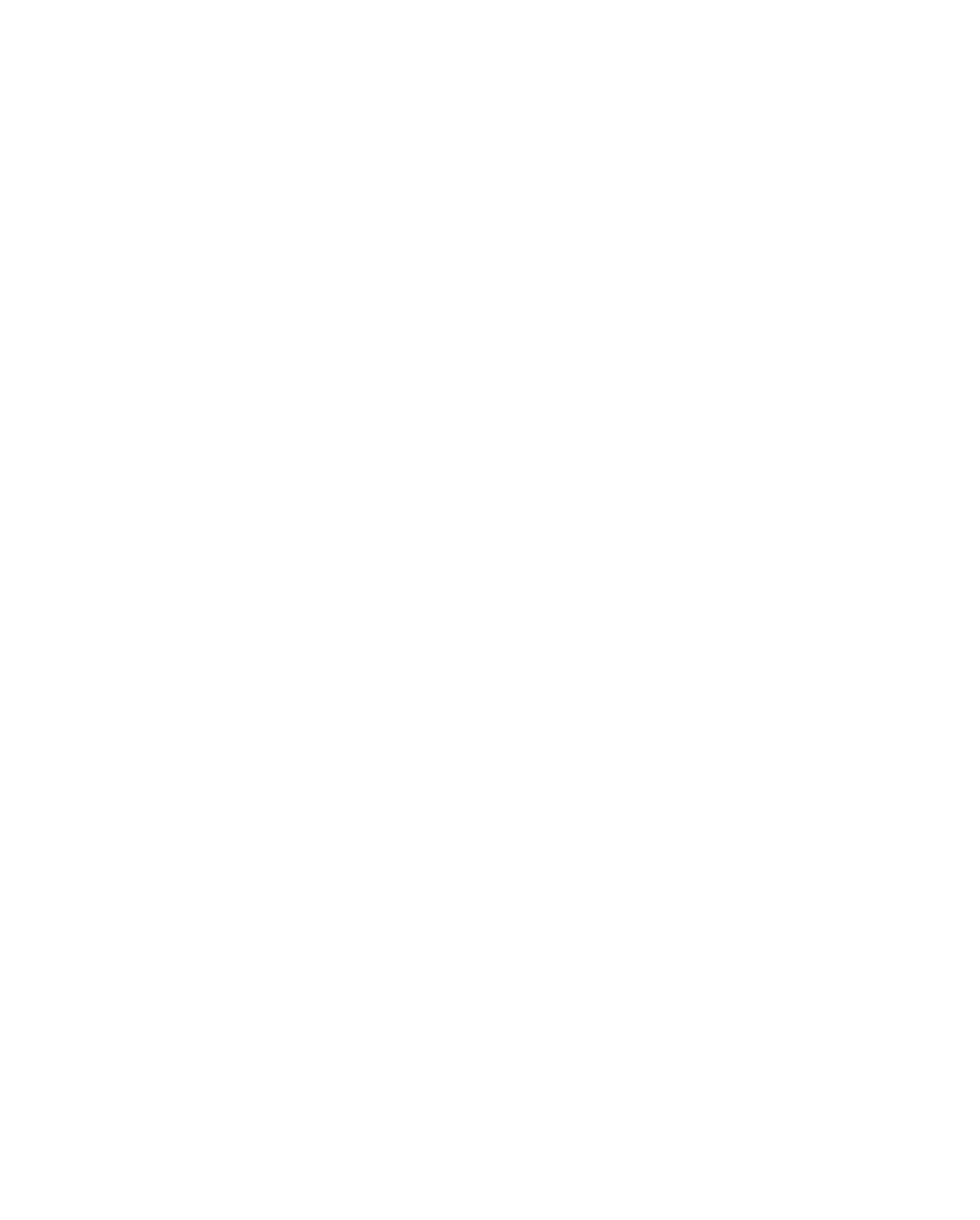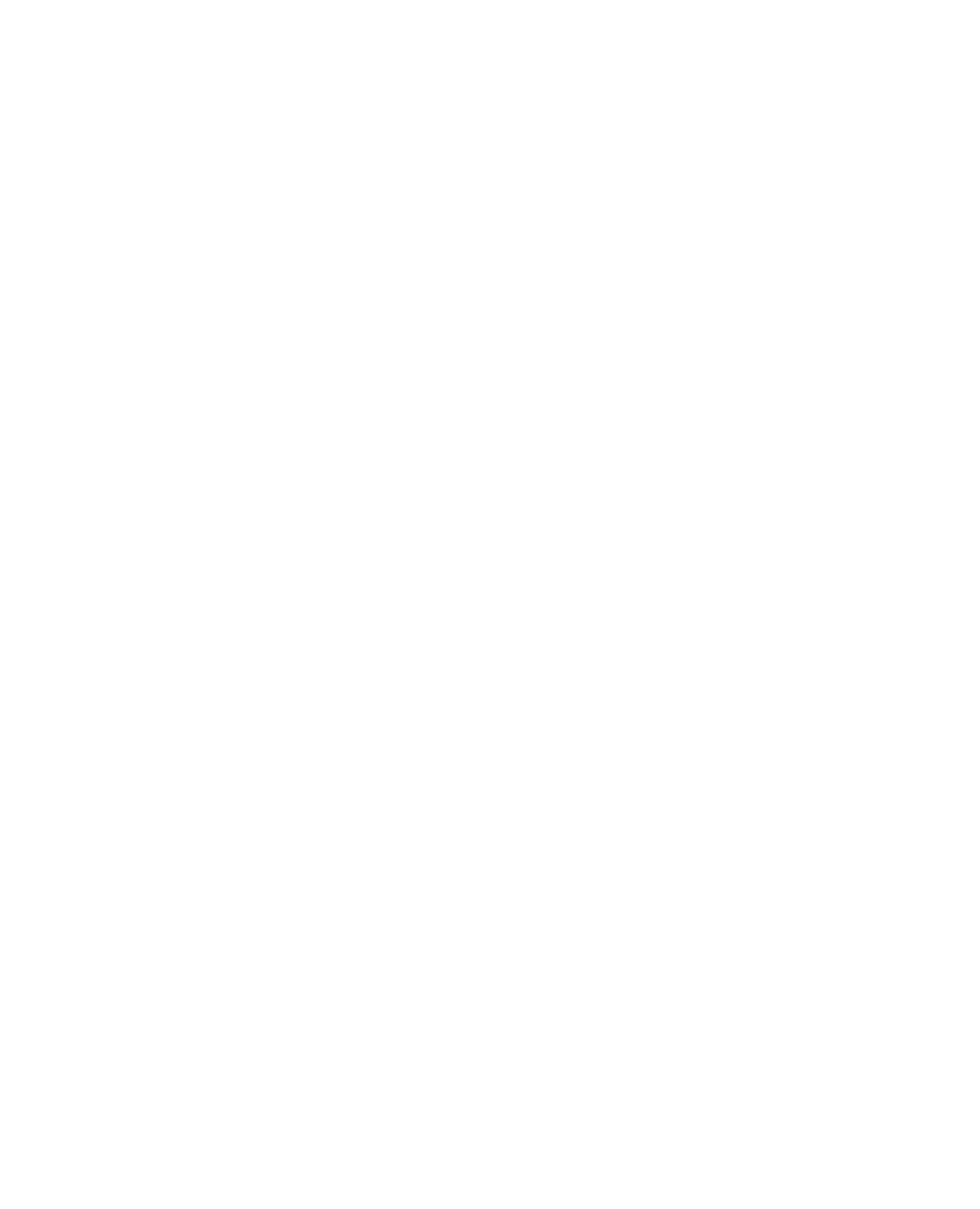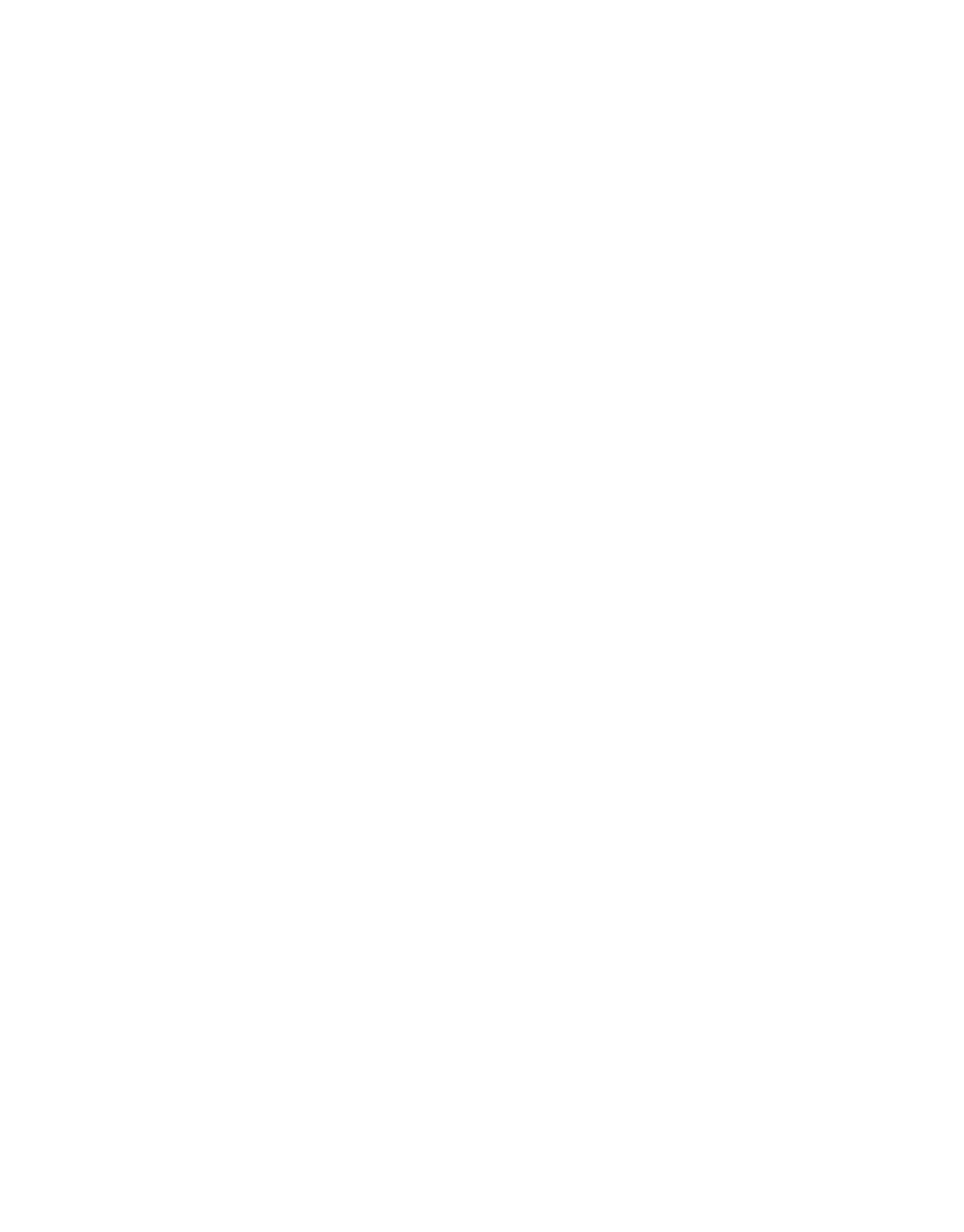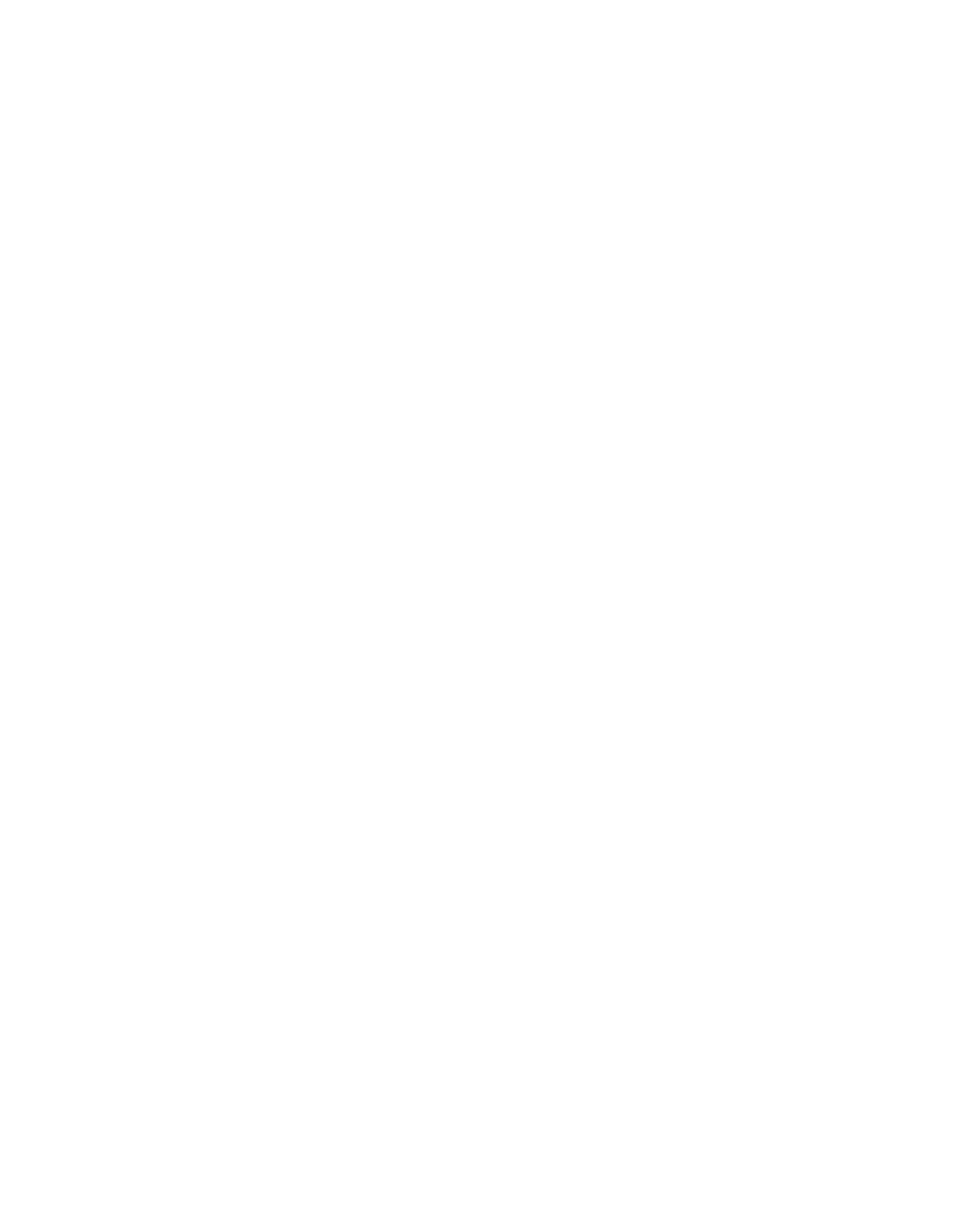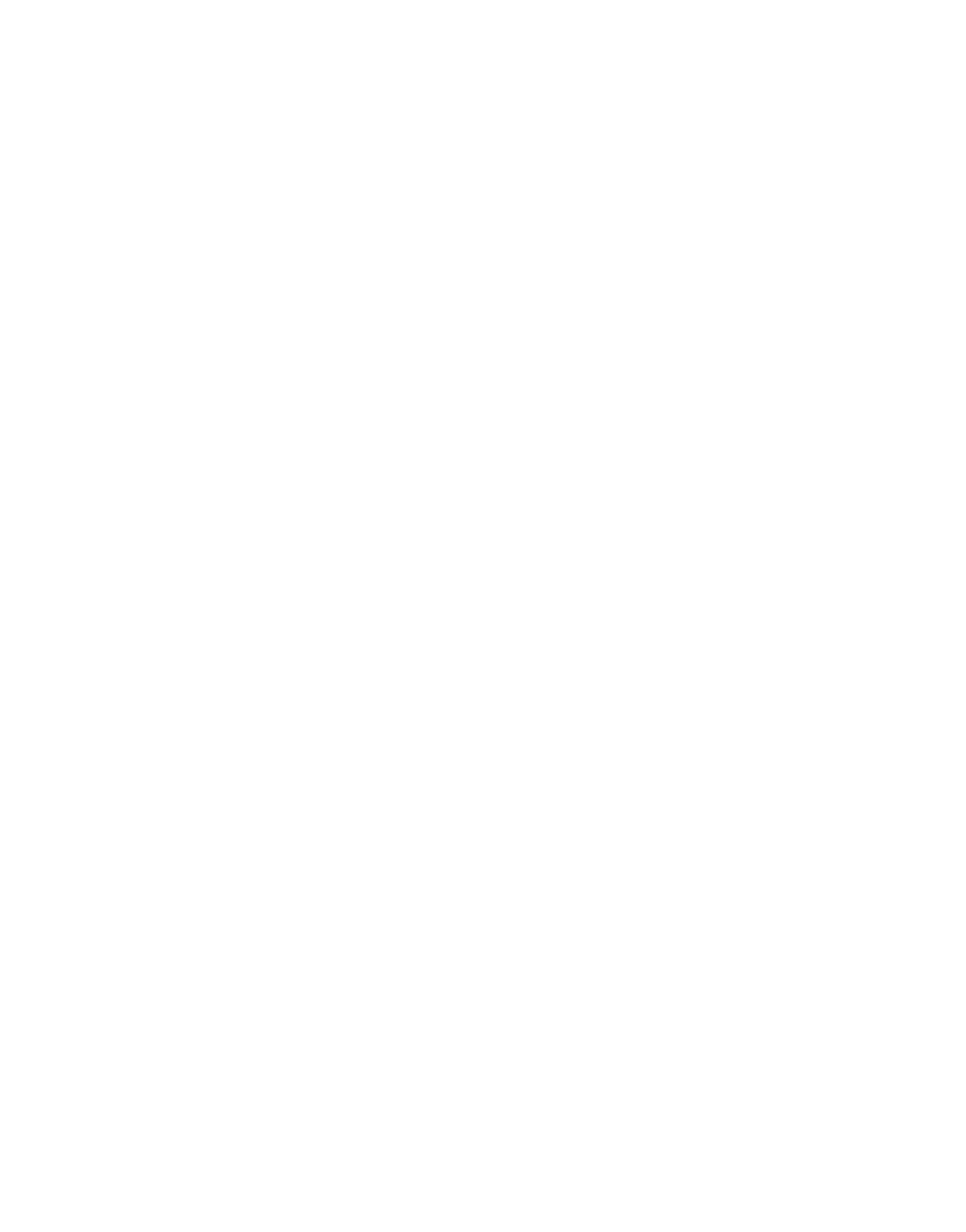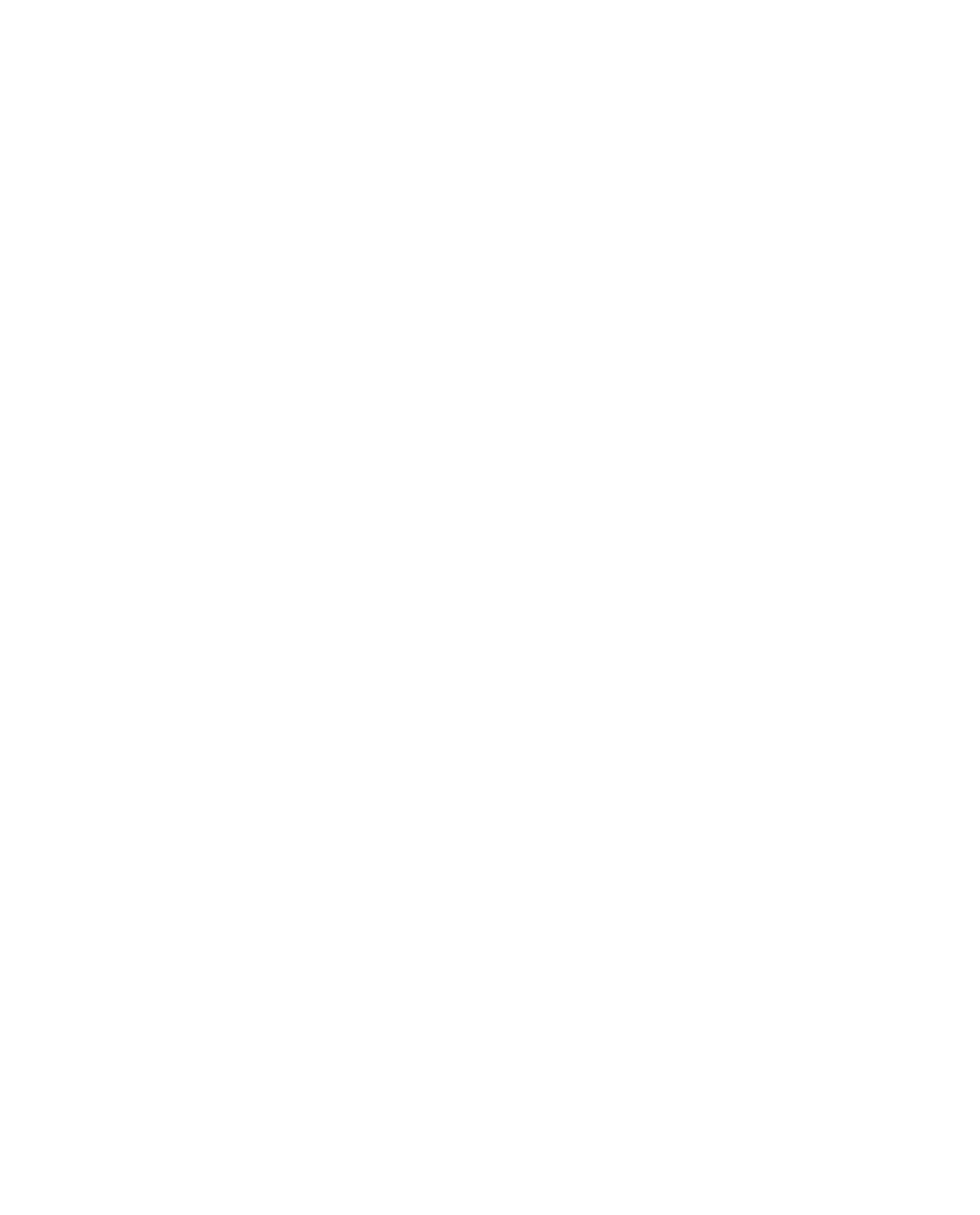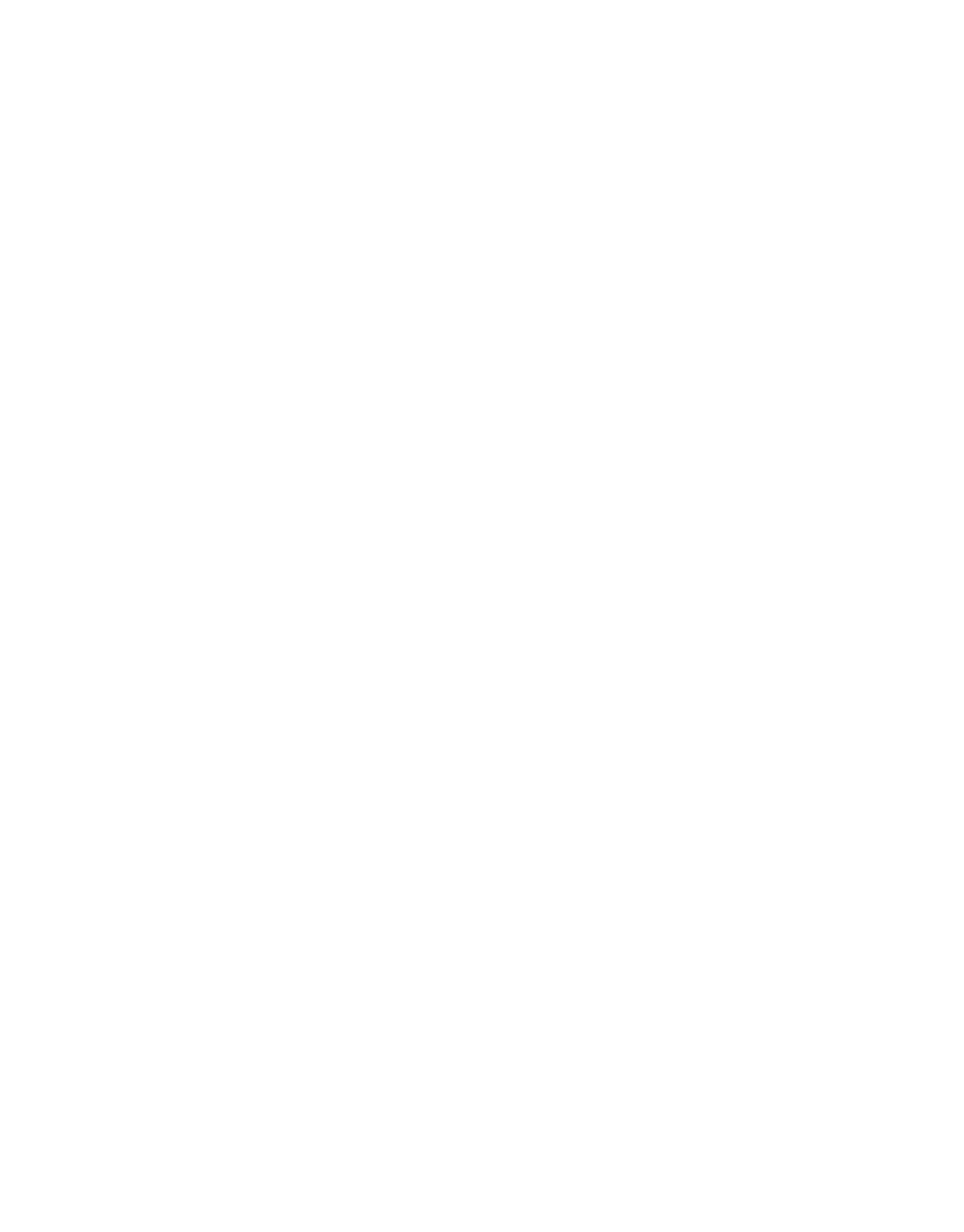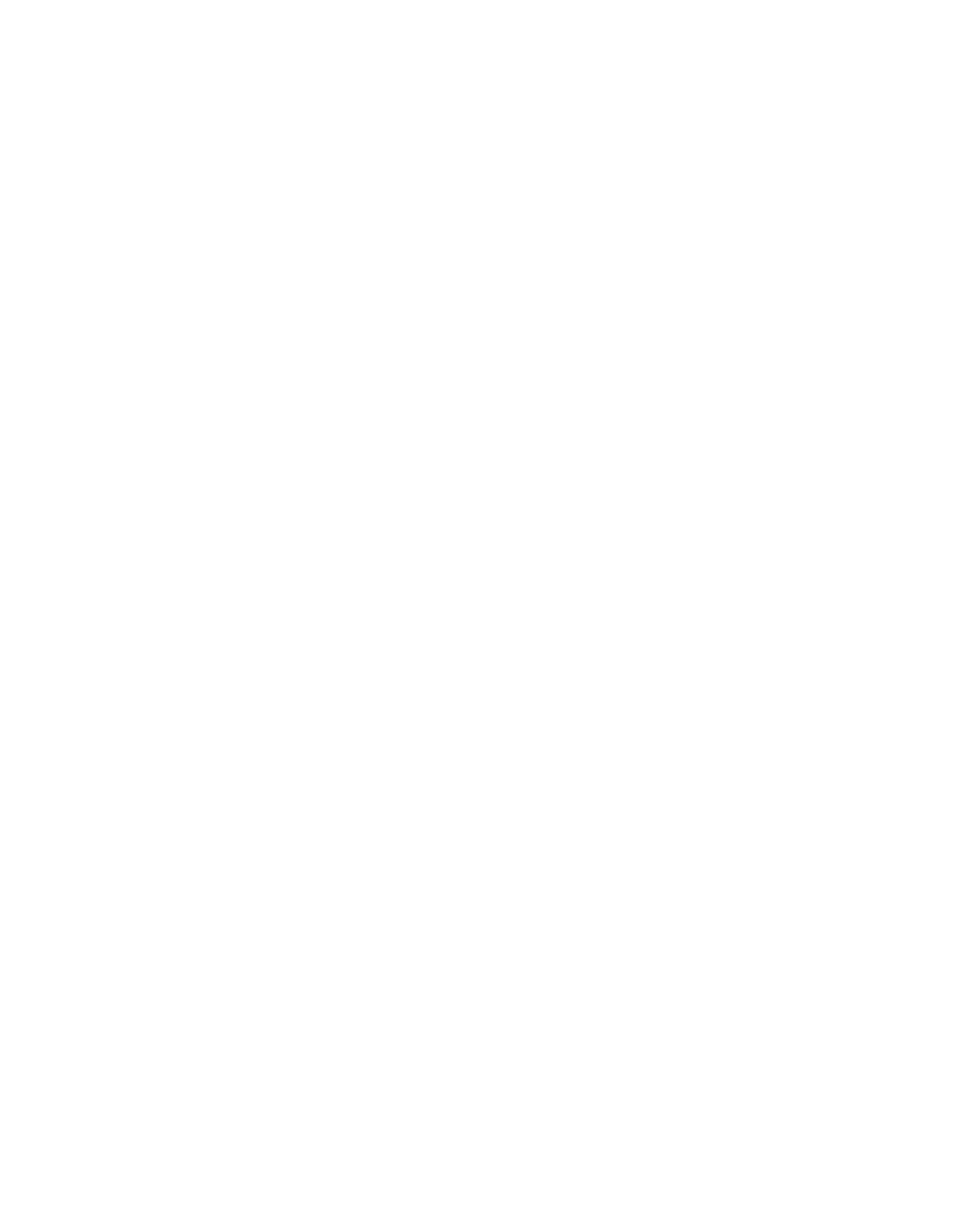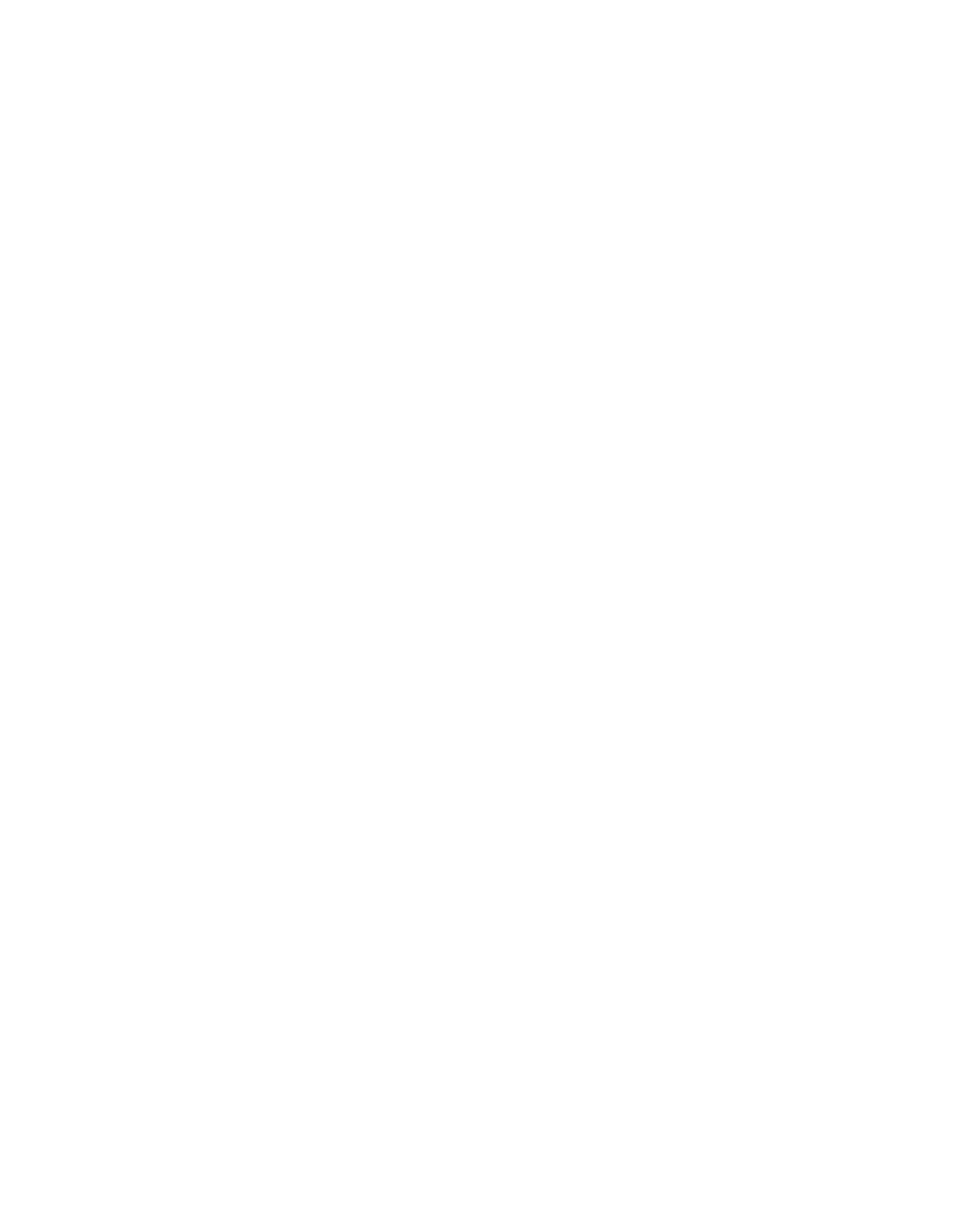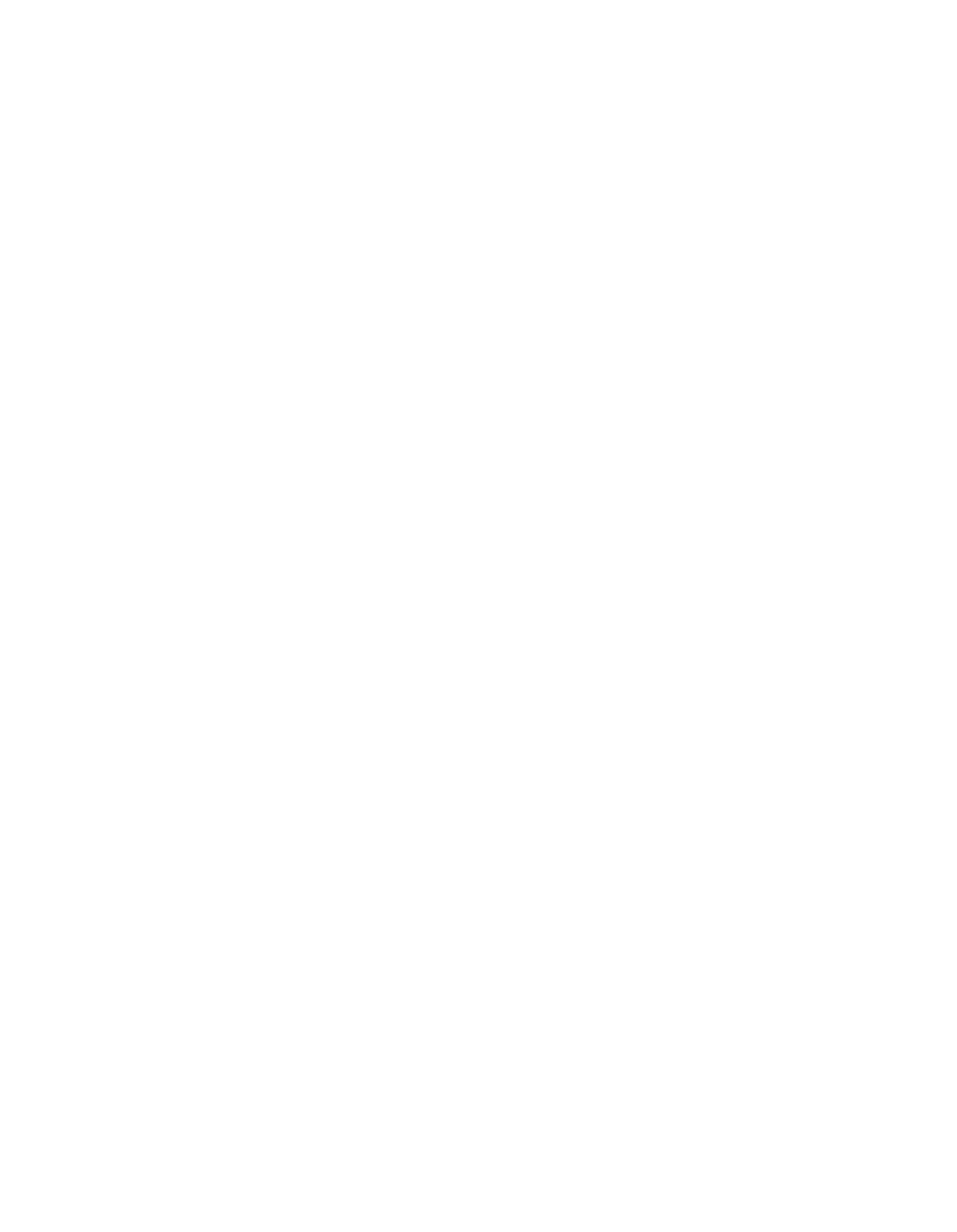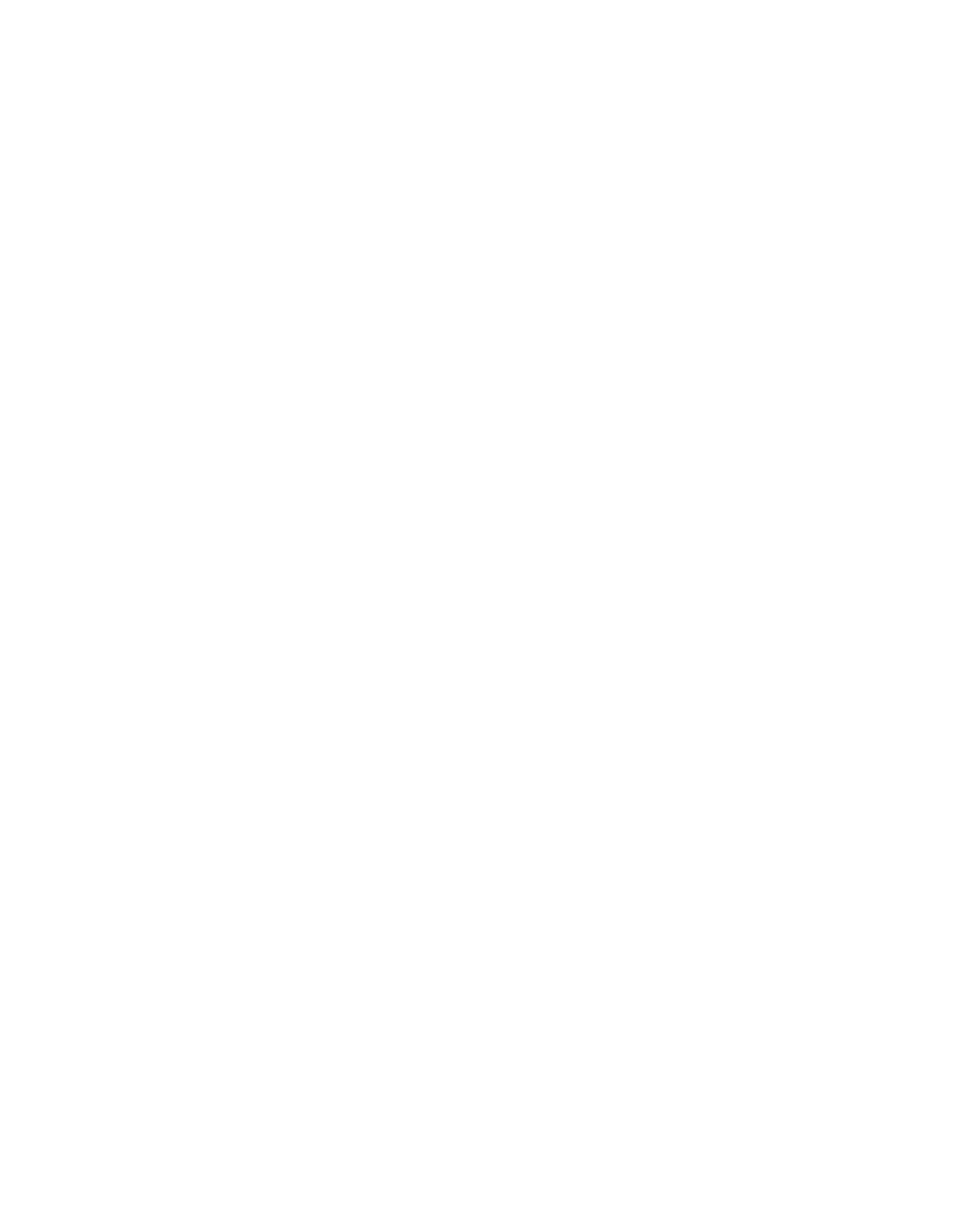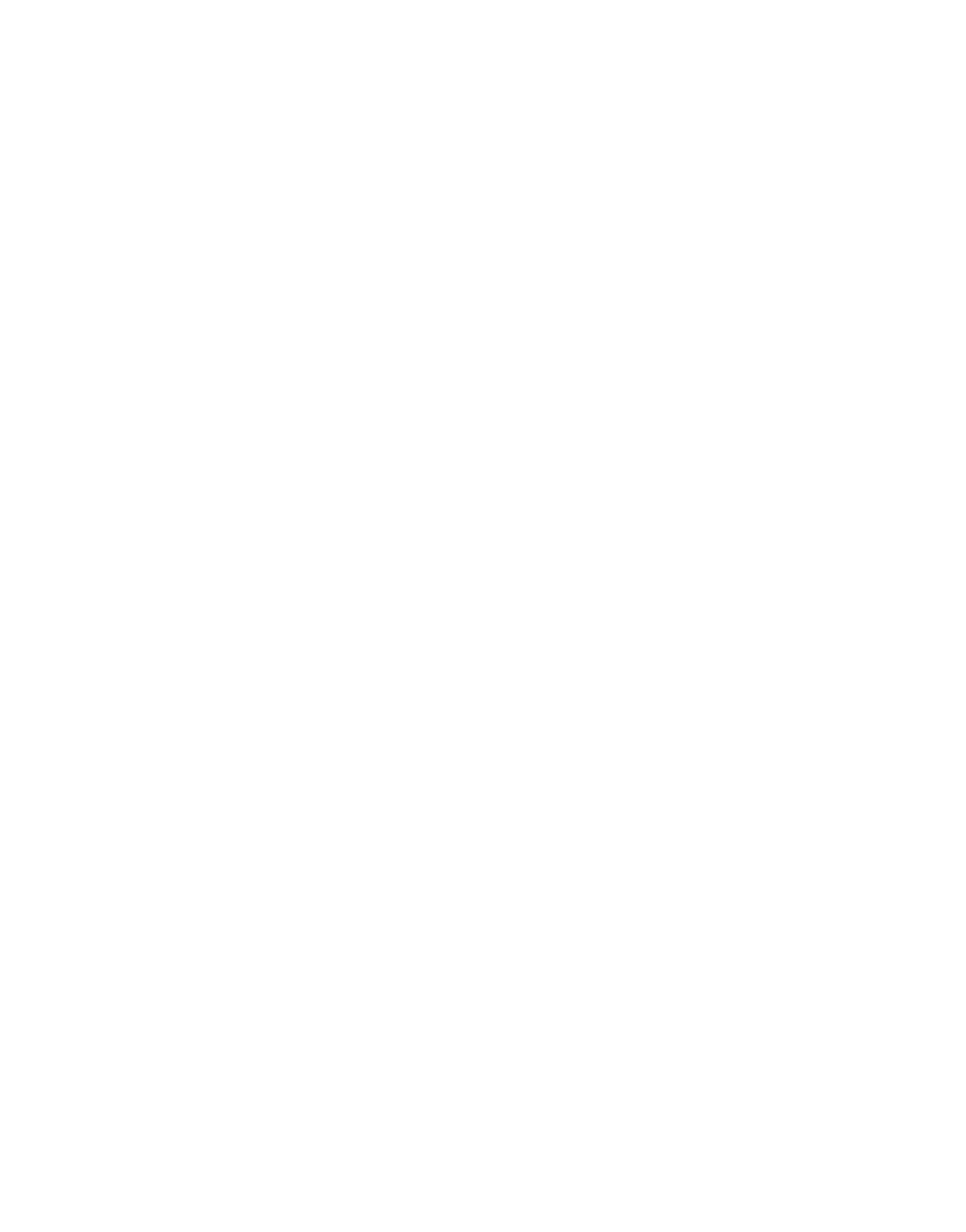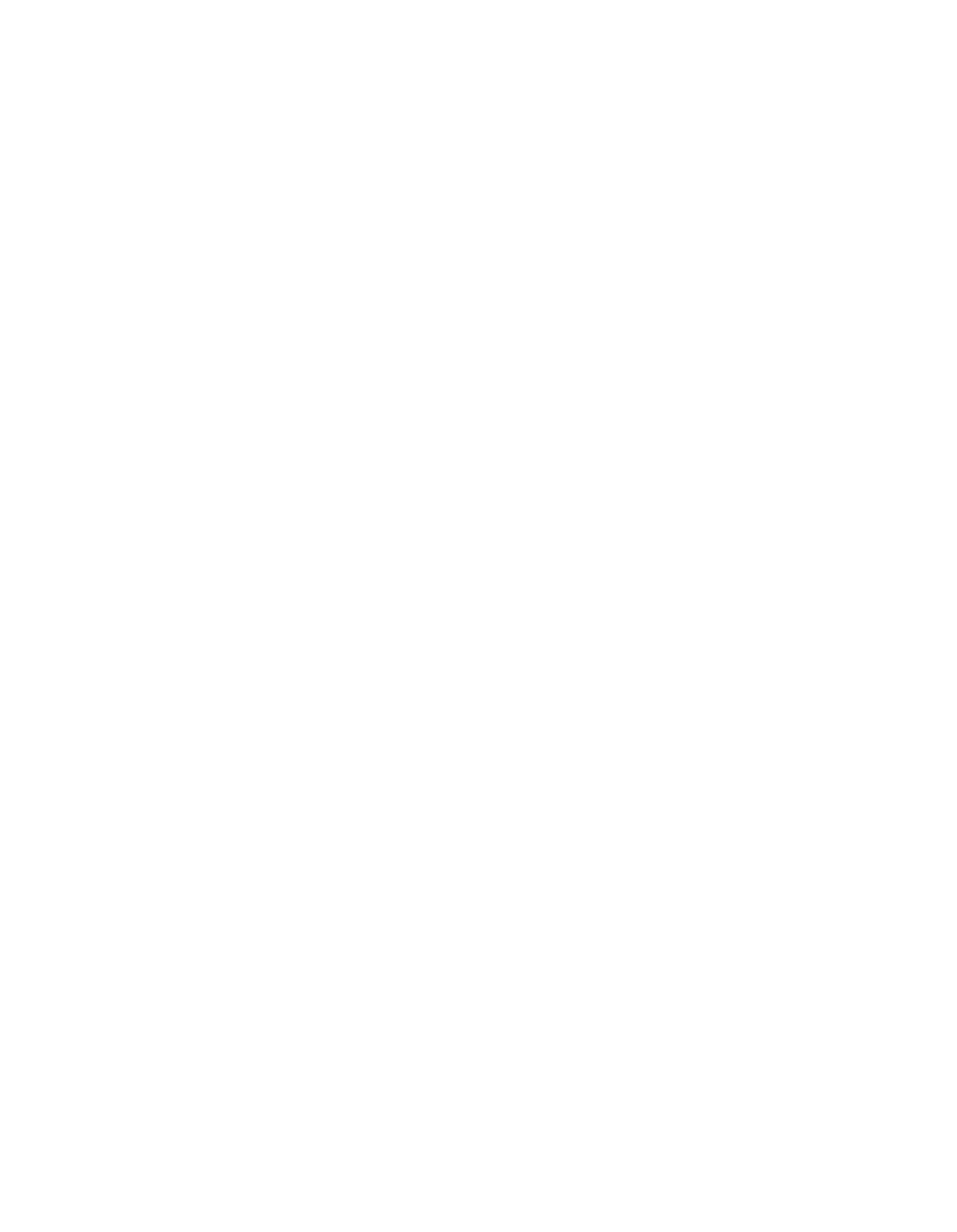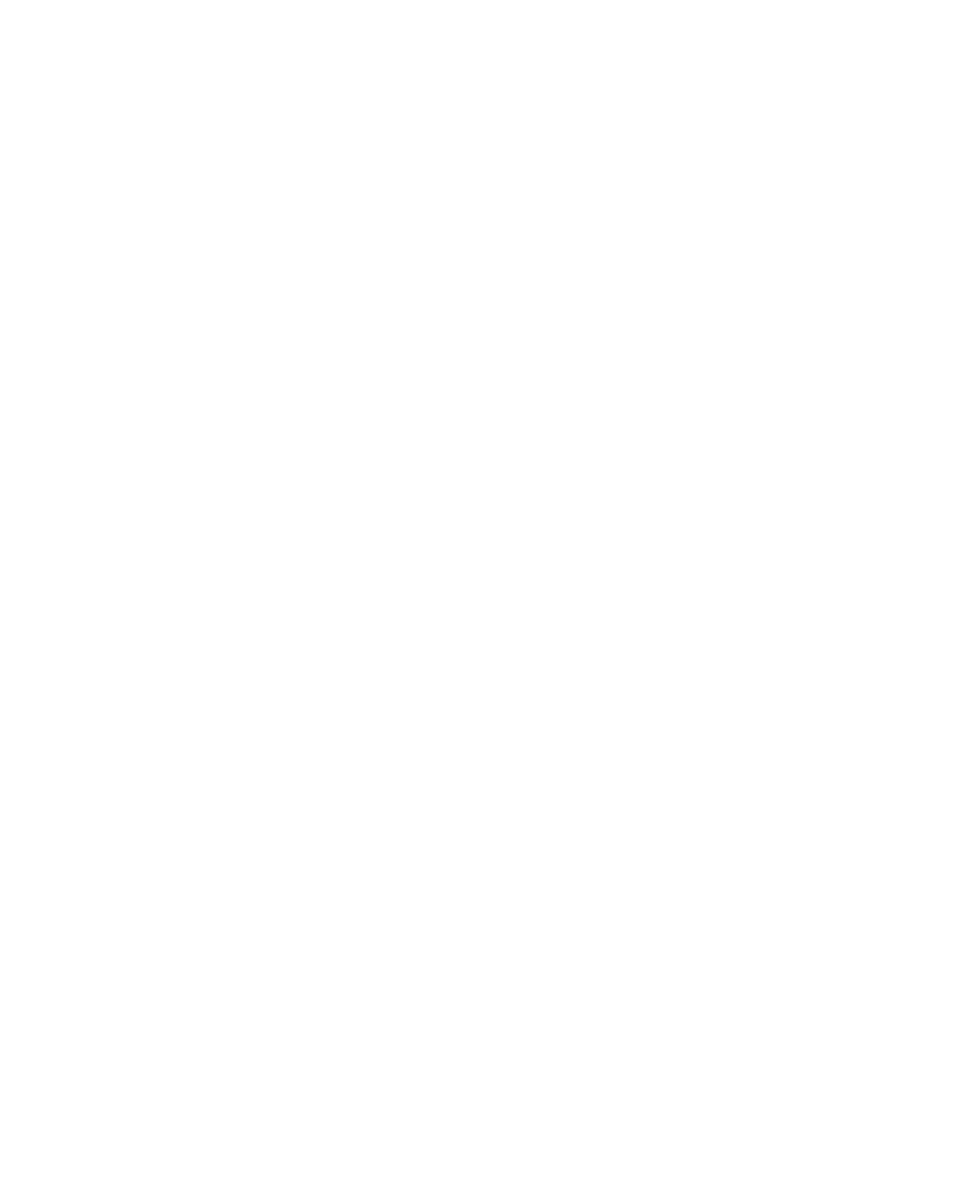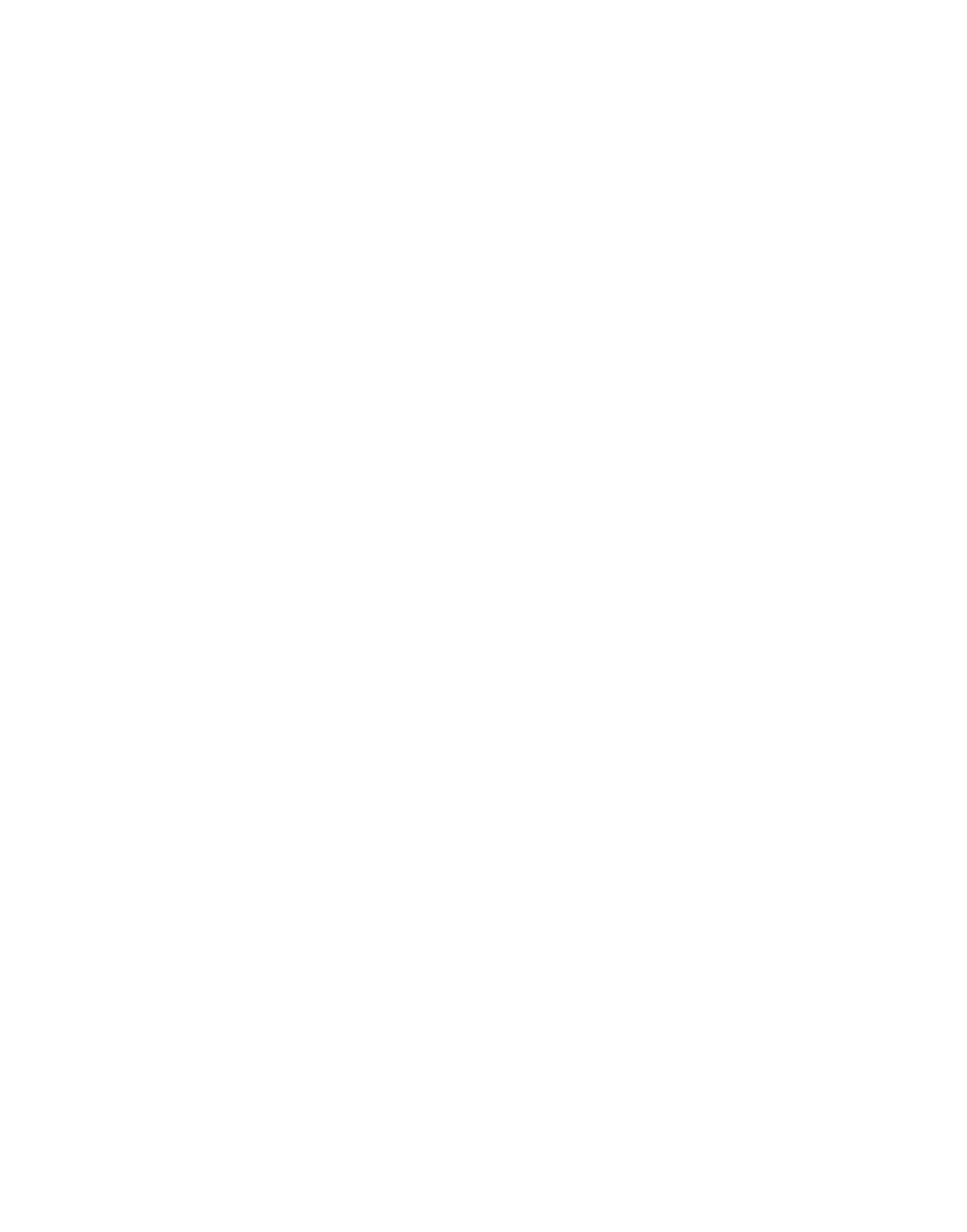-19-
August
3,
1973
ILLINOIS POLLUTION CONTROL
BOARD
RULES
AND
REGULATIONS
CHAPTER 8~
NOISE REGULATIONS
Table of Contents
PART
I:
GENERAL PROVISIONS
Rule
101:
Definitions
Page
1
Rule
102:
Prohibition of Noise Pollution
Page
3
Rule 103:
Measurement Techniques
Page
3
Rule
104:
Burden of Persuasion Regarding
Exceptions
Page
3
Rule
105:
Severability
Page
3
PART II:
SOUND EMISSION STANDARDS AND LIMITATIONS
FOR PROPERTY~-LINE-NOiSE-SOURCES
Rule 201:
Classification of Land According
to Use. .Page
4
Rule 202:
Sound Emitted To Class A Land
During Daytime Hours
Page
4
Rule
203:
Sound Emitted
To Class A Land
During Nighttime
Hours
Page
5
Rule
204:
Sound Emitted To Class
B Land
Page
5
Rule 205:
Sound Emitted To Class
C Land
Page
6
Rule
206:
Impulsive
Sound.
Page
7
Rule
207:
Prominent Discrete
Tones
Page
7
Rule
208:
Exceptions
Page
7
Rule
209:
Compliance Dates For Part
2.
Page
8
The following
Noise
Regulations were
adopted on
the
July
26
meeting,
The
Standard
Land
Coding
System
(SLUCM)
which
is
appended
to
the
Regulation
was
published
in
Newsletter
i~68and
is
not
included
herewith.
8
—
653
-20-
August 3, 1973
ILLINOIS POLLUTION CONTROL BOARD
RULES AND REGULATIONS
CHAPTER
8;
NOISE REGULATIONS
PART
1
--
GENERAL PROVISIONS
Rule
101:
DEFINITIONS
EXCEPT AS HEREINAFTER STATED AND UNLESS
A DIFFERENT MEANING OF
A TERM IS CLEAR FROM
ITS CONTEXT,
THE DEFINITIONS
OF TERMS USED
IN
THIS
CHAPTER
SHALL
BE
THE SAME AS THOSE USED
IN THE ENVIRONMENTAL
PROTECTION
ACT.
ALL
DEFINITIONS
OF
ACOUSTICAL
TERMINOLOGY
SHALL
BE
IN
CONFORMANCE
WITH THOSE
CONTAINED
IN
ANSI
S1.1
—
1960
“ACOUSTICAL
TERMINOLOGY.”
(a)
ANSI:
American National Standards Institute or
its
successor bodies.
(b)
Construction:
On—site erection,
fabrication,
installation,
alteration,
demolition or removal of any structure,
facil-
ity,
or addition thereto,
including all
related activities,
including,
but not
restricted. to,
clearing of land,
earth-
moving,
blasting and landscaping.
(c)
Daytime_hours:
7:00
a.m.
to 10:00 p.m.,
local time.
(d)
UE(A):
Sound level
in decibels determined by
the A—
weighting
of
a
sound
level
meter.
Ic)
Decibel
(dJ3)
:
A
unit
of measure,
on
a logarithmic scale
to the base
10,
of
the
ratio of
the magnitude of
a particular
sound. pressure
to
a
standard reference
pressure, which,
for
purposes
of this Chapter,
shall be
20 micronewtons
per square
meter
(~N/m2)
-
(f)
Existinq uroperty—line-noise—source:
Any property—line—
i~Tse-source, the construction
or establishment
of which
commenced prior
to
the effective date of this Chapter. For
the purposes
of
this
sub-section,
any property—line—noise-
source
whose
A,
B or
C land
use classification changes,
on
or after the effective date of
this Chapter,
shall not be
considered
an existing property—line-noise-source.
(g)
Impulsive
sound:
Either
a single pressure peak or
a single
~~in~Tti~ie
pressure peaks)
for
a duration less than
one second.
(h)
~~roperty~lin~e-noise-source:
Any property—line—noise—
source,
the establishment
of which commenced on
or after
the effective date of this ~Chapter.
(i)
Nighttime
hours:
lO:D0 p.m.
to 7:00 a.m., local
time.
(j)
Noise
pollution:
The
emission
of
sound
that
unreasonably
interferes
with
the
enjoyment
of
life
or
with
any
lawful
business
or activity.
(k)
Octave hand sound
pressure level:
The sound pressure level
~
within
the
specified
octave
band.
The reference pressure
is
20 micronewtons per
square meter.
8—654
-21-
August
3,
1973
(1)
Person:
Any
individual, corporation, partnership,
firm, association,
trust, estate, public or private
institution, group, agency, political subdivision of
this State, any other State or political subdivision or
agency thereof or any legal successor,
representative,
agent or agency of the foregoing.
(m)
Preferred frequencies:
Those frequencies
in Hertz pre-
ferred for acoustical measurements which, for the purposes
of this Chapter, consist of the following set of values:2O,25,
31.5,
40,
50,
63,
80, 100, 125,
160,
200,
250,
315,
400,
500,
630,
800,
1000,
1250,
1600,
2000,
2500,
3150,
4000,
5000, 6300,
8000,
10,000,. 12,500.
(n)
Prominent discrete tone:
Sound,havinga one-third octave
band sound
pressure le~l which, when measured in
a
one—third octave band
at
the preferred frequencies, ex-
ceeds
the
arithmetic average of
the sound pressure levels
of the two adjacent one-third octave bands on either side
of
such one-third octave band by:
(a)
5 dB for such one-third octave band with
a center fre-
quency from 500 Hertz to 10,000 Hertz, inclusive.
Pro-
vided:
such one—third octave band sound pressure level
exceeds the sound pressure level of each adjacent one—third
octave band,
or;
(b)
8 dB
for such one-third octave band with
a center
fre-
quency
from 160 Hertz
to 400 Hertz,
inclusive.
Provided:
such one—third octave
band. sound. pressure
level exceeds the
sound pressure level of each adjacent one—third octave band,or;
Ic)
15 dB
for such one—third octave band
with
a center fre-
quency from 25 Hertz to 125 Hertz,
inclusive.
Provided:
such one—third octave band sound pressure level exceeds the
sound pressure level of each adjacent one-third octave
band.
(0)
Property-line-noise-source:
Any
equipment or facility, or
combination thereof,
which
operates within any land used as
specified by Rule 201 of this Chapter.
Such equipment or
facility,
or combination thereof, must be capable of emitting
sound beyond the property line of the land on which operated.
(p)
SLUCM:
The Standard Land Use Coding Manual
(1969,
United
States Government Printing Office) which designates
land
activities by means of numerical codes.
(q)
Sound:
An oscillation in pressure in air.
(r)
Sound level:
In decibels,
a weighted
sound pressure level,
ddtermined by
the
use of metering characteristics
and fre-
quency weightings specified
in ANSI Sl.4
-
1971 “Specifica-
tion for Sound Level Meters.”
Cs)
Sound pressure
level:
In decibels,
20 times the logarithm to
the base 10 of the ratio of the magnitude of a particular
sound pressure to the standard reference pressure.
The
standard reference pressure
is
20 micronewtons per square
meter.
—2—
8
—
655
-21-
August
3,
1973
(1.)
Person:
Any individual, corporation, partnership,
firm,
association, trust, estate, public or private
institution, group, agency, political subdivision of
this State,
any other State or political subdivision or
agency thereof or any legal successor,
representative,
agent or agency of the foregoing.
(in)
Preferred frequencies:
Those frequencies
in Hertz pre-
ferred for acoustical measurements which,
for the purposes
of this Chapter, consist of the following set of values:20,25,
31.5,
40,
50,
63, 80,
100,
125,
160,
200,
250,
315,
400,
500,
630,
800,
1000,
1250,
1600,
2000,
2500,
3150,
4000,
5000,
6300,
8000, l0,OD0,~12,500.
(n)
Prominent discrete tone:
Sound,having
a one—third octave
band sound pressure level which, when measured in a
one—third octave
band at the preferred frequencies, ex-
ceeds
the
arithmetic
average
of
the
sound
pressure levels
of the two adjacent one-third octave bands on either side
of such one-third octave band by:
(a)
5 dE for such one—third octave band with
a center fre-
quency
from
500 Hertz
to 10,000 Hertz, inclusive.
Pro-
vided:
such one—third octave band sound pressure level
exceeds the sound pressure level of each adjacent one-third
octave band,
or;
(b)
8 dB for such one—third octave band with a center fre-
quency from 160 Hertz to 400 Hertz, inclusive.
Provided:
such one-third octave band sound pressure level exceeds
the
sound pressure level of each adjacent one-third octave band,or;
(c)
15 dE for
such
one-third octave band with a center fre-
quency from 25
Hertz
to
125 Hertz, inclusive.
Provided:
such one—third octave band sound pressure level exceeds
the
sound pressure level of each adjacent one-third octave
band.
(o)
Property-line-noise-source:
Any
equipment or facility, or
combination thereof, which
operates within any
land used
as
specified by Rule 201 of this Chapter.
Such equipment or
facility, or combination thereof, must be capable of emitting
sound.
beyond the property line of the land on which operated.
(p)
SLUCM:
The Standard Land Use Coding Manual
(1969, United
States Government Printing Office)
which designates
land
activities by means of numerical codes.
(q)
Sound:
An
oscillation
in pressure in air.
(r)
~5dnd level:
In
decibels,
a weighted sound pressure level,
determined by the use of metering characteristics and fre-
quency weightings specified in ANSI Sl.4
—
1971 “Specifica-
tion for Sound Level Meters.”
(s)
Sound pressure level:
In decibels,
20 times
the logarithm to
the base
10
of
the
ratio
of the magnitude of
a particular
sound pressure to
the
standard reference pressure.
The
standard reference pressure is
20 micronewtons
per square
meter.
—2—
~356
-22-
August
3,
1973
It)
Unregulated
safety relief valve:
A safety relief valve
used and designed to be actuated by high pressure in the
pipe or vessel to
which
it
is connected and which is used
and designed. to prevent explosion or other hazardous
reaction from pressure buildup, rather than being used and
designed as
a process pressure blowdown.
Rule 102:
PROHIBITION OF NOISE POLLUTION.
No person shall cause or allow the emission of
sound
beyond the
boundaries
of his property so as to cause noise pollution in Illinois,
or so
as to violate any provision
of
this Chapter or the Illinois
Environmental Protection Act.
Rule
103:
MEASUREMENT TECHNIQUES
Test procedures to determine whether emission of sound is in
conformance with this Chapter shall be in substantial conformity
with Standards and Recommended Practices established
by the American
National Standards Institute,
Inc.
(ANSI)
and the Society of Automotive
Engineers,
Inc.
(SAE)
,
and
the latest revisions
thereof,
including
ANSI Sl.l—l960, ANSI Sl.6—l967,
ANSI S1.8—1969,
ANSI
S1.2—l962,
ANSI
Sl.4—1971
—
Type
1 Precision, ANSI S1.11—1966,
ANSI
Sl.l3—l971 Field
Method,
SAL ~J—l84.
The Agency may adopt procedures which set forth criteria for
the
measurement
of sound.
Such
procedures
shall be revised from time
to
time
to
reflect
current
engineering
judgment
and
advances
in
noise
measurement techniques.
Such procedures, and the revisions thereto,
shall not become effective until filed with the Index Division of the
Office of the Secretary of State as required by “An Act concerning
administrative rules,” approved June 14,
1951,
as
amended.
Rule 104:
BURDEN OF PERSUASION REGARDING EXCEPTIONS
In any proceeding pursuant to this Chapter,
if an exception
stated. in this Chapter would limit an obligation, limit a liability,
or eliminate either an obligation or
a liability,
the person who
would benefit from the application of the exception shall have the
burden of persuasion that the exception applies and that the terms
of
the
exception have been met.
The Agency shall cooperate with
and
assist
persons
in
determining
the application of the provisions
of this Chapter.
Rule
105:
SEVERABILITY
If
any
provision
of
these
rules
or
regulations
is
adjudged
invalid,
or
if the application thereof to
any person
or in any circumstance
is
adjudged invalid, such
invalidity shall not
affect
the validity of this
Chapter as
a whole or of any part,
sub-part, sentence or clause thereof
not adjudged invalid.
—3.-
8—657
-23-
August
3,
1973
PART 2
-
SOUND EMISSION STANDARDS
AND
LIMITATIONS
FOR PROPERTY-LINE-NOISE-SOURCES
ALL
TERMS
DEFINED
IN
PART
1
OF
THIS
CHAPTER
WHICH
APPEAR
IN
PART
2 OF
THIS
CHAPTER
HAVE
THE
SAME
DEFINITIONS SPECIFIED BY RULE
101 OF PART
I OF THIS
CHAPTER.
Rule 201:
CLASSIFICATION OF LAND ACCORDING
TO USE
(a)
Class A Land
Class A land shall include all land used as specified
by SLUCM Codes 110 through 190 inclusive,
651,
674, 681
through 683 inclusive,
691,
711, 762,7121,
7122,
7123
and
921.
(b)
Class
B Land
Class
B land shall include
all land used as specified by
SLUCM Codes
397,
471 through 479 inclusive,
511 through
599 inclusive,
611 through 649 inclusive,
652 through 673
inclusive,
675,
692,
699,
7124,
7129,
719,
721,
722 except
7223 used for automobile
and. motorcycle racing,
723 through
761 inclusive except 7311 used for automobile and motorcycle
racing,
769
through
790
inclusive,
and
922.
(c)
Class
C Land
Class
C land shall include all land used as specified by
SLUCM
Codes
211
through
299
inclusive,
311
through
396
inclusive,
399,
411 except 4111,
412 except 4121,
421,
422,
429,
441,
449,
460,
481 through 499
inclusive,
7223
and 7311 used for
automobile
and
motorcycle
racing,
and
811
through
890
inclusive.
(d)
A
parcel
or
tract
of
land
used
as
specified
by
SLUCM
Code
81,
83,
91
or
922,
when
adjacent
to
Class
B
or
C
land
may
be
classified
similarly
by
action
of
a municipal government
having
zoning
jurisdiction
over
such
land.
Notwithstanding
any subsequent changes
in actual land use,
land so classified
shall
retain
such
B
or
C
classification
until
the
municipal
government removes
the classification adopted by it.
Rule
202:
SOUND
EMITTED
TO
CLASS
A
LAND
DURING
DAYTIME
HOURS
Except as
elsewhere
in
this
Part
2
provided,
no
person
shall
cause
or allow the emission of sound during
daytime
hours from any property-
line-noise—source
located
on
any
Class
A,
B
or
C
land
to
any
receivin1g
Class A
land
which
exceeds any allowable
octave
band
sound
pressure
level
specified
in Table
1, when measured at
any point within such receiving
Class A land,
provided, however, that
no measurement
of
sound pressure
levels shall be
made
less
than
25
feet
from
such
property-line-noise-
source
-
—4—
8
—
658
-24-
August
3,
1973
TABLE
1
Octave
Band
Allowable
Octave
Band
Sound
Pressure
Levels
(dE)
Center
Frequency
of
Sound
Emitted
to
any
Receiving
Class
A
Land
frc~
(Hertz)
Class
C
Land
Class
B
Land
Class
A
La~
31.5
75
72
72
63
74
71
71
125
69
65
65
250
64
57
57
500
58
51
51
1000
52
45
45
2000
47
39
39
4000
43
34
34
8000
40
32
32
Rule 203:
SOUND EMITTED TO CLASS
A LAND DURING NIGHTTIME HOURS
Except
as
elsewhere
in this Part
2 provided,
no person shall cause
or allow the emission
of
sound
during
nighttime
hours
from
any
property—
line—noise—source located on any Class
A,
13 or
C land to
any. receiving
Class A land which exceedsany allowable octave band sound pressure level
specified
in Table
2, when measured
at any point within such receiving
Class
A
land,
provided
however,
that
no
measurement
of
sound.
pressure
levels shall be made less than
25
feet
from
such property-line-noise—
source.
TABLE
2
Octave Band
Allowable Octave Band Sound Pressure Levels
(dB)
Center
Frequency
of
Sound
Emitted
to
any
Receiving
Class
A
Land
frc
(Hertz)
Class C Land
Class
B Land
Class A Land
31.5
69
63
63
63
67
61
61
125
62
55
55
250
54
47
47
500
47
40
40
1000
41
35
35
2000
36
30
30
4000
32
25
25
8000
32
25
25
Rule
204:
SOUND
EMITTED TO CLASS
B LAND
Except
as
elsewhere
in this
Part
2
provided,
no
person
shall
cause
or allow the emission
of sound.
from any property-line-noise-source
located on
any Class
A,
B or C land to any
receiving
Class B land
which
exceeds
any
allowa):)ie octave hand sound
pressure
level
speci-
fied
in
Tab.e
3,
when
measured
at
any
point
within
such
receiving
Class
B
land,
provick~i,
however,
that:
no
measurement
of
sound
pressure
levels
shall
be
ma$e
ices
than
2
feet.
from
such
property—line—noise—source.
8
—
659
-25-
August
3,
1973
TABLE
3
Octave Band
Allowable Octave Band Sound Pressure Levels(dB)
Center Freqd.ency
of
Sound Emitted
to any Receiving Class B
Land. f:~-
(Hertz)
Class C Land
Class
B Land
Class
A
La~
31.5
80
79
72
63
79
78
71
125
74
72
65
250
69
64
57
500
63
58
51
1000
57
52
45
2000
52
46
39
4000
48
41
34
8000
45
39
32
Rule 205:
SOUNE.
EMITTED
TO CLASS
C
LAND
Except
as elsewhere
in this Part
2 provided,
no person shall cause
or allow
the emission
of sound from any
property—line—noise—source lo-
cated on any Class
A, B or C land to
any receiving Class
C land
which
exceeds
any allowable octave band sound pressure
level specified in
Table
4,
when measured
at any point within such receiving
Class
C land,
provided
however,
that
no measurement
of
sound
pressure
levels
shall
be made less than
25
feet
from such property-line-noise-source.
TABLE
4
Octave
Band
Allowable
Octave
Band
Sound
Pressure
Lcvels(dB)
Center Frequency
of Sound Emitted to any Receiving Class C Land
frori
(hertz)
Class C Land.
Class B
Land
and Class A Land
31.5
88
79
63
83
78
125
78
72
250
73
64
500
67
58
1000
60
52
2000
54
46
4000
50
41
8000
4.7
39
—6—
8— 660
-26-
August
3, 1973
Rule 206:
IMPULSIVE SOUND
No person shall cause or allow
the emission of impulsive
sound from any property—line—noise—source located
on any
Class
A,
B or C land to
any receiving Class
A,
B
or C land which exceeds
the
allowable dB(A)
sound level specified in
Table
5,
when measured
at any point within such receiving Class
A,
B or C land,
provided
however,
that
no
measurement
of
sound
levels
shall
be made less
than
25 feet from the property-line-noise-source.
TABLE 5
AllowabledB(A)
Sound Levels of Impulsive
Classification of
Sound Emitted
to Designated Classes of Re—
Land
on
which Property-Line-
ceiving Land
Noise-Source
is Located
Class
C Land
C1asE~B Land
Class A Land
Daytime Nighttir.
Class A Land
57
50
50
45
Class
B Land
57
57
50
45
Class C Land
65
61
56
46
Rule 207:
PROMINENT DISCRETE TONES
(a)
No person shall cause or allow the emission of any
prominent discrete tone
from
any property-line-noise--
source
located
on
any
Class
A,
B
or
C
land.
to
any
receiving
Class
A,
B
or
C
land,
provided
however,
that
no measurement of one—third octave band sound pressure
levels
shall be made less than
25
feet
from such property—
line—noise—source.
(h)
This rule shall not apply to prominent discrete tones
having
a one-third octave band
sound
pressure
level
10
or more
dB below the allowable octave band sound
pressure
level specified in the applicable table in Rules 202
through
205 for the octave band which contains such
one-third
octave
band.
In
the
application
of this sub-
section,
the applicable
table for sound emitted from any
existing property line noise source to receiving Class A
land,
for
both
daytime
and
nighttime
operations
shall
be
Table
I (Rule
202)
Rule
208:
EXCEPTIONS
(a)
Rules
202
through
207 inclusive shall not apply to sound
emitted from land used
as specified by SLUCM Codes
110,
140,
190,
691,
7311 except
as used
for automobile and motor~
cycle
racing,
and
742
except
7424
and
7425,
(b)
RUles
202 through 20~inclusive
shall not apply
to sound
emitted from emergency warning devices
and
unregulated
safety rei~ef valves,
8
—
661
-27-
August 3,
1973
(c)
Rules 202 through 207 inclusive shall not apply to sound
emitted from lawn care maintenance equipment and agricul-
tural field machinery used during daytime hours.
For the
purposes of this sub—section,
grain dryers operated off
the farm shall not be considered agricultural
field
machinery.
(d)
Rules
202 through 207 inclusive shall not apply to sound
emitted from equipment being used for construction.
(e)
Rule 203 shall not apply to sound emitted from existing
property-line-noise—sources during nighttime hours, pro-
vided, however, that sound~emitted ~frQmsuch existing
property-line-noise-sourdes shall be gov~rnedduring
nighttime hours by the limits specified in Rule 202.
Rule 209:
COMPLIANCE DATES FOR PART
2
(a)
Except as provided in Rules
209 (f),
209(g),
209
(1)
and
209
(j)
every owner or operator of
a new property-line-noise—
source shall comply with the standards and limitations of
Part 2 of this Chapter on and after the effective
date.
of this
Chapter.
(b)
Except as otherwise provided in this RuLe 209,
every owner
or operator of an existing property-line—noise-source
shall ~complywith the standards and limitations of Part
2
of this Chapter on and after twelve months from the effec-
tive date of this Chapter.
(c)
Every owner or operator of an existing property-line-noise-
source who emits sound which exceeds any allowable octave
hand
sound pressure level of Rules
202,
203,
204 or 205 ~y 10 dB
or more in any octave band
with
a center frequency of 31.5
Hertz,
63 H~rtzor 125 Hertz shall comply with the standards
and limitations of Part
2 of this Chapter on and after eight-
een months from
the
effective date of this Chapter.
(d)
Except as provided in Rules 209(f),
209(g)
and 209(h),
every owner or operator of an existing property-line—noise—
source required. to comply
with
Rule
206 of this Chapter
shall comply with the standards and limitations of Part
2
of this Chapter on and after eighteen months from
the
effective date of this Chapter.
(e)
Every owner or operator of
an existing property-line-noise-
source required to comply with Rule 207 of this Chapter
shall comply with the standards and limitations of Part
2
of thi~Chapter on and after eighteen months from the
effective date of this Chapter.
(f)
Every owner or operator of Class
C
land now or hereafter used
as specified bySLUCII Codes 852 and 854 shall have three
years from
the
effective date of this Chapter to bring
the sound from necessary explosive blasting activities
~n compliance with Rule 206, provided
that
such blasting
—8—
8—662
-28-
August
3,
1973
activities are conducted between 8:00
a.rn.
and 5:00 p.m.
local
time, at specified hours previously announced to
the local public.
(g)
Every owner or operator of Class C land now and hereafter
used as specified
by
SLUCM
Code
4112 shall have three years
from
the effective
date
of this Chapter
to bring the sound
from railroad car coupling in compliance with Rule 206.
(h)
Every owner or operator of Class C land on which forging
operations are now conducted shall have three years from
the effective date of this Chapter to bring sound from
the impact
of
forging hammers into full compliance
with
the limits specified in Rule 206 for emissions to any
receiving land.
(i)
Every owner or operator of Class C land now and hereafter
used as specified by
SLUCM Code
291 shall
comply with
the
standards and limitations of Part
2 of this Chapter on
and after two years from
the
effective date of this Chapter.
(j)
Every owner or operator of Class C land
now and hereafter
used as specified by SLUOM Code 7223
and 7311 when used for
auto-
mobile and motorcycle racing shall comply with
th~
standards
and limitations of Part
2 of
this Chapter on and after two
years from the effective date of this Chapter.
—9—
8— 663
ILLINOIS POLLUTION CONTROL BOARD
July
31, 1973
IN THE MATTER OF
)
NOISE POLLUTION CONTROL
)
j~R72-2
REGULATIONS
OPINION OF THE BOARD
(BY SAMUEL T.
LAWTON,
JR. and JACOB D. DUMELLE):
This opinion supports the noise pollution control regulations
adopted by the Board on July 26,
1973*.
The provisions
of the Environmental Protection Act with respect
to limitations on noise are somewhat meager and contain no provi-
sions which are susceptible to execution without the promulgation of
regulations by the Pollution Control Board;as distinguished from
statutory provisions with respect to air pollution and water
pollution.
There are no inherent prohibitions which proscribe
noise pollution or impose any limitations on persons as to what
they shall not do in the emission of noise.
Section 23 provides:
“The General Assembly finds that excessive noise
endangers physical and emotional health and well-being,
interferes with legitimate business and recreational
activities, increases construction costs, depresses
property values, offends the senses, creates public
nuisances, an~in other respects reduces the quality
of our environment.”
Section 24 provides:
“No
person
shall
emit
beyond
the
boundaries
of
his property any noise that unreasonably interferes
with
the enjoymerft of life or with any lawful business
or activity, so as to violate any regulation or standard
adqpted by the Board under this Act.’
(Emphasis supplied).
Section 25 provides:
“The Board, pursuant to the procedures prescribed
in Title VII of this Act, may adopt regulations prescrib-
ing limitations on noise emissions beyond the boundaries
of the property of any person, and prescribing requirements
and standards for equipment and procedures for monitoring
noise and the collection, reporting and retention of data
resulting from such monitoring.”
*The Board acknowledges the valuable assistance rendered in this
proceeding by Edward H.
Hohman, Engineering Assistant to the Board.
8
—
703
Accordingly,
it will be seen from the foregoing statutory
provisions that there is no capability of control of noise emissions
by
virtue
of
the
Statute
alone.
Furthermore,
contrasted with earlier
regulations available for the control of air and water pollution,
there
are no pre—existing regulations that have been promulgated by prede-
cessor agencies of the Pollution Control Board.
The
foregoing
statutory
provisions
can
be
implemented
only
by
the
adoption
of
new
regulations
respecting
noise
emissions.
Therefore
the
Board
adopted
this
comprehensive
Regulation
on
July
26,
1973.
Perhaps the most appropriate point of departure in considering
the
history
and
sequence
of
events
leading
up
to
the
final
adoption
of the Noise Regulation
is the petition filed by
Community Action
Program
(CAP)
proposing
adoption
of
airport
noise
regulations.
This
proposal
was
filed
by
the
citizens’
group
pursuant
to
Section
28
of
the
Environmental
Protection
Act.
The
Board
concluded
initially
that
the
proposal
had
sufficient
merit
to
justify
hearing
and
hearings
were
held
on
February
11,
1971
and
February
12,
1971.
At
the
conclu-
sion of the hearings,
the Board, although not taking official action On
the specific proposal,
proposed that the entire subject of noise,
not
only
limited
to
airport
noise,
be
studied
by
the
Institute
for
Environmental
Quality.
Hearings
were
suspended
on
the
subject
of
noise
pollution
control
pending
receipt
from
the
Institute
of
its
report and recommendation.
Shortly thereafter, a noise pollution con-
trol Task Force was formed under the aegis
of the Institute.
This
Task Force was composed of the following members:
John J. Desmond
Associate Director, Engineering Experi-
ment Station, Chairman
Harlow W. Ades
Professor of Electrical Engineering,
of
Physiology
and
Biophysics
and
of
~
Psychology
Duane
H. Cooper
Associate Professor of Electrical
Engineering
and
of
Physics;
Research
Associate
Professor
in
Coordinated
Science Laboratory
Roger
W.
Findley
Professor
of
Law
John S. Moore
Manager, Division of Noise Pollution
Control of
the
Illinois Environmental
Protection
Agency
John
J.
O’Neill
Professor
of
Speech,
Chairman
of
Speech
and
Hearing
Science
Sheldon
3.
Plager
Professor of
Law
Paul
D,
Schomer
Visiting Assistant Professor of
Electrical Engineering
Roger
R.
Yoerger
Professor
of Agricultural Engineering
Adam
R.
Zak
Professor
of Aeronautical
and
Astronautical
Engineering
Larry Blackwood
Research Associate,
Office
of Environmental
&
Planning
Studies,
College
of Law
All
of the foregoing individuals are
or were on
the
faculty
of the
Univer~otyof Illinois excepting John
S.
Moore.
Bolt,
Beranek
and
Newman,
Inc., originally consultant
to the Task
Force,
terminated
their
consultant
role
and
George
Kamperman,
a
noise
abatement
engineer
of
Kamperman
Associates,
Inc.
became
a
consultant
to
the
Task
Force.
On
February
16,
1972,
the
Institute
for
Environmental
Quality
submitted
its
document
#TF-2,
entitled
“Control
of
Noise
From
Stationary
Sources”,
being
the
report
of
the
Task
Force
created
by
the
Institute
for
Environmental
Quality.
This
report
contained
a
proposed
regulation
for
the
control
of
noise
from
stationary
sources which served as the basis for the hearings conducted and
the
regulations
ultimately
adopted.
Part
1
contained
a
definition
section,
prohibited
noise
pollution,
set
forth
procedures
for
measurement,
and
contained
a
non—degradation
provision
later
deleted.
Part
2 set up land use designations based on the Standard Land
Use Coding Manual,
U.S. Department
of Transportation,
1969
(SLUCM)
and classified all lands into Classes A,
B, and C, which corresponded
generally
to
residential,
business,
and
manufacturing
uses.
A
provision
was
also
included
for
non-developed
land.
Part
3 provided
for
maximum
noise
levels
emitted
to
abutting
Class
A,
B,
and
C
pro-
perties
based
on
the
classification,
in
turn,
of
the
emitter.
The initial proposed regulation measured the emissions at the property
line
of
the
emitter.
Separate
daytime
and
nighttime
limits
were
established
for
Class
A
receivers.
Special
provisions
were
contained
providing
for
limits
of
noise
emitted
to
non-abutting
property,
discrete
frequency
noise)and
certain
exemptions
limited
initially
only
to
signal
and
warning
devices
and
bells
and
chimes.
Following
the
text
of
the
regulation
was
the
Standard
Land
Use
Coding
Manual
classification
which
designated
the
multitude
of
uses into numerical categories which,
in turn, were incorporated
by
appropriate
numerical
specification
in
the
regulation
as
A,
B,
or C land uses.
Hearings
were
held
on
the
proposed
regulation
as
follows:
Date
Location
June
22,
1972
Chicago
June
23,
1972
Chicago
June
26,1972
Rockford
June
28,
1972
East
St.
Louis
June
30,
1972
Peoria
August
17,
1972
Chicago
August
18,
1972
Rock
Island
October
11,
1972
Chicago
November 9,
1972
Chicago
November
10,
1972
Edwardsville
November 11, 1972
Rockford
—3—
8—705
In
addition
to
the
presentations
made
by
the
Task
Force
witnesses
and
representatives
of
the
Environmental
Protection
Agency,
which
will
be
commented
on
in
more
detail
below,
testimony
was
received
from interested witnesses.
While this testimony often related to
matters
that
were
the
subject
of
the
proposed
regulation,
such
as
industrial
operations,
motor
race
tracks,
mining
operations,
motor
freight
terminals,
and
railroad
switching
facilities,
the
testimony also related in some degree to matters that were not
subject to control by the present proposed regulation,
namely,
railroad
whistles
from
moving
trains,
trucks,
and
aircraft
noise
emissions.
Testimony
was
also
received
from
utility
companies,
oil refineries, mining
operators,
manufacturing
concerns,
pipe-
line companies,
and representatives of the Illinois Manufacturers’
Association and the Illinois State Chamber of Commerce and others.
As
a result of the initial series of hearings conducted. on the
proposed regulation,
it became evident that
it would be necessary
to make several major modifications
in the regulations
as proposed.
Accordingly,
the Agency and the Task Force made several revisions
to
the regulations, based on the hearings conducted and submitted
them to the Board for consideration.
This revised proposal appeared
in
Newsletter
f62, which set forth both the new proposed regula-
tions
and
indicated
the
modifications
that
had
taken
place
since
the
original
February,
1972
proposal.
Incorporated
were
earlier
revisions
made
and
presented
by
the
Agency
and
Task
Force
in
the
course
of
the
hearing
process
in
response
to
the
evidence
offered
by
citizens
and
industry.
Since
this
opinion
will
detail
the
changes
made
between
the
original
pronosal
and
the
regulation
as
finally
adopted,
no
effort
will
be
made
to
specify
all
intermediate
changes, some of which were not retained,
The modified regulation
published in Newsletter ~62 on March 19, 1973 incorporated all
provisions
and modifications and reflected the status of the
regulation
as
it stood on that date,
As in previous revisions,
the proposed regulation included the SLUCII Code which was unchanged
in
its
application
to
the
specific
class
designations.
This
revision changed
the
structure
slightly from the original
proposal.
A
major
modification
related
to the
ooint
where
noise
measurements would be made.
The original
proposal had determined
noise
emissions
at the property
line of
the
emitter.
The new
proposed
regulation
determined
allowable emissions
at the point
of reception
and
at least
25
feet from the emitter.
There
were several other
significant
changes.
Among
these were
the
foilowinq:
—4—
2~706
1.
Rule 208(e)
exempted
existing
industry
from
the
residential
nighttime
limits
and
thus
allowed
a
10
decibel leeway for continuous noise sources which
would
meet
certain
other
qualifications.
2.
There
was
a
modification
of
the
standards
in
terms
of
safety
valves
as
noted
in
the
definitions
and
Rule
208.
3.
Prominent
discrete
tones
were
allowed
under
certain
specified
circumstances.
4.
The forging and mining industries and railroad mar-
shalling yards were given delayed compliance dates.
5.
Certain definitions were deleted, added or modified.
Subsequent
to the close of the hearings on November 11, 1972,
the
Board
received
a
substantial
amount
of
written
documentation
from the Agency and industry.
These exhibits were introduced into
the record at later hearings and were
made
available
for
examina-
tion
at the Board’s offices.
On
the
basis
of
the
proposal
of
the
Agency
and
Task
Force
re-
flecting
major
changes
that had been effected in the Regulation
and further, because
the
Board
at
that
time
did
not
feel
that
it
was
in
e
position
to
promulgate
a
proposed
final
draft,
an
additional
series
of
hearings
was
scheduled.
In
announcing
the
hearings,
the
Board solicited response with respect to the following issues posed
by
the proposed
regulations:
1.
What priority is followed when heterogeneous land uses
result simultaneously in different allowable noise
emission levels for a single source?
2.
What
changes,
if
any,
should
be
made
in
the
groupings
of
SLUCM
land
uses
into
the
Class
A,
Class
B
or
Class C categories?
3~ On what basis is compliance measured
for
industries
with a delayed. compliance date in the framework of
changing land
uses?
4.
Should a procedure be specified to pwovide equal pro-
tection
to
an industrial
area
from the sudden presence
of
a
residential
neighbor?
Should the
proposed
regulation
be
coordinated
with
local zoning?
5.
Is
a
non—degradation
rule
for
new
industry
based
on the L~ value for the area
appropriate
in
terms
both
of
industrial
planningand
protecting
the
people
of
Illinois?
6.
How
do
we
assure that the
industries
given
delayed
compliance dates will use the time to develop the
technology necessary for noise control?
Can the
time
required
to
develop
useful
technology
be
specified?
Hearings
were
again
conducted
throughout
the
State,
as
follows:
Date
Location
May 7,
1973
Edwardsville
May
8, 1973
Champaign
May
14,
1973
Rock
Island
May
15,
1973
Chicago
May
21, 1973
Rockford
All correspondence, exhibits
and
written
documentation
received
by the Board since the
close
of
the
hearings
were
incorpo~ted
in
the
record as composite Ex. 129 and 164,
At the new series of hearings,
essentially
the
same
type
of
witnesses,representing
the
same
inter-
ests as previously,
appeared and testified.
On June
15, 1973, after
the
conclusion
of
the
second
round
of
hearings,
the
Board
approved
for publication a proposed final draft which was published in News-
letter #68, dated June
22,
1973.
The
final
version
of
the
prozosed
regulation did not differ greatly
from
the
original
proposal
in
terms of the
numerical
limits
imposed
on
noise
emitters;
the
major
difference was in the applicability of the numerical limits to
various
noise
situations.
The
changes
between
the
original
proposal
received
from
the
Task
Force
and
the
proposed
final
draft
were
specified
in
the
Newsletter
and
are
summarized
below.
1.
Noise
measurements
are
made
on
the
receivers’
property
but
not
closer
than
25
feet
to
the
property—line-noise-
source,instead
of
at
or
beyond
the
emitters
property
line
as originally proposed.
2.
Existing
property-line—noise-sources
are
exempted
from
the
nighttime
limits
of
Rule
203.
—6—
8
—
708
3.
Undeveloped
land is not classified
and
thus
not
subject
to the numerical
limits.
4.
The
non-degradation
rule
is
deleted.
5,
Farmlands
are
reclassified
as
Class
C
use
instead
of
Class
B
use.
6.
A
rule
regulating
impulsive
sound
is included.
7.
The
rule
governing
nonabutting
property
is
deleted.
8..
The
definition
and
regulation
of
prominent
discrete
tones
is
revised
so
as
to
include
fewer
noise
sources.
9.
Exemptions
from
the
numerical
limits
are broadened to
include
lawn
care
equipment,
agricultural
farm
machinery,
equipment
used
in
construction
and
certain
types
of
land
use.
10.
Delayed
compliance
dates
of
at
least
12
months
for
existing
sources
are
included
with
up
to
a
3
year
delay
for
blasting
noise,
railroad
car
coupling
noise
and
forging
hammer
impact
noise.
New
sources
would
have
to
comply
immediately
with
the numerical limits.
Comments
were
invited until July 15, 1973.
On the basis of the
comments
received,
several
additional
modifications
were
made
as
follows:
i~
Definitions
Definitions
101(e),
101(k)
and
101(s)
were
modified
to
specify
the
reference
pressure
in
the
preferred
units
as
20
micronewtons
per
square
meter
rather
than
as
0.0002
microbars.
2.
Automobile
and
Motorcycle
Racetracks
Rules
201(b)
and
201(c)
are
modified
to
move
SLUCM
land
use
7223
used
for
automobile
and
motorcycle
racing
from
the
B
category
to the
C
category.
SLUCM
class
7223
in-
cludes all race tracks so it
is necessary to specify
automobile
and
motorcycle
racing.
Rule
209(j)
is
added
to
give
a
two
year
compliance
date
for
racetracks
used
for
motorized
racing.
Fairground
motor
racetracks
are
similarly
treated.
3.
Refineries
Rule
209(i)
is
added
to
give
a
two
year
compliance
date
for
SLUCM
Code
291
(petroleum
refining)
land
uses.
—7—
B
--
709
4.
Modified Compliance dates.
Rule
209(a)
is
modified
to
include
new
rules
209(i)
and 209(j), providing a two-year compliance date
for oil refineries and for automobile and motorcycle
racetracks.
5.
A
new
section
201(d)
was
added
which
provided
in
substance
that
where
agricultural
or
undeveloped
land
is
adjacent
with
land
classified
as
“B”
or
“C”,
such agricultural or undeveloped land could be classified
as
a
Class
B
or
C
land
by
a
municipal
government
having
zoning jurisdiction over such land;
which classification
would remain after development until
it was removed
by the zoning authority.
This provision was designed
to
reassure
developers
of
“B”
or
“C”
properties
that
they
would
not
be
subjected
to
development
of
adjacent
properties
that
cotild
entail
noise
restrictions
beyond
that
originally
contemplated
at
the
time
of
original
development.
The
regulation
adopted
retains
the
basic
structure
that
was
ori-
ginally proposed by the Task Force in February of
1972.
A
noise
pollution prohibition
is provided which would enable abatement
of
noise
nuisances
irrespective
of
numerical
limits.
The non—
degradation
rule
is
deleted
principally
because
of
administrative
difficulties and not because of any indifference
to this concept.
The
basic
land
use
treatment
and
designation
are
retained
although
certain changes have been made within the respective A,
B, and C use
classifications.
Rules relating to prominent discrete tones and
impulsive
sounds
have
been
included
and
improved.
The
earlier
pro-
posal
distinguishing
between
abutting
and
non-abutting
land
has
b1een
deleted.
Exemptions
have
been
provided
for
a
wider
range
of
activities
than
originally
proposed
and
compliance
dates
for
existing
sources
have
been
extended
beyond
the
one-year
provision
in
the
case
of
certain
emitters
of
prominent
discrete
tones,
impulsive
noise,
loud
low
frequency
noise,
automobile
and
motorcycle
racetracks,
oil
refineries,
blasting
noise,
railroad
coupling
and
forge
impact
noise.
It
must
be
emphasized,
however,
that
new
sources
must
comply
with
the
regulation upon its effective date in most cases.
The
balance
of
this
opinion
will
consider
the
concept
of
noise
generally,
a discussion of some of the technical aspects such
as
frequency, octave band,
sound pressure levels and prominent dis-
crete tones.
The psychological and physiological need will be
considered, together with an analysis of the justification for
the
decibel
limits
employed
in
the
regulation.
Explanation
will
be made of the types of emissions
such as impulsive and fluctuating
sounds.
—8---
8—710
Analysis will next be made of the technical feasibility and
econo-
mic reasonableness of the regulations promulgated, giving recognition
to the means of abatement available for the particular noise sources,
the
cost
likely
to
be
incurred
in
their
abatement
and
the
time
neces-
sary to achieve compliance.
With respect to the foregoing areas
of discussion,
analysis will be made of various special problems
that exist with respect to the entire subject of noise abatement
such as those relating to prominent discrete tones and the some-
what unique characteristics relative to noise emission and abate-
ment identified with specific uses and operations such
as oil
refineries, motor racetracks,
forging operations and blasting
operations.
Concept of Noise
Noise
is often defined as unwanted or undesired sound.
It
is undesired
sound that,
for example, interferes with one’s recep-
tion of desired sound
or
imposes
sound
when
none
is wanted at all.
Sound is a fluctuation in air pressure that stimulates the nervous
system through the ear, eardrum and connecting nerves.
Several
characteristics of these pressure fluctuations determine their
impact on the individual.
These
include
the
magnitude
of
the
pres-
sure fluctuations, the speed or frequency of these fluctuations,
the variation of the fluctuations with time,
and the spatial
characteristics.
The ear senses loudness by the magnitude of the pressure fluctua-
tions
against
the
eardrum.
For
this
reason,
the
unit
of
sound
magni-
tude
is
the
decibel
(dB)
which
is
a
non—dimensional
measure
of
sound
pressure
level
(SPL)
in
terms
of
a
standard
reference
pressure.
The
reference pressure
Pref.
is
20 micronewtons per square meter and the
relation
between
the
sound
pressure,
P,
and
its
dB
value is given
by dB=lO
log(p~/f~)
.
For multiple sound sources,
the total
sound pressure is related to the individual pressure by P2 total
=
p12
+
p22
+
p32
+
...
In mathematical terms, therefore,
doubling
the
sound
sources
increases
the
dB
reading
by
3.
However,
in subjec-
tive terms, it takes
a
10 dB increase in sound level before the
sound seems twice as loud.
Representative decibel levels of sounds
encountered are listed in the following table:
0-10
hearing threshold
20-30
quiet bedroom
45
living room
55
medium size office
85
train at
50
feet
90
8 hour OSHA limit
120
pain threshold
—9—
8— 711
Frequency
refers
to
the
rate
at
which
the
pressure
level
oscillates with time.
The frequency is therefore expressed as
the
number
of
pressure
cycles
per
unit
time,
cycles
per
second
or
the
newer
unit,
Hertz
(Hz).
The
frequency
of
a
sound
is
often
referred
to
as
the
“pitch”
so
that
low
pitch
means
low
frequency,
similarly
for
high pitch sounds.
Numerically, A above middle C
on
a
piano
has
a
frequency
(or
pitch)
of
440
Hz
and
the
typical
human ear can hear sounds having frequencies between 20Hz and
15,000 to 20,000
Hz.
Although
the
frequency
range
for
audible
sounds
is
continous,
for ease of measurement and description,
it has been customary to
divide
the
frequency
range
into
intervals.
The
basic
interval
used
is the octave band,which is defined
as
the
frequency
inter-
val
having the upper frequency limit equal to twice the lower
frequency
limit.
For
example,
if
the
lower
limit
equals
100
Hz,
than
the
upper
limit
of
the
octave
band
equals
200
Hz
and
this
band
has
a
width
or
range
of
100
Hz.
For
an
octave
band
having
a
lower
limit
of
500
Hz,
the
upper
limit
is
1000
Hz
and
this
band
has
a
range
of
500
Hz.
Usinq
the
octave
band
as
the
interval;
the
audible
spectrum
breaks
up
into
slightly
more
than
9
octave
bands.
Other
intervals
used
include
1/3
octave
bands
and
1/10
octave
bands.
The frequency intervals are today represented by their center
frequencies
which,
mathematically,
are
the
geometric
means
of
the
limits of the bands.
For example, the octave band between 100 Hz
and
200
Hz
has
a
center
frequency
of
141
Hz
and
the
octave
band
between
500
Hz
and
1000
Hz
has
a
center
frequency
of
707
Hz.
Recently,
a
set
of
preferred
frequencies
has
been
established
which
establishes
the
center
frequencies
of
octave
bands
as
the
identifying
quantity.
The band frequency limits are then determined mathematical-
ly.
These
preferred
center
frequencies
are
set
out
in
ANSI
Stans
dard S1.6-1967 and are listed below along with the octave band limits.
Preferred
Frequency
-
Hz
Octave Band Limits
-
Hz
31.5
22.4
—
45
63
45—90
125
90—180
250
180—355
500
355—710
1000
710—1420
2000
1400—2800
4000
2800—5600
8000
5600—11,200
The human ear does not hear all frequencies of sound with equal
sensitivity; low frequencies being not heard
as well as high fre-
quencies.
Thus,
a
sound
havine
an
SPL
of
60
dB
at
1000
Hz
would
be
much louder than
a sound having an SPL of 60
dB at
50 Hz,
so that it
is
necessary
to
know
both
the
sound
pressure level and the frequency
3
—
712
before the subjective loudness can
be evaluated.
Several methods
for incorporating the sensitivity or frequency
response of the
human ear have been established, the one most often used is the
A-weighting scale.
The A-weighting scale
is
an approximation of an
equal loudness judgment for sound of different frequencies,
the use
of the scale resulting in a single number equivalent for a complex
sound having many frequency components.
The following table lists
the A-Weighting corrections
that thould be applied in order to
simulate the ear’s sensitivity.
(EPA Ex.
63)
A-Weighting
Sound Frequency
Decibel Correction
31.5 Hz
—39.5
63
—26.1
125
—16.2
250
—
8.0
500
—
3.3
1000
0
2000
+
1.2
4000
+
1.0
8000
—
1.1
Once the corrections are made, the weighted octave band values are
combined to give a single A weighted decibel level
for the sound.
Until now, the sounds under discussion were considered to be
steady and cOntinuous, that is, the magnitude and frequency distri-
bution did not vary with time.
Many sounds, however, are non—steady
and either the magnitude or frequency vary with time
,
examples of
which include sirens
(varying frequency and magnitude)
and punch
presses
(varying magnitude).
These types of sounds are subjectively
more annoying and bothersome than steady sounds having the same
magnitude and frequency distribution,
(:PA Ex.
110)
especially for
hainmerina
and. blasting type noise, and,
therefore,
should be evaluated
separately from steady sound.
Sound is emitted and received as pressure fluctuations in the
atmosphere.
The fluctuations travel from the emitter to the receiver
and the physical relation between the emitter and receiver determines
the alteration of emitted sound and thus, the characteristics of the
received sound.
Two major spatial factors determine this alteration:
distance and direction.
Distance between emitter and receiver deter-
mines the amount of atmospheric diffusion or attenuation of sound
energy and thus, the decrease in SPL between emitter and receiver.
In theory, doubling the distance between the emitter and receiver
decreases the SPL received by 6dB while halving the distance in-
creases the SPL received by 6dB.
For example, if a motor emits
60 dB
at 100 feet,
at 200 feet,
the reading would typically be 54 dB.
Since
the noise regulations are based on sound levels measured on the
receiver’s property, opportunity is available for the atmospheric
—11—
8— 713
attenuation of the sound emitted.
The directional aspect refers
to the orientation between the sound radiating surfaces and the
receiver.
The pressure fluctuations are often generated by vibrating
surfaces so that “seeing” the surface results in more sound received
than if the vibrating surface is shielded.
Intervening objects
such
as buildings or barriers block and disperse
the sound so that
the amount received is lessened.
Effects of Noise
The effects of noise on people can be broken down into two major
categories:
physiological and psychological.
The testimony of
Professors Ades and O’Neillintroduced into the record discusses
these subjects in length.
(Exhibits
50
and
61
).
The physiologi-
cal effects include
damage
to
the ear
and
permanent
or
temporary
hearing
loss;
while
the
psychological
effects
include
interference
with speech communication, annoyance and loss in physical or mental
efficiency.
The
physiological
effects
of
noise
(EPA
Ex.
50)
include
both
physical damage and hearing loss.
At sound pressure levels exceed-
ing 120 dB, the ear can suffer physical damage, primarily in
the area of the inner ear.
It might be noted, however, that
extreme impulsive noises such as blasts can rupture the ear drum
itself,
The damage to the inner ear is postulated to result either
from rupturing cells and nerves because of excessive vibration or
by causing the cells to exhaust themselves because of noise induced
excessive metabolic rates.
Photomicrographs have shown the decay
and destruction of the inner ear structure caused by excessive noise.
At noise levels lower than those causing physical damage, the
ear can still suffer hearing loss.
This loss is represented by the
threshold shift,
that is, the shift in sound level at which a tone
is first detected.
For
e~ample,
if
a tone is first detected by an
individual at a sound level of 10 dB and following exposure to noise,
the tone
is then detected at a sound level of 20 dB, the individual
is said to have a noise induced threshold shift of 10
dB..
The shift
can be thought of as a decrease in the ears’ sensitivity to sound
and means that all levels of sound would appear quieter than before
the
shift occurred.
The
amount of threshold shift depends on the
frequency,
duration and magnitude of the noise producing the shift.
This
threshold shift
(hearing loss)
can he either temporary or per-
manent.
Temporary shifts decrease with time and the ear returns
to its former sensitivity.
More severe noise exposures
can
result
in
a
residual
shift
after
the
temporary
portion
has
subsided.
Estimates
of
threshold
shift
based
on
test
data
show
that
sound
levels
as
low
as
70
dB
for
durations
of
several
hours
can
produce
temporary
threshold
shifts
following
single
exposures
to
noise.
The
amount.
of
shift
is
proportional
to
the
logarithm
of
the
expo~
sure
time
(EPA
Er.
53)
.
Typical
threshold
shifts
as
related
to
sound
level and
duration
are
listed
in
the
following
table~
S
7~4
Exposure Time
12
23
(Minutes)
45
100
threshold
shift
(dB)
at
4000
Hz
1
5
Industrial
83
2
5
Noise
92
2
19
Level
97
22
37
(cIBA)
The time required for the temporary shift to decay
is also
proportional to the sound level and duration; when the time required
is in excess of several weeks, the shift can then be considered
permanent.
Permanent hearing loss can be caused by
a single expo-
sure to intense noise but is usually caused by repeated exposures
over an extended period of time.
In considering permanent hearing
loss, consideration of presbycusis is required.
Presbycusis is
the
hearing loss due to aging processes;
however,
it has been
suggested that exposures to noise during a person’s lifetime may
contribute significantly to this
“aging” process.
Studies of per-
manent hearing loss have been conducted, primarily of workers en-
gaged in
noisy
occupations.
The
following
table
shows
the
permanent
threshold
shift
resulting
from
occupational
±ioise
exposure as a
function of noise level and time on job.
The levels have been
adlusted
for the effects of presbycusis and the data at 10 years
has
leveled
off.
(EPA
Er.
53)
Time on Job
(Years)
10
12
)
27
)
threshold
shift(0
46
)
at
4000
Hz
It must be remembered
that
occupational exposure occurs usually
8
hours per day,
5 days per week with
16 hours per workday for recove
whereas environmental exposure occurs for periods up to
24 hours
pe;
days,
7
days
per
week
for
housewives,
retirees,
and ~hiidren~
Thus
environmental exposure to noise would
be
expected to result in more
severe hearing loss than industrial
exposure
to
the
same
noise leve
To
put
the
threshold
shifts
in prooer perspective, Figure 12
f
EPA Exhibit
53, listed below, gives the relation between threshold
shift at the speech important frequencies and the ability to under-
stand speech~
—13—
Sound
Level
(dB)
85
90
95
100
9
14
16
21
20
26
19
23
27
31
33
42
8
—
715
Range in Threshold
Ability to
Degree of handicap
Shifts
-
(dB)
Understand Speech
Not significant
0—25
No
difficulty
Slight
25-40
Difficulty with faint
speech
Mild
40-55
Difficulty with normal
speech
Marked
55-70
Difficulty with loud
speech
Severe
70—90
Can only understand
shouted speech
Extreme
90 and up
Cannot even understand
amplified speech
The psychological effects of noise include interference with
speech, annoyance and the mental and motor performance of an indivi-
dual.
Of these effects, speech interference and annoyance are the
most important.
Speech interference
to the listener caused by noise is manifested
in several ways;
the
relative sound level of the speech
is reduced,
the
speech
sound
may
be
distorted and become unrecognizable,
or the
noise
may
distract
the
listener.
To
the
speaker,
the
presence
of
noise
may
cause
him
to
raise
his
voice
level.
In
terms
of
frequency,
noise
concentrated
in the range of 500 to
3,000 Hz
is most effective in
masking or interfering with speech.
For this reason, attempts to relate
difficulty in communicating to various levels of noise have focused on
the noise in this frequency range.
One commonly used measure is the speech interference level
(SIL)
defined
originally
as
the
arithmetic
average
of
the
sound
pressure
levels
in
the
600
to
1200,
1200
to
2400,
and
2400
to
4800
Hz
octave
bands.
Recently,
the
speech
interference
has
been
expressed
in
terms
of the preferred frequencies
as the arithmetic average of the sound
pressure levels of the three octave bands having the geometric mean
center frequencies of 500, 1000 and 2000 Hz.
This preferred speech
interference level
(PSIL)
is related to required voice levels
and
distance between speaker and listener by the following table
(EPA
Er.
7, Table 18.1),
PSIL
(db)
distance between
voice effort
speaker and listener
(ft) normal
raised
very loud
shouting
1
68
74
80
92
2
62
68
74
86
6
52
58
64
70
12
46
52
58
64
The voice levels required according to the above table are for average
malevoices
and
are
based
on
60
reliable
communication.
The
speech
interference for female voices is approximately
5 dB more severe.
—14—
8
—
716
For
example,
for
two
males
to
converse
over
a
distance
of
6
feet
at normal voice levels means the ambient PSIL can not exceed 52 dB.
For
two
females
to converse at the same conditions means
the PSIL
can not exceed
47 dB.
Another criterion for estimating the effects of noise on communi-
cation
is the ~eferred
noise criterion
(PNC)
curves
(EPA Er.
108),
These curves apoly to interior broad band noise and rate octave band
sound levels
in terms
of room suitability
for various activities.
They result from updating the noise criterion
(NC)
curves originally
developed
from
noise
questionaires
and
surveys
in
military
and.
office
buildings
and
used for design and evaluation of room suitability
for communication.
The following table
lists the octave band sound
e~e3sure
levels at the preferred center
frequencies
for
typical
PNC
CU LVC
S
Sound pressure level
(dB)
at octave band
center frequency (Hz)
PNC Curve
31.5
63
125
250
500
1000
2000
4000
8000
25
60
49
43
37
31
25
20
18
18
30
61
52
46
41
35
30
25
23
23
40
64
59
54
50
45
40
35
33
33
50
70
66
62
58
54
50
46
43
43
60
76
73
69
66
63
59
56
53
53
Typical room suitab:Llity for various activities
is related to the
PNC
curves in the following table.
(EPA lx.
108)
PNC Curve
Type of space and acoustical requirements
25-40
Bedrooms, sleeping quarters, hospitals, residences,
apartments, hotels, motels
(for sleeping, resting,
relaxing).
3o~40
Living rooms and similar spaces in dwellings
(for
conversing
or
listening
to
radio
and
TV).
35-45
Large
offices,
reception
areas,
retail
shops
and
stores, cafeterias,
restaurants
(for moderately
good listening conditions).
40-50
Lobbies,
laboratory
work
spaces,
drafting
and
engineering
rooms,
general
secretarial
areas
(for
fair
listening
conditions).
50~60
Shops, garages, power-plant control
rooms
(for
just acceptable
speech and telephone communication)
PNC
levels above
60 are not recommended for
any
office
or
communication
situation.
The technique in
using
the
above
tables
is
to
compare
the
noise
being
rated
at
each
octave
band
center
frequency
with
the
PNC
curves;
~15-
the
PNC
rating
then
being
the
highest
PNC
curve
that
is
inter-
sected
by
the
noise
at
any
octave
band
center
frequency.
Since
the
PNC
curves are indoor ratings, the attenuation of walls must be considered
in rating the receiving land noise levels.
Annoyance
The next major psychological effect of noise
is annoyance, es-
pecially as
it relates to interference with relaxation or sleep.
The
annoying value of a particular noise depends on several factors
(tPA t~.
61)
(a)
The type of community
-
residential or industrial.
(b)
Time of day and activity of residents
-
noises
which appear acceptable during the working weekday
may be objectionable during the evening or on
a week-
end.
(c)
Community acceptance—annoyance may be effected by
the
relationship of noise source to community welfare.
(d)
Noise background
—
annoyance of a particular noise may
be related to the customary ambient noise
in the environ-
ment.
(e)
Initial effects
-
new noise may be initially objectionable,
with subsequent diminution of complaints.
(f)
Geography and climate-noises may be more objectionable
under
conditions
where
people
are
outdoors
a
large
portion
of the time.
Since
annoyance
is
an
unfavorable
reaction
to
a
stimulus,
one
might
suggest
that
measurements
of
annoyance
should
always
be
done
ir~
terms of complaints and that the lack of complaints
indicates a lack of
annoyance.
This type of correlation, however,
includes factors for
two separate stages of response to
a noise stimulus.
The
first
stage
is the personal level where the individual
is
or
is not annoyed, de-
pending on factors of the type listed above.
Assuming he is annoyed,
the second stage is the community level where the individual may or may
not complain, depending on his status in the community,
the
degree of
annoyance, and the results he feels his complaint will achieve.
There-
fore,
even though
a person might suffer annoyance, he may not complain.
This was proven out in European studies which showed that few people
actually register a formal complaint concerning noise.
In Great Bri-
tain,
only 20-23
of individuals who felt that they had a serious local
problem
even
felt
like
calling
or
writing
to
an
official.
Only
about
2-4
actually followed through on their complaints.
Therefore,
a regu-
lation based on complaints would ignore the vast number of citizens
who do not complain.
To solve this problem,
a regulation should be
based on the likelihood of complaint,
that is, based on the personal
reaction to a noise independent of
a person1s status or influence.
—16—
8—718
A
recent method developed for rating
community
response to
noise pollution is ISO R 1996 “Assessment of Noise with Respect to
Community Response”
(EPA Er.
100).
This relates the excess noise,
in dBA,
to anticipated community response:
the excess noise being
that
noise
in
excess
of
the
adjusted
community
noise
level.
Included
in
the
method are adjustments for the noise being rated, depending
r-~n the impulsive, prominent discrete tone or fluctuating character-
istics;
and on the community rating depending on the time of day
and type of neighborhood.
The basic relation between excess noise
in
dEA
and
the
expected
community
response
is
given
in
the
following
table:
Expected community response
Excess noise in dBA
Category
Description
0
none
no observed reaction
5
little
sporadic
complaints
10
medium
widespread complaints
15
strong
threats
of
community
action
20
very
strong
widespread
community
action
This
method
can
be
in-directly
applied
to
the
Illinois
noise
regula-
tions,
since
it
depends
strongly
on
the
character
of
the
community,
whereas
the
present
regulation
depends
only
on
the
noise
emitter
and
noise
receiver
in
terms
of
limits
on
noise.
The
impact
on
the
noise
receiver
under
the
regulation
is,
however,
a
function
of
the
surrounding
community
since
the
limits
apply
to
each
noise
emitter.
For
example,
a
residence
in
an
industrial
setting
might
be
surrounded
by
four
equally loud industries
and have a total sound level
6dB greater than
a residence
in a less industrialized setting with only one industry
emitting noise.
In terms
of
the
numerica1
limits
the regulation imposes,
hypothetical
communities ranging from industrial
to residential,
if
exposed
to
the
C/A
daytime
limits
(equivalent
to
61
dBA),
would
have an expected community response ranging from sporadic to wide-
spread complaints,
as will be shown later.
Special
types
of
sounds
Up
to
this
point
the
sounds
discussed
could
be
characterized
as
steady,
broad
band
sounds.
These
sounds
occur
continuously
and
do
not
contain
clearly
identifiable
tones
of
a
given
pitch
or
frequency.
Types
of
sounds
characterized
as
steady
broad
band
would
include
noise
from
process
plants,
noise
from
a
properly
maintained
air
conditioner
or
fan.
In
terms
of
annoyance
or nuisance, these sounds would have
the lowest intrinsic values
if compared subjectively to non-steady or
non-broad band noise.
This can be seen from the various noise rating
criteria
e.
g.
ISO
R.
1996,
where
5
dB(A)
penalties
are
put
on
noises
characterized
as
impulsive
(non
steady
state)
or
as having prominent
—17—
8
—
719
discrete tones
(audible tone components).
Impulsive sounds can be considered as that sound having less
than
a
seconds
duration.
Typical
examples
of
this
type
of
sound
include
blasts, hammering,
impact of drop forges, and punch presses.
When
compared subjectively to continuous noise,
impulsive noise is adjudged
to be more annoying
(EPA
Ex. 110).
According to ISO
P. 1996,
a
5 dB(A) penalty for impulsive noise levels with respect to continuous
noise is necessary in assessing the annoying value of noise.
In addi-
tion,
the community noise equivalent level
(CNEL)
rating scheme,
used by the State of California in monitoring noise sources, has
been shown to correlate well with community reaction to noise if a 5dB
decrease in the sound levels of impulsive noise was included.
Thus,
it appears that impulsive sound levels
should
be
5dB less than con-
tinuous sound levels
if the same subjective reaction is to be maintained
in both instances.
The short duration of impulsive sounds does not allow the
determination of octave band. sound levels using portable measuring
equipment consisting
of a sound level meter and octave band
analyzer.
More costly and sophisticated equipment,
including a precision tape
recorder and spectrum analyzer would be required and would not permit
easy use in the field.
In addition,
it appears that impulsive noise
levels,
measured
in
cIBA,
correlate sufficiently well for all types of
impulsive sound emitters so that the octave band levels are not required.
Prominent discrete tones refer
to sounds which have easily identi-
fiable frequency or pitch components, examples of which include whistles.
transformer hum,motor noise, and musical instruments.
These tones
in
terms
of noisiness are more annoying than sounds not having these tones
(EPA Er.
63,
p.
289)
so that again
a penalty should be imposed on
sounds
having
these
prominent
discrete
tones.
The first problem to deal with
is the classification of sound as
having
or
not
having
prominent
discrete
tones.
The
ANSI
Standard
S1.13-
1971
“Methods
for
the
Measurement
of
Sound
Pressure
Levels”
(EPa
Er.
44)
suggests that
a prominent discrete tone would typically be present,
based on
a panel of listeners if the tone were from 5 to
15 decibels
higher than the level at which
the
tone would just be audible in
the
presence of broad band noise.
They go on to set 10 dB as the level
for the establishment of prominent discrete tones.
However,
the
ear’s
sensitivity
to
discrete
tones
has
been shown to vary with frequency
according to Fletcher and Munson,
and others.
Therefore,
the defini-
tion of a discrete tone as being prominent should be a fnnction of
frequency.
Using the Fletcher and Munson concepts along with the
10 dB
criterion from Ex. 44, the following table gives for 1/3 octave bands,
the
decibel
differentials
for the 1/3 octave discrete tone
and.
the adjacent 1/3 octave bands required for a
prominent
discrete
tone
to
exist,
as
a function of frequency
(EPA
Group
lx.
117
plus
10
dl
Criter~ofl)
1/3 Octave Band
Excess SPL required
Center frequency
(Hz)
for prominent discrete tone
(dB)
100
16.0
200
10.7
400
7.2
800
4.8
2000
3.5
4000
3.3
8000
4.9
Once a sound is determined to have these prominent discrete tones, the
next
problem
is
to
rate
these
sounds
in terms of annoyance with respect to
sound devoid of these tones.
As mentioned previously, the
ISO B 1996
recommendation would penalize prominent discrete tones by 5
cIBA in
assessing their relative annoyance.
In addition, Kryter, in his book,
“The Effects of Noise on Man”, establishes the following
correction factors to be applied in estimating noisiness from sound
pressure level readings
in octave bands.
The factors depend both
on frequency and on the excess sound pressure level of the prominent
discrete tone as described previously.
Excess Sound
Level
(dB)
Frequency
(Hz)
Correction Factor
(dB)
8
400—1600
5
400—1600
3
1000—4000
5
4000—8000
3
Thus,
it
appears that
a correction factor of around
5 dB based on the
ISO
and Kryter material seems appropriate in terms of equating equal
noisiness between sounds with prominent discrete tones and those without.
One last type of sound is fluctuating sound, where the sound
pressure level varies with time.
Some sirens emit noise that could be
classified
as
fluctuating
and
there
is
also
machine
and
process
noise
that
varies regularly in sound level with time.
Little information is
available to determine its relative annoyance to non—fluctuating noise.
Need
for
a
Noise
Regulation
The
need
for
the
regulation
was
demonstrated
during
the
sixteen hearings by the appearance of many cit~.zenswho
complained about unreasonable nuisances resulting from noise emissions.
The
complaints
covered
a
wide range of sources including forges, rail-
road switch yards,
fans and blowers, machinery, transformers, race-
tracks
and
truck
terminals.
The
Agency investigated some of the complaints and made noise
measurements
on the complainant’s property.
Although the majority of
noise
sources
for
which
complaints
were
received
did
violate
the
pro—
posed
numerical limits, not all did.
For example,
a Mr.
Bodeen testi-
lied
on
May
14,
1973
in Rock Island about a nuisance caused by an
—19—
8—721
electrical
transformer substation that was located adjacent to his
property.
He characterized the noise emissions
as
“unbearable”
(5/14/73,
A.
335),
and
although
the
utility
did
respond
by
construc-
ting
a temporary barrier made of wood,
the noise received was still
a nuisance.
The Agency made noise level measurements on the Bodeen
property
(EPA Er.
149)
and
found
the
levels
to
comply
with
all
proposed
numerical
regulations,
including
the
orominent
discrete
tone
rule,
Rule
207.
(5/14/73,
1.
343).
Relief
available
to
Mr. Bodeen would
still
be
possible,
however,
under
the
nuisance
rule,
Rule
102.
There were many instances of citizens being subjected suddenly
to the presence of nearby noise sources.
The residents of Coffeen, Illi-
nois,
for
example,
were
awakened
one
night
at
3
A.M.
by
the
start-up
of
a mine air shaft exhaust fan (5/7/73 hearing).
The fan emits
a high-
pitched whine,
inhibits conversation and interferes with the residents’
sleep.
Sound level measurements made
hr
the
Agency
on
the
residential
property a quarter mile away from the fan
(EPA Ex.
133) showed the
noise
levels exceeding the C to A daytime standard by as much as
28
decibels and also showed the presence of prominent discrete tones.
Local officials also appeared at the hearings and testified to
their inability to enforce local noise ordinances and the need for
a state-wide noise regulation.
The problem apparently
is that the
methods
for enforcement have not been established and the manpower is
not available,
especially
in
the smaller communities (5/7/73
1.
30-43).
The Agency~sown files support the need for the regulation.
The
Illinois Manufacturer’s Association statement of December
8,
1972
(Group Er.
129)
includes a summary of the Agency noise complaint file
for the period of July 1,
1970 to November 27,
1972 and finds that
12
of the complaints involved
~
sources.
However,
in
terms
of
all
sources
covered
by
this
Regulation
we
find
that
approximately
46
of
the
sources
complained
about
would
be
regulated.
The other
significant
area
of
complaints
are
transportation sources
(4 3)
based
on
the
IMA
summary.
Protection Offered by the Regulation
As a preface to the following material it might be well to
identify those areas not covered by
the
regulation.
The following
noise sources are not covered by this ~egulation:
airport noise,
construction noise, and transportation noise.
The regulation
is designed to protect neople
in the State from
the unreasonable exposure to environmental noise burdens.
It
is not
designed to cover only those instances
when
serious
physiological
damage will
result,
This
is
achieved by setting maximum limits on
the noise levels received from each individual noise emitter.
The
regulation does not control all environmental noise emissions; trans-
portation noise, airport
noise
and
construction
noise
will be subject
to future noise regulations.
in regulating environmental noise pollution,
the regulation is
designed
to
protect. people
24 hours a day,
365 days
a year.
It,
therefore,
is
significantly
different
from
noise
regulations
designed
to
protect
the
worker
in
an
industrial
setting
where
the
exposure
to
noise is typically
8 hours a
day,
5
days
a
week
and
where
the
noise
—20—
control is designed to minimize hearing loss.
In addition, personal
noise control devices such as earplugs are often used.
In regulating
noise emissions, the regulation is
designed
to
protect
people
not
only
from physiological damage due to noise, but also from unreasonable
nuisances such as interferences with communication or sleep.
The
protection covers all people, both the very young and very old,
in
good
health and poor,
and thus includes those not usually covered by
industrial hygiene noise limits.
The protection provided by the regulation depends on the classifi-
cations of the noise emitter and of the receiver.
For example,
a
residential receiver
is protected more than an industrial receiver,
wh~1e,
on the other hand,
an industrial emitter
is allowed to emit
more
noise than an institutional emitter to the same class
of re-
ceiving land.
The specific sound levels of Rules 202 through 205 adopted in the
Regulation are justified using three rating criteria.
The criteria
consist of
(1)
expected response of
a community to various noise
levels,
(2)
speech interference caused by noise,
and
(3)
noise ratings
of
rooms
used for different activities.
Although the rating criteria
apply
to total environmental noise levels and the regulation applies
to each noise source individually, the conclusion
to be drawn
is
that
the
regulation allows
a moderately noisy environment to occur.
For example, the noise levels permitted by industry emitting to
residences would allow speech at normal voice levels for males at
a maximum
distance of
6 feet
and. would result in
a room suitability
rating of fair listening conditions or worse using the rating criteria
d~scucsedpreviously.
An analysis of the specific regulations adopted
follows.
Rule
101:
Definitions
This
rule
is self—explanatory except for
a few definitions where
the
intent
needs
to
be
expanded.
(c)
Daytime hours:
Some consideration
was
given
to
exeanding
the limits so
that the
duration was increased from 15 hours
to
16 hours in order to allow two 8-hour shifts of operation
under
the
daytime rules.
However, many industries have
second shifts lasting until
11 or
12
P.M. when many people
are
normally
asleen,
and
since
the
reason
for
dividing
the
day
into
daytime
and nighttime hours is to offer greater
protection during sleeping hours,
:Lt was not deemed appro-
priate to exoand
the
daytime hours definition.
(f)
Existing
property—line-noise-source:
The definition
is
designed to make clear the distinction between new and
existing sources.
It
is not intended
that
the installation
of
a
new
or
different
niece of ecuinment at an existing
property-line-noise-source would change the classification
of
the
source from
the existing
category to the more strict
new
category.
The
orone:rty-iine—noise—source is,
in general,
being regulated,
not
individual pieces of machinery that
may comprise the source.
To
be considered as existing,
sub—
stantial progress in
the
construction or establishment must
have occurred.
8
*
723
The
issue
was
raised
primarily
by
Edison
in
terms
of
replacing
or
upgrading
power
transformers
at
existing
trans-
former sites.
The intent of the definition is to enable
Edison or another power utility to replace transformers
at
a site without placing the site in a new category.
The
last
sentence
of
the
definition
refers
to
sources
whose
use
classifications change.
It is intended to cover situations
where
a
new
or
different
land
use
moves into an existing
structure.
An
example
of
this would be fans or blowers
attached
to
a
building
used
originally
as
a
commercial
business, class
B, which subsequently
is used for
manufac-
turing purposes,
class
C.
Even though the sources of noise,
the fans or blowers, were in existence,
the
reclassification
of the property-line—noise source from class B to class C
would put it
in
the new property-i:Lno-rioisn—source
Category.
(h)
New property-line-noise—source:
This definition works
in
conjunction with definition
(f), existing property-line-
noise-source.
The key word in
the definition
is
establish-
ment,
the intent is
to prevent existing sources that make
minor alterations or equipment modifications ~Frombeing
reclassified
as new property-line-nniee--sources.
(n)
Prominent
discrete
tones:
Subdividing the definition into
3 steps
as a function of frequency is intended to account
for the ears sensitivity to these tones.
Prominent discrete
tones can be both low frequency such as transformer hum or
high frequency such
as a whistle or screech of bearings;
and the ear more easily identifies discrete tones
as being
prominent at high frequencies than at low frequencies.
An earlier definition proposed dividing the frequency band
into only two steos but based
on
testimony
from
industry,
a
three-step definition is adopted.
The result is
to more
closely approximate the subjective annoyance reaction to
prominent discrete tones.
To industry,
it
represents
a
slight loosening of the regulations by eliminating more
noise from the definition and thus
regulation
of prominent
discrete tones, while to the receiver,
it represents an
insignificant change in terms of exposure to noise.
(o)
Property-line—noise—source:
The definition makes
the
point that we are concerned with the totality of equiPment
and machinery
that contributes to the noise emission from
a property—line-noise-source rather than with individual
pieces of machinery.
It is this total noise emission that
is to be regulated rather than noise from individual machines,
An exception to this would be forging operations where
by
Rule
209 (h)
,
it
is
proposed
to
regulate
forge
impact
noise
separately from other noises emitted by the operation.
—22—
8
—
724
Rule
102:
Prohibition
of
Noise
Pollution
This
is
a
standard
nuisance-type
regulation
comparable
to
that
appearing
in
the
statute
with
respect
to
air
and
water
pollution,
that
could
apply
irrespective
of
compliance
with
or
violation
of
any
regula-
tion
based
on
numerical
limits.
Although
our
jurisdiction
would
cover
disputes between residential neighbors, we feel that the local
authorities may be better suited in
terms
of providing an immediate
solution to the problem.
Rule 103:
Measurement Techniques
This rule establishes the basic techniques to be used in measuring
sound levels by reference to
specific
published
standards
such
as
those
of the American National Standards Institute,
Inc.
(ANSI).
Much
testi-
mony appears in the record, mainly
from
industry, urging that the
techniques
be
specified
in
more
detail
as
part
of
the
regulation.
This
was
felt
to
be
impractical
given
the
uniqueness
of
each
measuring
loca-
tion
in
the
state
and
the
periodic
development
of
new and
more
advanced
techniques.
Filing
the
techniques
with
the
Secretary
of
State
before
applying
them
should give sufficient notice of their nature and provi-
sions to interested persons.
Application of the measurement techniques
to specific situations must be done on an individual basis and could
be a subject to challenge in
an
enforcement
proceeding.
Rule
104:
Burden of Persuasion
The burden of persuasion rests with the person who would benefit
from the exception.
The role of the
Agency
is not to provide
assistance
in
terms
of
measuring
noise
levels
but
rather
to
be
help-
ful
to
people
in
explaining
the
regulation.
Rule
105:
Severability
This is a standard severability rule.
Rule 201:
Classification of Land According to Use
This rule provides the basic differentiation between land uses
of varying noise sensitivity, classifying
land
uses both as potential
noise emitters and noise receivers.
The classes in order of decreasing
noise sensitivity as receivers are roughly divided by use as follows:
Class A-residential and institutional; Class B
—
commercial
and business
Class C
-
industrial.
The classification ot land is dependent on the actual use being
made of the land, rather than on anticipated or planned use such as
could occur if the classifications were based on zoning.
This is
not
to say that zoning is not a factor in these regulations because it is,
in implicit terms.
Zoning largely determines land use which, in turn,
determines the applicable noise regulation.
Thus, the application of
the regulations is based indirectly on lobal
zoning
decisiox~,anda
conflict in land uses
from
a noise standpoint relates back to the zoninç
decision that determined the conflict.
—23—
8—725
Actual land use is an appropriate basis in that the regulation
is designed to
protect
people where they actually live and work, rather
than protecting vacant property in anticipation of people living
and working there.
There was much discussion during the hearings of
the
problems
of
industrial
planning
in
the
face
of
changing
land
uses
and thus,
changing regulations.
Industry was concerned about a single
residence moving into an industrial area,
forcing sudden expenditures
of funds to comply with the more strict residential requirements, sub-
sequent to which the residential use may be eliminated and the expenses
then wasted.
However, many citizens
in residential areas testified
during the hearings to the sudden presence of
a noise source near their
property.
This is, in part, resolved by the inclusion of
Rule
201(d).
In both instances,
it probably was local zoning
decisions that caused
the
problems.
The regulation would,
in essence,
add a new consideration,
i.
e.
potential for noise pollution,
to the
other considerations that results
in zoning decisions, rather than cir-
cumventing these decisions.
Classes of land use are divided into three categories
employing,
as a useful means of categorizing the multiplicity of possible land
uses,
the Standard Land Use Coding Manual
(SLUCM)
1969 reprint, publish-
ed by the U.S.Department of Transportation, which is incorporated in
the regulation.
The choice of three
classes
is a compromise which
is intended to acknowledge the different noise requirements of differ-
ent
types
of
land use without creating an unduly complex regulation.
Several industries, but primarily Shell Oil, suggested that ~
cuss
C
category be divided into light industry and neavy industry
witn.
dirferent
numerical limits for each sub-category.
This would,
in their opinion,
take into account the great disparity in sizes between the various
types of industries included in class
C.
She1l~ssituation is unique
:
in that
not
only
is
it a
very
large
refinery,
but
abuts
the
resi-
dential community of South Roxana, allowing only the width of a Street
for noise attenuation.
Rather
than
basing
a
regulation
on
this
unique
situation,
this could be handled in a variance proceeding.
The rule
that exempts existing noise sources from the nighttime limits also serves
to reduce Shell’s problems
in complying with the regulation.
Additionally,
an extended two—year compliance date has been provided for oil refineries.
It
is
important
to
recognize
that
land
use
is
not
necessarily
co—extensive with land ownership.
A good example of this
is
a farmer’s
piece of property.
The portion of land used
as farmland would be
classified as a ~C” use while the farmstead itself would be classified
as an
“A” use.
Another example includes multiuse buildings such
as
high rise apartments, where
the
apartments
themselves
are
class
A
uses,
while ground level businesses are class B uses.
Still another example
is an industry located on
a large tract of land owned by the industry.
That
portion
of
the land where the industry is situated
is
a
~lass C use while the remaining land,
if not used,
is not classified
and thus, neither regulated nor protected..
—24—
8
—
72$
Discussion of
the Numerical Regulations
The next series of rules,
202 through 207,
is the heart of the
regulations based on numerical limits.
These rules establish limits
on
the
amount
of
noise
received
on
a particular class of land use
from
a noise source also classified by land use.
In applying the
regulations,
several
conditions
must
be
met:
1)
The noise limits apply to each individual property-line-noise-
source rather than to the total environmental noise level.
This
concept
was
misunderstood
during
the
earlier
hearings where much time
was spent discussing background noise
levels.
The limits apply
individually
to each source so that one source is not penalized for
the emissions of its noisy neighbor.
The total noise level received
therefore is not regulated, but is dependent on the total number of
nearby noise sources.
For example,
a residence receiving noise from
a
single
industry
at
the
allowed limits
is
subjected to less
noise than
a residence surrounded by four equally noisy indus-
tries, each emitting at the allowable limits.
This is appropriate
because
in the second case,
the residence
is clearly in an industiral
area
(in the first case it is not)
and thus not entitled to the same
protection from e1:vironmental noise.
2)
Both the noise emitter and noise receiver must be among the land
uses classified by Rule
201.
Land
not
included
in
the
classes
of
Rule
201
such
as
undeveloped land is not protected from noise.
3)
li~esound pressure levels must be measured within the receiving
property but not closer than
25 feet to the property-line—noise—source.
This represents
a significant departure from the original proposal
which measured sound pressure levels at the emitters’ property line.
Since the regulation
is intended to protect people from noise pollu-
tion,
it is appropriate to measure the levels on the receiving property.
This also is
to industries’
benefit in that it allows some atmospheric
attenuation of noise.
Originally,
the measurements were to be made on
or beyond the emitter’s property line which,
as brought out in the
initial hearings,
created problems of abutting compared with non—
abutting property.
The 25 foot provision is intended to set a lower
limit on the available atmospheric attenuation.
A good example is
a utility pole transformer located on an easement, classified as a
Class C noise emitter,
adjoining residential property.
In applying
Rules 202 through 207, sound pressure level measurements cannot be
taken closer than
25 feet to the transformer.
4)
Finally, the particular noise emitter is not exempted elsewhere
in
the
regulation.
Rule 202 governing sound emitted to Class A land during the daytime
hours received the most discussion during the hearings, being
—25—
8
—
727
the most stringent limit on noise emissions from existing sources
not covered by the impulsive or prominent discrete tone rules.
The
rule
establishes
separate
levels
of
noise
emissions
from
Classes
C,
B and A property-line-noise-sources with C emitting to A
(C/A)
being
the least restrictive and A emitting to A
(A/A)
the most restrictive.
The
additional
noise
emissions
permitted
for
Class
C
property
is
an
attempt
to
weigh
the
benefits
accrued
with
the
costs
for
noise
re-
duction.
The
regulation
establishes
sound
pressure
level
limits
for
nine
octave band center frequencies.
The
nine
octave
hands
cover
an
overall frequency range of 22.4
Hz
to
11,200
Hz.
The
overall
frequency
limits
represent the typical hearing range of peoria.
The characteristic shape of the sound pressure level limits
i.c~.
higher dB levels at low frequencies,
lower dB levels at high frcc~uc~-
cies
is
in
recognition
of
the
variation
of
an
ear’s
sensitivite’
to
sounds
of
varying
frequency.
In
this
regard,
the
limits
fol1o~
to
a
certain extent the A-weighting scale, with the addition
that
~ha
low
frequency
levels
are
further
limited
by
the
potential
for
the
vibration of structures.
The levels also correspond
rouqhly
to
the
Stevens
weighting
criteria,
which
is
based
on
subjective
loudness
or annoyance.
(EPA Ex.
2).
Thus, more factors are taken
into
account than would be the case if the regulation
was
based
solely
on A-weighted sound pressure levels.
The
specific
octave
band
limits,
if
weighted
using
the.
A
scale,are
equivalent
to
the
following
limits:
C/A
61
dBA,
B/A
55
dBA,
A/A 55 dBA.
Suggestions were made that the C/A limit be set at
70.
dBA based on preventing physiological damage to the ear; but
this
level was not felt to be proper based on the criteria of annoyance,
speech interference and expected community reaction.
The use of
A-weighting was also not considered apAropriate since the characteris-
tics of all possible noise sources
is so varied that the correlation
between A weighted sound levels and subjective reaction does
not
always hold true.
(EPA ~x.
2).
In discussing the numerical regulations,
it
is often convenient
to
talk in terms
of the A-Weighted
equivalents to the octave band
sound
pressure
levels.
The
Board
does
not
feel
that
a
regulation
based on dBA levels offers sufficient protection to the citizenry
but
as
a rough measure of noise emission levels,
dEA
measurements
may be helpful
in assessing,
on
a preliminary basis,
a potential
noise problem.
—26—
The following
table
summarizes the numerical regulations 202
through 205 in
terms
of the dBA equivalents.
Emitting Land Use
C
B
A
C
7~
receiving
equivalent
land
B
66
62
55)
dBA
use
levels
A(day)
61
55
55)
A(night)
51
45
45)
Based on the previous discussion of physiological and psychological
effects of noise, the protection to the citizen resulting from the regu-
lation of the numerical limits of Rules 202 through 205 can be specified.
As
a general statement the levels
are below those causing noise induced
hearing loss although the C to C
Limit
of
70 dBZ~is at
the.
threshold.
(EPZ~
(Ex.
53). Instead, protection is against unwarranted annoyance and speech
and sleep interference.
The 2rctection to be discussed
is based on
a
single noise emitter operating at the limits,
the presence of more
than
one
emitter
will
decrease
the
protection
provided.
In
addition,
special consideration of Rules 206
(Impulsive Noise)
and 207 (Promi-
nent Discrete Tones)
is necessary since they regulate special types
of noise.
The three rating criteria used in establishing the levels of pro-
tection are the preferred noise criterion
(PNC)
curves of EPA Ex.
108, the preferred speech interference level
(PSIL)
curves of
Table
18.1
of
EPA Ex.
7,
and ISO R1996
(included as part of EP~Ex.~LQQ~
It should be noted that the ISO document is suited to residential lands
impacted by noise and cannot be properly applied to emissions to class
B or class
C land.
The protection listed below follows the format
in
EPA
Ex.
107
“Rationale
for
Suggested
Levels”
but
with
different
results based on correspondence
with
the Agency
(Comments in Response
to
E.H.
Hohman,
Dec.
21,
1972;
Group Exhibit
129).
In particular,
the PNC curves apply indoors so that the octave band levels of
Rules 202 through 205 were decreased
by
10 dB to approximate the
attenuation of walls having open windows.
Rule 202:
Sound Emitted to Class A Land During Daytime Hours
Class
C Emitter
Moderately fair listening conditions.
Normal voice level speech
is possible at
6 feet
for males,
4 feet for females.
Raised voice level
speech is possible at
12 feet for males.
Widespread complaints could
result from these levels.
Class
B or A Emitter
Fair
to moderately good listening conditions,
Normal voice level
speech is possible at
13 feet for males,
8 feet for females.
Sporadic
comolaints could result from these levels.
--27-
8
—
729
Rule 203:
Sound Emitted to Class A Land During Nighttime Hours
Class C Emitter
Moderately good listening conditions
,
for conversing or listening
to radio or T.V.
Normal voice
level speech is possible at 20 feet
for males,
12 feet for females.
Widespread complaints could result
from these levels.
Class B or A Emitter
Moderately good listening conditions, for conversing or listening
to radio or
TV.
Normal voice level speech is possible in excess of
20 feet for both males and females.
Sporadic complaints could
result from these noise levels.
Rule 204:
Sound Emitted to Class B Land
Class C Emitter
For just acceptable speech and telephone communication.
Normal
voice level conversation
is possible at
3 to
4 feet for males,
2 ft. for females.
Raised voice level conversation
is possible at 7
feel
and
very
loud
voice
level
conversation
at
13
feet
for
males.
Class B Emitter
For just acceptable speech and telephone communication.
Normal
voice
level speech is possible at 6 feet for males,
3 feet for
females.
Raised voice level speech is possible at
12 feet for male~.
Class A Emitter
For moderately fair listening conditions.
Normal voice level
speech is possible at 13 feet for males,
8 feet for females,
Raised
voice level speech is possible in excess of
20
feet for males.
Rule 205:
Sound Emitted to Class C Land
Class C Emitter
For work spaces where speech or telephone communication is not
required.
Normal voice level speech is possible at 2.5 feet for
males, 1.5 feet for females,
Very loud voice level speech is possi-
ble at 10 feet for males.
Class B or A Emitter
For just acceptable speech and telephone communication.
Normal
voice level speech
is possible at
6 feet for males,
3 feet
for females.
Raised voice level speech is possible at
12 feet for
males,
—28—
Rule 206 Impulsive Sound
Rule 206,
(Impulsive sound) establishes sound emission limits,
in dBA,
that are 5 dBA more strict than the corresponding Rules 202 thru
205.
This penalty is based on the information presented earlier
concerning the relative annoyance of impulsive versus non—impulsive
sounds based on the work of Kryter,(EPA Ex.
110) and the ISO Recommen-
dation.
By imposing the
5 dBA penalty on impulsive sounds,
the
same protection is achieved as in Rules 202 through
205.
Rule 207 Prominent Discrete Tones
Rule 207,
(Prominent Discrete Tones)
establishes on a 1/3 octave
basis,
a penalty equivalent to
5 dB for sounds containing prominent
discrete
tones,
This
again
is
based
on
the
relative annoyance values
discussed earlier.
It appears from the regulation that
a 10 dB penalty
is being imposed, however, the band width for Rules
202 thru 205 is
an octave and for the prominent discrete tone measurement,
the
band width is 1/3 octave,
so that the difference in band widths alone
results in approximately
a
5 dB difference.
Thus the penalty imposed
is actually 5 dB and results in the same protection being achieved as
by Rules 202 thru 205.
Much more could be said about this
Rule, considering ‘the problems
in interpretation evidenced during the hearings.
However, the Bodeen
case showed that prominent discrete tones such
as transformer hum can
be annoying and should be regulated.
The complexities involved in the
definition of prominent discrete tones and their regulation result
from firstly, the problem of defining the response of the ear to
prominent discrete tones and secondly, the equating of subjective
reaction
to
these
tones.
This rule
is
actually
a
compromise
since
the prominent discrete
tones
are
not
regulated
with
respect
to the overall noise emission,
hut
instead
to
the
maximum
levels
permitted at the various frequencies
and land use classes.
This benefits low level noise emissionscon-
tain:teig
prominent
discrete tones which could otherwise be required
to
meet levels much lower than the regulation.
it
is obvious from
the
above discussion of Rules
202 thru 207
that
noise levels are not unduely limited in terms of interference with
normal existence.
The Regulations do not eliminate the presence of
environmental noise and
the limits could
justifiably
be
tightened
further in consideration of the adverse impact upon the receiver if
it were not for the resulting economic burden that would be imposed
on the noise emitter.
~e2O8Excetions
This
rule
contains
exceptions
to
the
application
of
the
numerical
limits
of
Part
2.
The
exceptions
result from evidence
submitted
by
the Agency and industry and recognize both the beneficial emissions
of noise
in
certain
instances as well as those areas of noise pollu—
tion best handled by local authorities or perhaps not at alL
Rule 208(a) exempts noise emissions from the following SLU~~4land
uses from Rules
202 through 207:
110
—
household units, 140—mobile
;jome parks,
190
—
other residential NEC,
691
—
religious activities,
—29--
8—731
7311
—
fairgrounds not used for automobile and motorcycle racing,
7421
—
playlots or tot lots,
7422
-
playgrounds,
7423
-
playfields
or athletic fields, and 7429
-
other playground and athletic areas NEC.
The exceptions
for SLtJCM codes
110,
140,
190 and 691 indicate noise
emission situations that can be better handled by the local authorities.
If no relief is available,
the Board through Rule 102 of this regulation
could act.The exception for fairgrounds recognizes
an activity occurring
for only short periods of time during the year.
It is important to note
that not covered by this exemption are automobile and motorcycle
races that may occur on fairground property.
Although one could argue
that automobile and motorcycle races on fairground property are already
covered under SLUCM code 7223 (racetracks), the term fairground to
many people implies a variety of activities.
The exceptions
7421,
7422,
7423 and 7429 are intended to apply to noise emissions from people
actively participating in sports activities or play.
Typical noise
emissions could include those of children playing or a sandlot base-
ball or football game.
The noise emissions
from spectator sports
is
not included in this exception but instead
is covered under SLUCM code
722 (sports assembly) which includes stadiums, racetracks,
and field-
houses.
In this
case,
the noise is not from the participating athletes
(except for racetracks) but instead from the crowd, public address
systems and promotor equipment such as organs
and whistles.
Rule 208(b) exempts warning and safety devices from the numerical
limits.
This was done because the social benefits far out-
weigh any annoyance and because the noise emissions occur
infrequently and usually for short durations.
It should be noted that
the exception would also cover the periodic maintenance and testing
of these devices.
Not covered by the exception would be devices whicl1
may in some ways be similar but which are used routinely In the cours~of
operation such as circuit breakers used for switchingelectrical power.
Rule 208(c) exempts lawn care equipment and farm machinery from
the numerical limits when they are used during the daytime.
A farmer
would still be subject to the niqhttime limits during nighttime hours and
would have to schedule his nighttime operations
so that they occur in
the interior of this property; any activities near his property line
would have to occur during the daytime.
Rule 208(d) exempts noise emissions from equipment being used
for construction.
This recognizes that specific regulations covering
these noise sources will be proposed in the future to the Board.
The
exemption refers to the use of the equipment so if similar equipment
is used for different activities, for example, surface mining!
the
exemption would not apply.
It is intended that blasting activities
related to construction, for example, sewer construction, would be
exempt from the numerical limits but would be covered both by Rule 102
plus future regulations covering construction noise.
—30—
8
—
732
Rule 208
(e) exempts
all existing noise sources from the
nighttime limits of Rule 203.
This exception is in response
to
arguments
from
continuous
2~ hour
a
da~ operations
such
as
refineries that do not have flexibility of operation to regu-
late noise emissions based on the time of day.
By adding
this exception,
the economic impact of the regulations is
lessened by an amount equivalent to a 10 dB reduction in noise
control
requirements.
New
sources
can
design
their
operation
and
position their noisy equipment
to meet the nighttime as well
as
the daytime
limits.
Rule
209 Compliance Dates
Although the Regulation becomes effective 10 days after
filing with the Secretar~io~State’s O~iice,Part 2 becomes
effective for existing noise emission sources only after a
minimum period of
12 months and in certain cases only after
3
years.
The delay in compliance allows industry to assess their
particular noise emission situation and if not in compliance,
to take such voluntary action as they may desire.
It must be
recognized that the field of noise pollution control, while
practiced already by many industries,
is new to some and thus
time
should
be
allowed
for
voluntary
compliance
rather
than
to
allow
the
Agency immediate enforcement capabilities with respect
to numerical limits for existing sources.
New sources are in
general required to comply immediately with the numerical regu-
lations since noise control
can
be.
designed into the facilit’2
and
does not have to he retrofitted,
The compliance dates are based
largely on specific problem areas testified to during the hearings
and in some cases apply to both new and existing sources.
Rule 209
(a) sets an immediate compliance date for most new
grujrces since these sources have some flexibility of equipment
:~oc~ationand operation so as to meet the noise limits.
However,
b~Rules 209
(f)
,
209 (g)
,
209(i)
,
and 209
(j)
new sources with
these particular noise problems are given delayed dates for com-
oliance.
Rule
209 (h~sets
a
12
month
delay in complying with
Part
2
for existing sources.
It is felt that the 12-month delay will
allow noise sources time to assess their problems and to take
action as may be required.
The record indicates the availability
of consultants,
noise control materials,
and noise control
techniques
(EPA Exhibits 125,
126,
127).
The time frame of one
year seems to be reasonable based on the testimony of Dr.
Dietrich
(8/17/72 R,
278) that only
5 percent of business and industry in
—31—
3
—
733
Illinois would not be able to comply with the daytime limits
within a one year period.
In addition, there is the Informa-
tion presented at the May 14, 1973 hearing
(EPA Exhibits 148 k,
148
1)
where
a
corn
milling
facility
quieted
many
different
noise
sources using a variety of techniques
so as
to reduce the noise
levels
measured
at
the
property
line
by
as
much
as
26 dE.
The
program cost $132,000 for a $30,000,000 facility and was completed
within a year.
A longer delay in compliance
for existing sources
was not deemed necessary except for special cases covered by
Rules 209(c)
through 209(j).
Rule 209(c)
allows an eighteen month delay In compliance
with Rules
202—205 for low frequency noise emissions more than
10 dB above the numerical limits.
The amount of noise reduction
achieved with certain techniques depends on the frequency of the
noise being attenuated.
In particular,
the transmission loss
(sound decrease)
afforded by walls is
lower at low frequencies
than at high frequencies
(EPA Ex.
122)
so that it is more diffi-
cult to control low frequency noise than high frequency noise
using this technique.
Therefore an extended delay in compliance
is justified
Rule
209(d)
allows
an
eighteen
month
delay
for
existing
sources to comply with the impulsive noise regulation,
Rule
206.
Impulsive sounds,
such as those from punch presses are more
difficult to control at the source and are often emitted at
high sound levels.
In addition a penalty equivalent
to
5
cIBA
is placed on these emissions so that additional reduction is
required.
For these reasons an additional delay in compliance
is justified.
Rule
209(e)
allows
an
eighteen
month
delay
in
compliance
for existing sources which emit prominent discrete tones.
Because
of their extra annoyance potential these tones are regulated
more strictly than broad band noise so that added noise reduc-
tion is required of the emitter.
Thus a longer compliance delay
is justified.
Rule 209(f)
Sets a
3 year delay in compliance for blasting
noise from coal mining and mining and quarrying of non—metallic
minerals.
Testimony was received from mining interests that
—32—
B
—
734
the impulsive blast noise can exceed 100 dBA and cannot be
easily controlled.
This testimony, the statement of the Illinois
Aggregate Association at the November
9,
1972 hearing, is that they
cannot operate without blasting and they cannot blast under the
regulations—-even
when
the
receiving
land
use
is
Class
C;
since
the
C
to
C
limit
of
Rule
206
is
65
dBA.
It should be noted,
however, that the current state of the art of blasting is unlikely
to reflect much serious consideration of possible means to reduce
environmental noise emissions,
since their reduction has never
before been required.
For the same reason, the possibilities for
fragmenting rock by other, quieter means have probably not received
adequate study, although the use of blasting mats to contain the
explosion
of
rock
or
dust
in
some
situations
may
result
in
noise
reductions.
Also
the
acquisition
of
land to allow for atmospheric
attenuation may be possible but can be expensive.
Assuming, there-
fore,
that no way is currently known forblasting operations to meet
the
noise emission limits, the fairest course of action
for the Board is to set a compliance date for them, with
respect to Rule 206 daytIme limits, further in the future than the
date for operations for which solutions are now known; e.g.,
three
years from adoption of the regulations instead of the usual one
year.
This approach simultaneously recognizes the dIfficulties
faced
by
the
quarrying
industry
and
avoids
relieving
it
of
all
responsibility, which would be unfair to other industries.
Rule 209 (g)
gives
a three year delay in compliance
to the impact
noise of railroad car coupling in railroad marshalling yards.
Impact
noise is one of the major annoyances associated with marshalling yards
(10/12/72 R50)and because of the moving nature of the noise source,
the couplers,
as more and more cars are joined,
localized noise
reduction is restricted to
the
couplers themselves.
Another major
source of annoyance,
the retarciers,
are at fixed locations in
the
yard and so barriers or shields at the retarders can be used to reduce
the noise,
Thus for coupler noise the control techniques,SUCh as
cushioning materials, have to be developed for application
to the
source
itself.
Three
years
appears
to
be an adequate time
to
develop
the
technique.
Rule 209 (h)
gives
a three year delay in compliance
to the impact
noise of forging hammers.
The Board received evidence from the for-
ging industry as to the noisy nature of their operation at several
of
the
hearings
and
also
citizen
testimony
as to the annoyance caused
by forging operations
(see testimony of Horton
-
11/11/72 and 5/14/
73, Nance
-
11/11/72, N~, 5/21/73),
The Forging Industry Association
at
the
May
15,
1973
hearing
asked
for
a
5
year
compliance
delay
so
that
a
5
year
olan,
approved
by
industry
one
week
earlier
and
consisting
of
3 years
of
research
and
development
and
2
years
of
implementation
could
be accomplished.
The
program
will
address
both
the in~~p1antnoise problem and the environmental noise problem
acknowledged by industry
(5/15/73 Rl27,
128) and officially began
in June 1973.
Because of the heat generated,
forge plants are
—33--
3
—
738
largely open on the sides to achieve good natural ventilation and
it
is
admitted
that
by
sealing
up
the
plant
the
environmental
noise
can be abated
(5/15/73
R.
125, 170).
This could, however, Increase
the
interior
heat
levels
unless
a
forced
ventilation
system
was
installed.
The 5 year plan by the forging association would result
in
compliance
with
the
Illinois
Noise
Pollution
Control
Regulation
(5/15/ R,
185).
On examination, we learned that this noise program
is
an
effort
on
the
part
of
industry
to
deal
with
its
total
noise
problems
(5/15/73
R.
186),
is funded, however, only at
a rate of
one fiftieth
of one percent of the total capital investment of
industry
(ibid
R,
195),
that the
3 year r & d phase could be
accelerated by
6 or 9 months by additional manpower
(ibid,
R,
196),
and
that
the
2
year
implementation
period
is
an
estimate
which
could
be
initiated before the 3 year r
& d phase were over
(ibid
R.
199).
The Board therefore concludes that the 3 year compliance delay
is
reasonable in light of the impact of forging noise on the citizens
and on
the. possibilities for expedited results from this
effort on the part of industry to solve its own problem.
Rule
209(i)
gives
a
two
year
delay
in
compliance
to
petroleum
refineries.
There are twelve refineries
located in the State of
Illinois of which Shell Oil, located in Wood River, provided the
major industry input during these hearings.
The Agency
as a result
of measurements of the 9 major refineries taken by its surveillance
section concluded that 4 were presently in compliance and
5, including
Shell, were out of compliance
(EPA Ex. 155).
The degree of non-
compliance for Shell was
as much as 24 dB for the 2000 and 4000 Hz
octave bands while the others were from 5 to 13 dB out of compliance.
The question of compliance was determined with respect to the nearest
class
A
receiving
land!
that
is,based
on
the
most
stringent
land
use.
Shell’s testimony was that it would take a minimum
of
5 years for compliance
(5/21/73 R.
76)
due to the
large
number
of
noise
sources
to
be
controlled.
The
Shell
refinery
at
Wood
River
is
twice
the
size
of
any
other
refinery
in
the
state
and in fact until recently its capacity exceeded the total combined
capacity
of
the
other
refineries
in
Illinois
(5/21/73
Pu
111).
A
delay in compliance for all refineries using the Shell information
does
not
seem
warranted
based
on
its
unusually
large
size,
so
that
the
two
year
delay,
in recognition of the numbers of noise sources
and their unshielded nature,
is established.
Rule
209(j)
allows
a
two
year
delay
in
compliance
for
automobile
and motorcycle racing.
The racing issue as far as the owners,
racers and other enthusiasts were concerned did not surface until
the
very last hearings although there was significant input from
citizens
who complained about race track noise
(over 15
of the total
citizen
witnesses
who
complained
about
specific
nuisances),
The
Board
recognizes that noise control has not been a concern of racing interests
so
that
little
has
been
done
to
develop
noise
control
for
motorized
racing.
For this reason an extended compliance date of two years will
allow for this development and its application to racing.
A lengthy
discussion of racing appears later in this opinion.
—34—
Technical Feasibility of Noise Control
The Agency and Task Force in exhibits 122,
125 and 126 and
at the November,
1972 hearings presented basic information on noise
control techniques and noise control materials and their costs.
In controlling noise one can either quiet the source directly,
block the noise transmission paths either at the source or at the
point of reception,
or protect the individual with devices such as
ear plugs.
For environmental noise control only the first two
methods are suitable and while quieting the noise source directly
is preferred,
it is often not possible so that blocking the noise
transmission path becomes the technique used in many instances.
In order to discuss noise control techniques
it is first
necessary to understand the means by which noise is transmitted.
The noise emitting from a source eventually reaches the ear as
pressure fluctuations in the air.
These fluctuations may have
travelled directly from the source through the air to the ear,
or
indirectly from a source then through
a structure and finally through
the air to the ear.
For example vibrating machinery may transmit
noise into the floor and to the walls, and then into the air from the
walls and floor so that blocking just the direct airborne noise
transmission would not reduce the noise being transmitted to the
floor
and
walls
and
thence
into
the
air.
Materials used for noise control can be subdivided ~into
four classes (EPA Ex.
125)
a)
sound absorbing materials
—
porous materials that convert
sound
energy
into
heat
b)
sound barriers
—
dense,
limp masses that reflect most sound
and
transmit
little
sound
c)
vibration
isolation
-
resilient
materials
that
do
not
transmit vibration
d)
vibration damping
-
materials to inhibit vibrations.
These materials can then be used in four general classes of noise
control systems.
a)
mufflers
and
silencers
—
for gas flow silencing of
fans, compressors or high pressure gas discharges
b)
barriers
-
to block sound transmissions, for example
partitions or enclosures
c)
sound
absorption
-
acoustical tile, curtains
d)
vibration
isolatIon
—
pads,
cushions
between
source
and
structure
to reduce structureborne
sound transmission.
—35—
8
—
737
~xamples of the application of these techniques to typical noise
sources are given in EPA Exhibits 123 and 128, and are discussed
in the following section of this opinion.
The examples cover a
wide range of noise emitters,
including those frequently found
in
the
property-line—noise-sources
covered
by
this
regulation.
Economic Reasonableness
The
Illinois
Pollution
Control
Board,
in
adopting
this
regulation,
determined that the sound levels approved are necessary to protect
the people from unreasonable exposure to noise, which is both
annoying and which interferes with communication and sleep.
The
Board also concludes that the record demonstrates the economic
reasonableness of the regulation.
This conclusion is based on the testi-
mony at the 16 hearings held by the Board which developed a signifi-
cant amount of data on the economic reasonableness of the Regulations,
both as to the capability of limiting noise emissions from particular
property—line-noise-sources, and also of abating or minimizing
noise emissions from specific facilities, processes and equipment.
The record includes extensive input with respect to noise
generated by utilities, manufacturing plants, oil refineries,
mining, and forging sources, just to name
a few.
Additionally,
the Agency has made a detailed analysis of specific noise sources,
the
methods
of
abatement
and
the
costs
incurred
in
their
achievment
(EPA Ex.
123,
128).
The methods used and the costs incurred can be
extrapolated
to virtually every source of noise emission and
sustain the conclusion reached by the Board that the Regulations,
in
consideration
of
the
demonstrated
need
for
the
numerical
limits
employed, the time available for compliance,
the technology available
and the demonstrated cost for achieving compliance, are both techno-
logically feasible and economically reasonable.
Prior to
a discussion particular to individual
industries,
a review of noise control costs
is necessary.
The Agency in
Exhibits 123 and 128 presented case histories of
44 instances where
significant noise reductions were achieved at low costs and include
those typically found in property-line-noise-sources.
The
techniques employed included both modifying the noise emitter
and shielding the noise from the receiver.
The case histories
range in complexity from controlling
a single machine to controlling
an entire complex and show the wide ranging noise control that has
been
and
is
being
achieved.
The
following
table
summarizes
the
types
of
noises
controlled,
the
costs
for
control
and
the
results
achieved
(EPA Ex.
123,
128).
—36—
8— 735
5.
sewage treatment
plant
6.
cooling
cower
7.
gas
blowdown
valve
8.
steam
drop
hai~er
9.
pan feeder
10.
piggy back unloader
sound barriers
sheet
metal
barrier
acoustically treated barrier
brick barrier
cnn
los
ure
o
lus
deflect
tug
baffle
relocate
sources
plus
acoustic
ducts
complete
enclosure
silencer
and
muffler
relocation,
closed
windows
acoustically
lined
enclosures
-3-7--
Noise Reduction
_____
20—45 dB
5-9
dB
in
neighborhood
12 dBA
$
12,000
18 dBA
$
2,000
31
dBA
$
900
$
37,500
$
12,000 (approx.)
$
200
$
2,100
$
28,800
Noise Source
1.
steam vent
2.
refinery
3.
fans
4.
air conditioner
Control Technique
silencers
mufflers on process
heater units
fan
blade modification
fan relocation
duct silencers, reduce
ian
speed
mufflers on blowers
Cost
1,100
90,000
$
$
duct silencers
13 dBA
silencer
40 dBA
silencer
on steam vent
44 dBA
surface lined
with armaplate
17 dBA
rubber sheet
sound cabinet
on diesel,
10 dBA
vibration isolators,
muffle exhaust, re1ora~e
trucks
acoustical stock tube
12—34
dB
for machine
armaplate applied
17 dBA
damping compound
applIed
2—18 dB
1~1.
2.
13.
14.
15.
l6~
1 7.
screw
machine
vibrating
conveyor
compresoor station
surge
tank
exhausc.
fans
conditioner
a:ir
conditioner
refrigeration unit
ref rigeratton
unit
$
30—120
$
1,100
S
500 (approx.)
11 dBA
15 dBA
15 dBA
15 dBA
4—9 dB
(approx.)
(approx.’i
$
500
$
500
$
l,t~00
$
2,000
$
1,900
19.
ventilation
system
20.
gas
turbine
altem
ator
21.
excaust
fans
22~ priating
press
L.
cotary
swaging
unit
up
to
9 dB
$
3,700
up
to
54
dB
$
50,000
now
below ambient
5,000
12 dBA
only
labor
cost
9-19
dB
$
200
for lining alone
8
—
739
30. punch press
31.
plastic grinder
32.
gas—fired burner fans
33. air compressor
34.
transformer
35. nail making machine
36.
control
valve
37.
gas
turbine
power
plant
38.
transformer
39.
compressor station
40.
motor
generator
set
granulators
(4)
cut—off
saw
transformer
fan
pulse silencer
lined
steel
barrier
vibration
isolators
blowoff silencer
enclosure, inlet
and exhaust
silencers
L—shaped
acoustic
block
barrier
spray
Insulation
on
building
walls
and ceiling
enclosure with ventilation
system
U—shaped
enclosures
enclosure
with
ventilation
barrier
barrier plus
inlet
silencer
Now below factory
ambienc
13
dBA
5
dB
at
residence
$
4,000
$
2,800
24.
transformer
substation
25.
natural
gas
pipeline
26.
diesel
compressor
27.
gas
turbine
28. cooling water pumps
29.
punch
press
(2)
acoustic
block barriers
13
dB
in
around 3 sides
of transformers
neighborhood
spray insulation on pipe
18 dB
muffler
32 dBA
enclosure lined
10 dB due
to
lining
17
dB
due
to
lining
19 dBA
at
operator
18
dBA
enclosure surfaces
lined
silo
like
enclosures
lined
w/acoustical
material
3
wall
roofed
enclosure
with
access doors and vent fan
partial
enclosures
inlet
silencers
15—20
dB
as
now
below ambient
annoyanoe eliminated
17
dB
minimum
4—15 dB in shop
45 dBA (approx.)
Neets C/A
$
180,000
$
30C
$
4,500
(approx.
$
700
Not known
$
4,500
each
$
4,800
low
as
$300
$
68,400
$75
$
5,000
(approx
$
500
(approx.
$
10,000
$
47,300
$
5,000
each
$
1,500
6
dB
in
neigh—
$
3,000
borhood
4—25
dB
S
3,400
34
dBA
$
700
41.
42.
43.
44.
15
dBA
-38-
8
—
740
The
costs
for
noise
control
applicable
to
each
industry
cannot
he
determined
solely
by
summing
up
the
costs
to
control
each
noise
source
using
information
such
as
is
presented
in
the
above
table.
it
is
usually
the
case
with
multiple
noise
sources
that
one
or
more
arc
sufficiently
noisy
that
they
“drown
out’
the
others,
and
by
quieting
these noisy machines,
effective
noise
reduction
can
be
achieved
at
lower
cost
than by quieting
every
machine
equally.
For
example,
assume
one machine emits
60
dNA,
one
emits
50
dNA
and a third emits
45
d&A.
Assume
also that
noise
control technique ~l is to reduce the
noise
level
on
the first machine by
10 dNA,
and
that noise control
Liu~quc
#2
is
to reduce
the
noise
levels
on
each
machine
by
10
dNA
ci:. e~uroxinately
3
times
the cost
as
#1.
The following table summarizes
the
resulting
noise
reductions
and
costs.
Situation
Dachine
noise
Total
noise
Cost
to
Control
levels
(dNA)
level
(dNA)
or~qnna1
60,
50,
45
60.5
No
cost
Lechniue
#1
50,
50,
45
53.6
Some
cost
tecnn~quc
#2
50,
40,
35
30.5
Three
times
the
above
cost
In
Lenin;
of
noise reduction per dollar, technique
#1 results in
~
(ID
reduction/dollar
whereas
technique
#2
only
results
in
3.33
(in
reDuction/dollar
afld
thus
is
more
than
twice as expensive,
Due
economic:;
of
making
sound
level
measurements
should
also
DC
dLucunsed,
At
the
nearing
in
Rock
Island
on
Ray
14,
1973,
the
fujencg
~resented
cost
data
for
equipment
or
consultants
that
may
be
required
to
determine
comoliance
or
non—compliance
with
the
regulations.
The
information,
nrosented
in
EPA
Ex.
145,
146,
and
147
shows
costs
dor
ii.rLnq
noise
consultants
to
perform
the
survey
and
for
the
pur-
clase
o:r
rental
of
equipment
if
the
noist’ emitters make their own
measurements.
The
five
consultants
contacted
stated
that
approxi—
mate,Ly
one
and
a half days would be
sufficient time to measure
the
prc~.:,n:ty
line
noise
for
a
tynical
industrial
site
(5/14/73
R.
159)
which
together
with
the
maximum
consultant
cost
of
$320
per
day
(EPA
Ex.
145)
means
that
the
costs
to determine compliance
or non-compli-
ance would be
less
than
$500
for the typical industry.
The total
purchase
cost
for
the
necessary
instruments
to
make
measurements
in
accordance
with
the reoulation
is
less
than
$6600
(EPA
Ex.
146)
while
to
rent
the
necessary
equipment
would
cost
less
than
$175
per
day
(EPA
Ex.
147)
During
the
hearings,
costs
of industry to comply
with
the
regu—
latlons
were
introduced,
particular
examples
being
Commonwealth
kdinon,
and
She.
11
Pu.
17e
now
deal
with
the
economic
reasonableness
~pi~
t~~
mn~or
industries.
—39—
8
—
741
Commonwealth Edison
Edison appeared frequently during the hearings on #R72-2.
Their main concerns were noise emitting from transformers, gas tur-
bine peakers and other generating station noise; of which the major
cost claimed was associated with bringing transformers
into compliance.
The major area of concern to Edison is their transformer
noise emissions which, in many instances, are,by definition, prominent
discrete tones.
The Agency attempted to reduce the problem claimed by
Edison by relaxing
the
definition
and regulation of prominent discrete
tones.
The Edison position throughout. the hearings was that their
noise problems could only be solved by replacing every transformer
in their system with quieter units.
Edison’s cost to accomplish this
is approximately $492 million which, when carrying charges
are included,
swells to $1750 million or $1.75 billion (6/23/72, Francher Exhibit
C).
The Agency, during the May 14, 1973 hearing in Rock Island, pre-
sented their analysis of costs
for compliance and found that costs
for
the transformers
to comply in toto are zero.
Their reasoning was that
since the proposed regulations were revised, Edison would not have to
replace any transformers and would, therefore, save the costs for re-
placement testified to by Fancher.
The Agency did not, however,
consider the costs
for barriers or other methods of noise abatement
even though they admitted that some transformers may not
be
in
compliance.
This analysis uses information from the record to estimate realistic
costs
for compliance for those transformers now in violation.
Edison
data
is used to estimate the extent of non-compliance and costs of
transformers.
Agency data is used to estimate costs of
noise
atten-
uation other than transformer replacement.
Evidence in the form of noise surveys performed at Edison trans-
former sites was submitted to the Board by Edison in their presentations
June 23, 1972, November
9,
1972 and May 7, 1973.
The surveys attempted
to show the problems Edison would have
in complying with the regula-
tion as proposed in its various revisions.
Using
the
final
draft
of
the
regulation
as
published
in
Newsletter
#68, the data is analyzed to see how many transformers would be in vio-
lation and thus require the potential expenditure of money to bring
into compliance.
The following table summarizes the results.
Type of Transformer
Number
Number
in
Violated
Neasured
Violation
Rule
-
Pole
6
1
C/A* day
Small compartmental
3
0
Medium compartmental
5
0
Small and medium power
3
1
C/A* day
Large
power
4
1
C/A* day,
1
prominent discrete
*Class of receiving land unknown so assume Class A.
tone
—40—
8
—
742
In order to analyze costs
for compliance,
it
is
convenient
to
put the various size transformers into three classes: distribution
(pole, plus small and medium compartmental),
small power
(small
and
medium power)
,
and
large
power.
Out of
14 distribution transformers measured, none violates the
prominent discrete tone rule and one violates tao C to A (daytime)r~i0
so that the likelihood of non-compliance based on Edison’s data
is
7.1 per cent.
In terms of the 337,000 distribution transformers
in
the Edison system,
7.1 percent or 24,100 might be in violation.
Edison purchases
about
224000 of these types of transformers annually
so
that
slightly more than
1 year’s purchase of quieter transformers
would result in 100 percent compliance.
The
added cost to Edison to replace the distribution transformers
is based on testimony and exhibits submitted by E.
C. Edwards of Edison.
The
annual purchase cost for the 22,000 new transformers normally pur-
chased is $13.8 million
(6/23/72, Edwards Ex.
C).
To replace the 24,100
~~xisting transformers that might be in violation with
6 dB quieter
models at a cost increase of 27 percent
(Edward’s Exhibit
C) would,
therefore,
cost Edison $19.2 million.
And adding on labor costs
claimed by Edison of
$250 per transformer, the total cost to Edison
to bring all distribution transformers into compliance is
$25.2
million.
Two comments
should
be
made
concerning
these
distribution
transfor-
niers.
Firstly,Edison’s
own
data
does
not
show
any
of
these
transformers
in violation of the prominent discrete tone rules.
This successfully
rebuts
a major Edison argument concerning the rule and shows
the
accommodations that have been made to
a complicated rule in an effort
to weigh the benefits with the costs.
Secondly, the cost figure of
$25.2 million to achieve compliance
is a significant reduction
(89
percent)
from the approximately $230 million cost claimed by Edison
(Edward’s Ex.
C)
and a more realistic figure, we believe, than the
zero
cost
claimed
by
the
Agency.
Turning now to the small power transformers,
3 units were tested
of which none violates the prominent discrete tone rule and 1 violates
the C to A daytime rules
(the actual receiving land use for this
case
is not known).
Using this data,
as many
as
1 out of
3 or
33 percent
of
the
5000 transformers may be in violation and again, using Exhibit
C
of the Edwards testimony,
the added cost to replace the units with 6
dB quieter ones
is approximately $14 million.
The cost figure is
based on an average per unit replacement cost,
including labor,
of
$8400.
It may well be cheaper to build barriers for noise attenuation
of these transformers but we do not have sufficient information to
make the calculation.
For the large power transformers, barriers are
significantly cheaper as will be shown next.
Data from the large power transformers used
in
power substations
and major distribution and switching sites shows that one of the
four tested violates the prominent discrete tone rule,
and another one
violates the C to A daytime rule.
On this basis,
50 percent of the
—41—
8
—
743
large power transformers may require replacement or site modification
in order to come into compliance.
Edison bases its cost data on
replacing every large transformer with
a quiet unit and calculates a
cost for compliance of
$192 million.
The calculation is based on
providing barriers for the 50 percent that may be
in violation and
the cost
is reduced by over 95 percent.
The Agency in their Exhibits 123 and 128 presented case histories
of
4 locations where transformer noise was reduced using barriers.
At least three of the four sites contained transformers
in
the large
powe±class,
so the information is applicable
to the present instance.
The best example
is the Baltimore Conastone site where six transformers
were quieted in the neighborhood
by
13
cIB
using concrete block barriers.
The barrier
is
500 feet long and 35 feet high and the total barrier
cost, including firewalls,
was $230,000 to shield transformers costing
$2,600,000.
The added cost to purchase quieter transformers would have
been $390,000 so that a $230,000 barrier was the successful alternative
to replacing the transformers with quieter units at a total cost of
$2,990,000,
a
cost
savings
of
92.3
percent.
Using the information from Exhibits 123 and 128,
the costs of
barriers to reduce noise emissions from the large power transformers have
been calculated.
Exhibit G to the testimony of
J.J.
Quorollo
of
Edison lists approximately 1500
existing
large
power
transformers,
half
of
which
would
require
noise
attenuation
according
to
Edison’s
data.
If one assumes 3-sided barriers would be required for each transformer
and, depending on the size of the transformer, sized the barriers
accordingly, he would find barrier total costs per transformer
varying between $3000 and $54,000 for transformers
costing between
$44,000 and $550,000 per unit, not including installation.
Therefore,
to quiet
50 percent of the large power transformers using barriers,
would cost Edison $6,000,000,
a cost reduction of 97 percent when
compared
to
the
Edison
cost
figure
for
transformer
replacement
of
$192
million
according to Quorollo’s Exhibit
G.
In
summary,
to
bring
every
transformer
site
owned
by
Edison
into compliance would cost approximately $45.2 million, which when
compared to Edison’s estimated cost of
$492 million, represents a
cost reduction of 91.
Gas turbine peaking units are also a major cost item claimed by
Edison.
These
units
consist of electrical generators driven by gas
turbine engines and emit noise primarily from the turbine intake
and
exhaust, and the turbine and generator themselves.
Of the two
major
noise
sources,
the turbine
inlet
emits
mainly
high
frequency
noise
while
the exhaust emits mainly low frequency noise.
—42—
744
Edison has
86 peaker units located at 9 sites within their sys-
tem.
Data for the Lombard
(6 peakers)
and Rockford Sabrooke
(8 peakers)
~ites was presented at the June 23, 1972 hearing
(Testimony of E.W,
Lacey)
but unfortunately was not measured at the receiving property.
The Lombard data was projected to the south property line and shows
sound levels in excess of the C/A daytime limits with the silencing.
The south property line presently abuts
a park (Fancher 5/7/73) so
the receiving land would probably be Class A and therefore the Lombard
site probably does not comply with the regulation.
The Saybrooke
site,
if
th.e contingency plan consisting of barriers is
installed,
would meet the C/A limits both at the property line and at the nearest
residence.
Without the barriers, the noise levels at the nearest
residence would slightly exceed
(by
2 or 3 dB at the low frequencies)
the C/A limits at the nearest residence
(Lacey Ex. E).
It
is obvious that gas turbine peakers are noisy pieces of equip-
ment and when located near populated areas would require noise attenua-
tion.
As for the 7 sites
for which data
is not available, one can
only conjecture
as to the necessity for abatement equipment.
Edison
costs
for noise attenuation for their
36 peakers
comes to $9.3 million
(Lacey
Ex.
G)including additional silencing at the
Sabrooke and Lombard
sites.
In
terms of capital investment, the total direct cost to
Edison for their peakers comes to $169.1 million so that the cost of
silencing is approximately 5.5 percent.
The third major cost item cited by Edison is the reduction of noise
from their eleven base load generating station locations.
The major
source
of
noise
is
the
fans
which
supply
combustion
air
to
the
furnaces.
Data provided(Lacey Ex.
F)
shows the noise from fans
at Joliet units
7
and
8
to
comply
with
the
C/A
daytime regulations.
These units have
some
noise
attenuation
and according to Edison, emit noise that is
typical for fans at other locations
(Lacey 6/23/73).
The costs of compliance for the generating stations are shown
on Lacey exhibit
H.
The costs are based on the nighttime limits which
do not now apply to existing sources.
Therefore,
the costs
are lessened
since
10 dB less
attenuation is required to meet the daytime limits.
A
rough
approximation of the costs based on the daytime limits can be
obtained by eliminating all costs for the stations where the level of
noise
reduction
required
is
less
than
or
equal
to
10
dB~ since
these
sources
would
probably
comply
with the daytime limits.
The costs for
compliance for most other stations would be reduced since the level of
control required is actually 10 dB less.
By ratioing the costs of
Exhibit
H
with
the
degree of control actually required according to
Edison’s exhibit and the regulation
as adopted, we find actual costs
to Edison to be $4.0 million as opposed to their figure of $10.2 millio
In summary, the costs to Edison to comply with the regulation
have been reduced significantly due to the modifications made to the
original proposed regulation and we feel justify the regulations as
being economically reaeonable.
—43—
8
—
745
She
110 ilComgary.
The Shell Oil refinery located at Wood River is the largest
refinery in the state.
It abuts the community of South Roxana to
the
south
and
as
a
result,
little noise attenuation through distance
is
available.
The
refinery
is
a
very
large
facility
consisting
of hundreds of
noise producing sources such as
furnaces, compressors and fans.
Noise
data
taken
around
the
plant
boundary
were
used
by
Shell
to
estimate
noise reductions required for various equipment to meet the regulations
as proposed.
The result was that compliance would barely be possible
through an expenditure of up to
$30 million and 6-10 years times
($l0-l4 million if just the major noise sources,
furnaces and com-
pressors, could be controlled sufficiently to meet the regulations).
The Agency response was
in part to revise the proposed regulations,
including the exemption of existing sources from the nighttime limits.
The impact is
to decrease Shell’s anticipated costs and problems with
compliance.
In particular,
Shell could probably comply by decreasing
the noise coming
from a small number of major sources such as
furnaces
(EPA Ex.
128),
the techniques
for
which
are
technically
feasible
and
just might consist of external barriers and mufflers.
The cost would
be significantly less than the minimum $lO-l4 million stated by Shell.
Shell suggested that the regulations should include a limit
of
70 dNA at the property lines of
the
oil
refineries
in
Illinois.
Data submitted by the Agency indicate that the noise reduction re-
quired by Shell is not typical of other major oil refineries
in
the State
(EPA Ex. 155).
In addition,
the remorts submitted by
Shell
Oil
Company
during
the November,
1972 hearings indicate
that the mean noise level associated
with
complaints of noise from
major oil refineries was anoroximately
56 dNA
(11/10/72,
Kooprnan
testimony,
Reference 5).
Thus,
a sound level limit of
70 dBA for
oil refineries based on this report seems too permissive.
It
has been suggested by Shell
and
others
that
the
manufacturing
class of land should be subdivided into
-two
classes of industry:
heavy and light, with refineries being classified as heavy.
The
limits adopted for Class
C lands are already based upon heavy in-
dustry noise emissions using for comparison the sound level limits
established by the City of Chicago
(EPA Exhibit
1).
In the future,
it
may
be
best
to
subdivide
industry
into
two
categories
in
order
to
impose
more
stringent
limits
upon
light
industry;
however,
until
sufficient data and experience are available,
it
is best to allow
light industry to emit sound levels that are controlled by limits
established for heavy industry noise emissions.
--44-.
8
—
746
Automobile and Motorcycle Racing
Automobile
and motorcycle racing have presented several
problems
involving difficulties
in reconciliation.
A substantial
number
of citizen witnesses presented testimony that such activities,
when located
in
or
near
residential
areas,
possessed serious noise
nuisance at-tributes which interfered with sleep and conversation
and
generally
affected
the
quality
of
life
(R.
5/15/73 Pitelka, Gall,
5/21/73
1-lorrell, 6/23/72 Hoffman).
In fact,
over 15
of the com-
plaints during the hearings concerned noise from racetracks.
Often
those annoyances came from activi-ties that were not subject to
control by the present Regulation such as traffic toand
from the
racetrack and air pollution resulting from the exhausts of cars.
However, more often,
-the noise complaint related to the noise
being emi-tted from the racing itself, both from the automobile
and motorcycle motors
and
from
the
loudspeakers
that
were
used
in
conjunction
with
the
racing
activity.
It
is regrettable that the racing industry did not fully avail
itself of the hearing process
to make its position known to the Board.
After the hearings were completed,-the Board did receive several
thousand letters and petitions, urging the Board not to “ban automo-
bile and motorcycle racing in Illinois”.
This,
of course, has never
been the issue.
The Board has neither the desire nor the jurisdiction
to
shut
down
any
business
in
the
State.
The
objective
of
the
Board
as
to
all
activities
covered
by
its
Regulations,
is
to
limit
controls
to
those
necessary
to fulfill the Board’s statutory mandate.
The
justification for the regulatory numbers employed has been discussed
in detail previously.
Accordingly,
the objective in the control of any
enterprise is to determine what controls can be imposed consistent with
achieving the objective, and at the same time assure that compliance
will
not impose an unreasonable constraint, consistent with technological
feasibility
and
economic
reasonableness.
For some racetracks located
in
remote
and sparsely—populated areas, the proposed sound limits
measured at the point of reception and not emission, should present
little
difficulty in compliance.
For example, those located adjacent
to aqricultural or industrial property would only have to meet the
C/C
.:kenit of
70 dBA and by Rule
201
(d)
if the local authorities desire,
couL.
obtain
permanent zoning to classes B or
C.
For others, located
in
built—up
areas
and
in
proximity
to
residential
sections,
compliance
may
represent
a
more
difficult
problem.
Contrary
to other activities and industries where noise reduc-
tion is a primary objective,
at motor racetracks both for partici-
pants and spectators, motor noise is deemed a necessity.
While some
limited efforts have been made to control it, complete elimination
has never been sought or desired.
In this context, we must accept
the premise that a middle ground must be achieved in noise control from
this source.
On the one hand, we could give an across—the—board
exemption
of
the
numerical
limits
to motor racetracks as suggested
by the Environmental Protection Agency, leaving them subject to
control only by the nuisance provisions.
On the other hand, we could
have
left
motor
tracks
in
the
“B”
use
category
as
in
the
case
of
other sports activities which would have limited motor racing to the
55 dBA maximum inherent in the B/A regulation.
Neither approach
appeared realistic or appropriate.
8—
747
To
equate
automobile
and
motorcycle
racin9
to
the
noise
limits
imposed
on
other
sports
activities
where
noise
is not a necessary ingredient and the sports activity itself
is
not the principal source of noise emissions seemed equally un-
realistic.
Instead,
the Board chose a middle ground classifying
auto and motorcycle racetracks as a “C” use and giving
two
years
in which to comply.
This treatment would equate automobile and
motorcycle racing to industrial operations and provide
it
with
the
maximum
noise
emission
rate
possible provided by the Regulations-.
Also,
in providing a
two—year compliance date,
the Board has
given
a substantial period for each track to analyze the regulations
and determine first, whether or not it is in compliance and
if not,
what must be done to achieve compliance.
To those for whom the
time is too short or the limits too stringent,
the variance route
is available upon a showing of hardship.
One communication received since the close of the hearings is
a
letter dated July 16, 1973 from the firm of Burditt
& Calkins on behalf
the Citizens for Illinois Motor Sports
(CIMS) (Group Ex. 169).
Wh~1e
opposing the application of the Regulation
to motor racing in
the
form proposed at the time the letter was written,which classified
motor racing as a “B” use and imposed
a B/A limit essentially of
55 dBA, we assume the same objections would apply
to the new treat-
ment as a “C” use with a two-year compliance date.
Indeed,
such
an attitude was indicated in the July 25, 1973 letter from the
same firm.
While
we
recognize
the
views
expressed
in
the
letters
are
in
opposition to the Regulation as adopted, the contents are of par-
ticular interest because they represent the only significant effort
on the part of
the industry to demonstrate the character of abate-
ment methods that could he employed with a view of lessening noise
emissions.
These include walls or barriers, modifications of engines,
the employment of mufflers and the concept of doming.
While these
methods were all alleged to be impractical or unduly expensive,
they do demonstrate that technological feasibility is available and
point the way to areas of investigation we hope the motor racing
industry will explore during the two-year period before the
regulations become mandatory.
Of particular interest is the Maryland
experience commented on, where the erection of a 20 foot plywood
wall produced a
5 dBA reduction at what does not appear to be an
exorbitant cost.
If plywood alone can produce such results, we
would expect experimentation in more substantial materials to
produce an even more dramatic result.
—46—
8
—.
748
Such
facilities
could
well
bring
a
sufficient
number
of
tracks
into compliance with the Regulation at manageable cost.
In any
event, the industry has two years in which to pursue such inves-
tigation and advise the Board as
to the results achieved.
The
abatement concept for motor racing is essentially the same as
found in other contexts: walling, covering, baffling, motor
modification, muffling, and land acquisition.
We do not believe that the answer is to throw up one’s hands
without analysis as to how the Regulation affects each particular
track and without any effort whatsoever to achieve compliance.
The Board’s objectives are two-fold,
to act reasonably toward the
industry and provide
a diminution of noise impact to those
affected.
We
believe
that
efforts
on
behalf
of
all
those
involved
can achieve this result.
I,
Christan
L.
Noffett,
Clerk
of
the
Illinois
Pollution
Control Board, hereby certify that the Above Opinion and Order
was adopted this 31st day of July,
1973 by a vote of 4-0.
—47—
8
—
749












